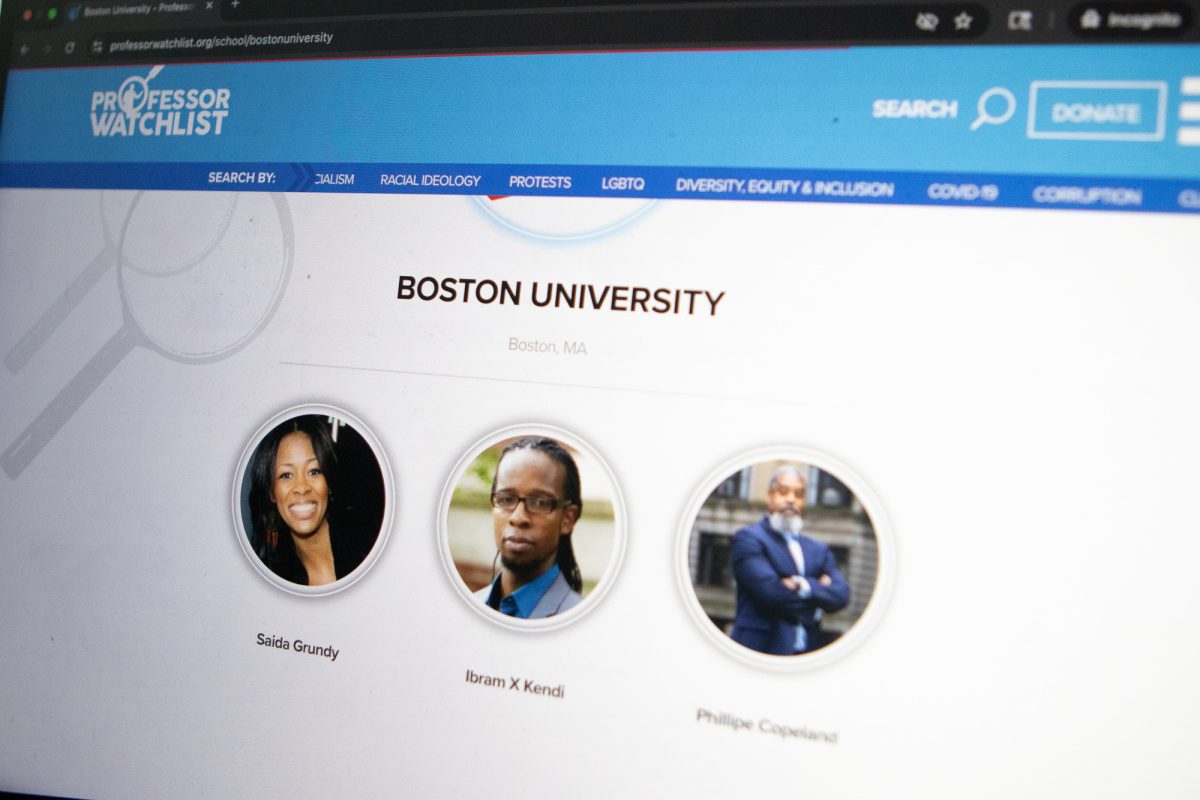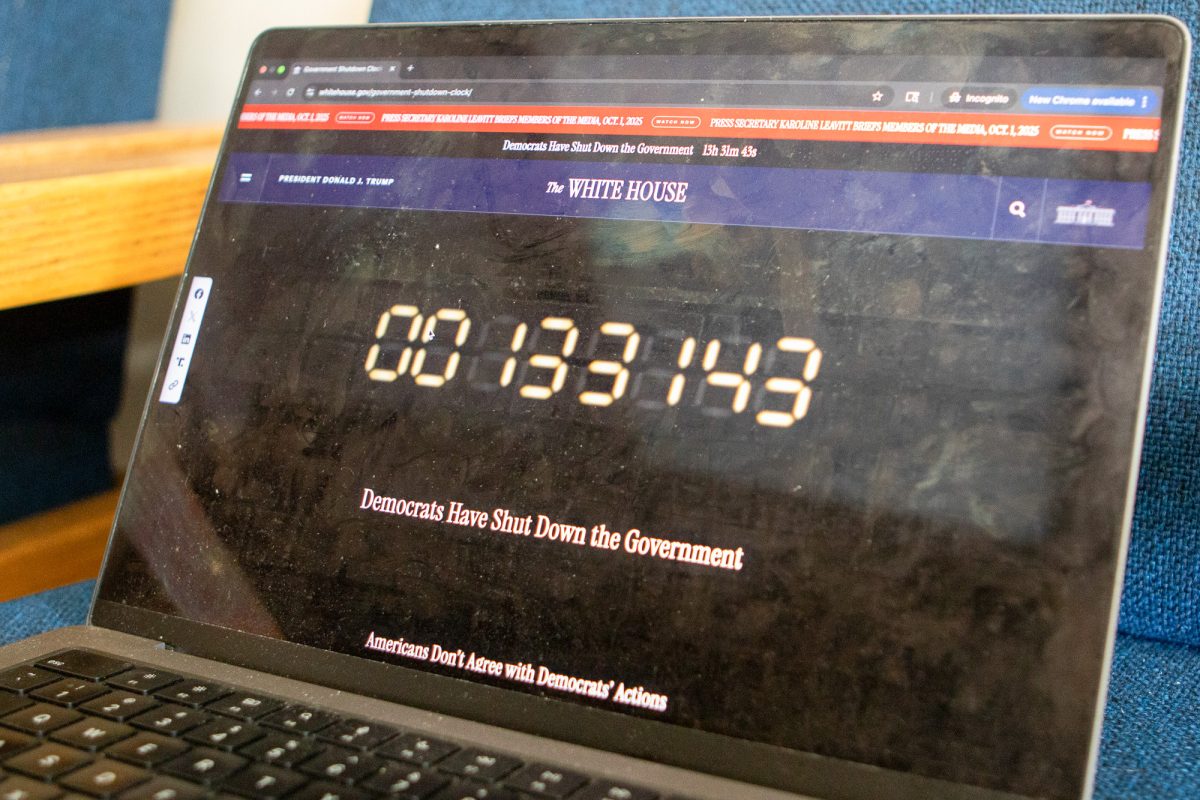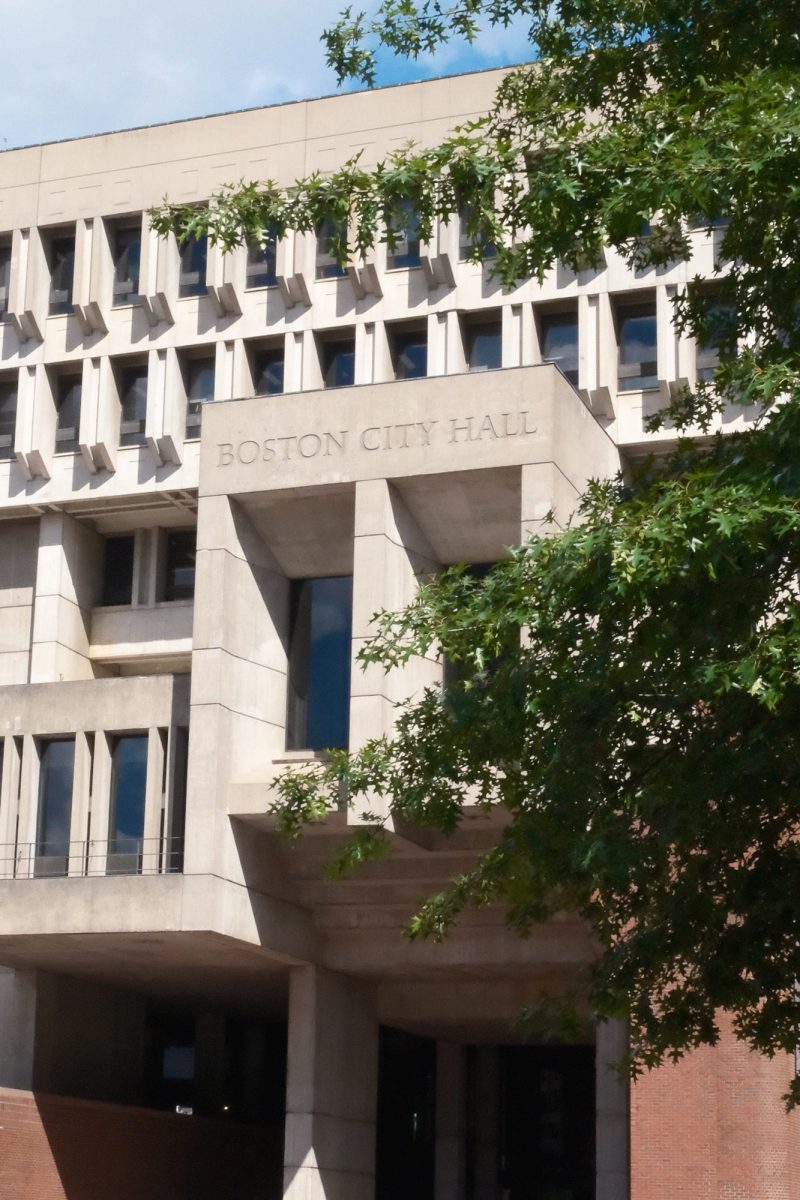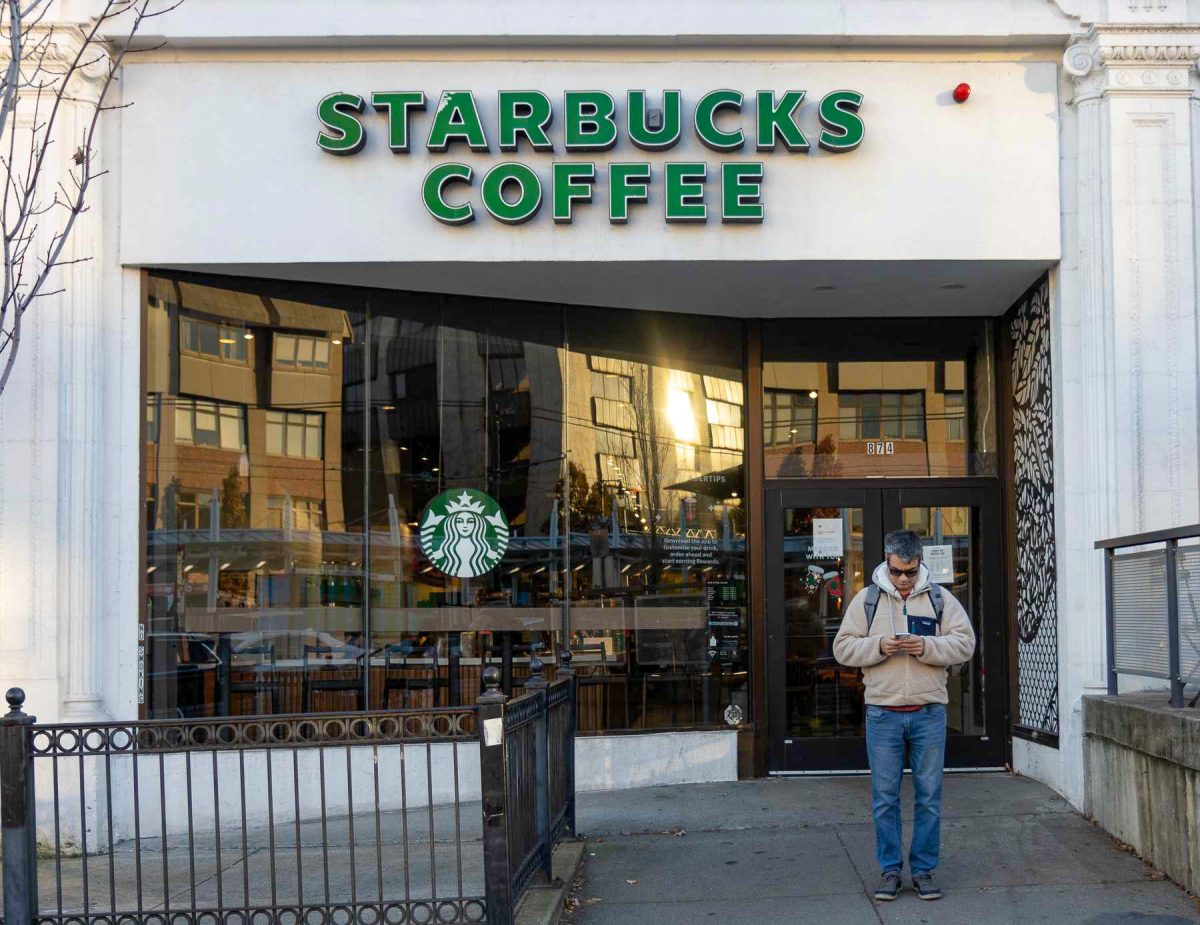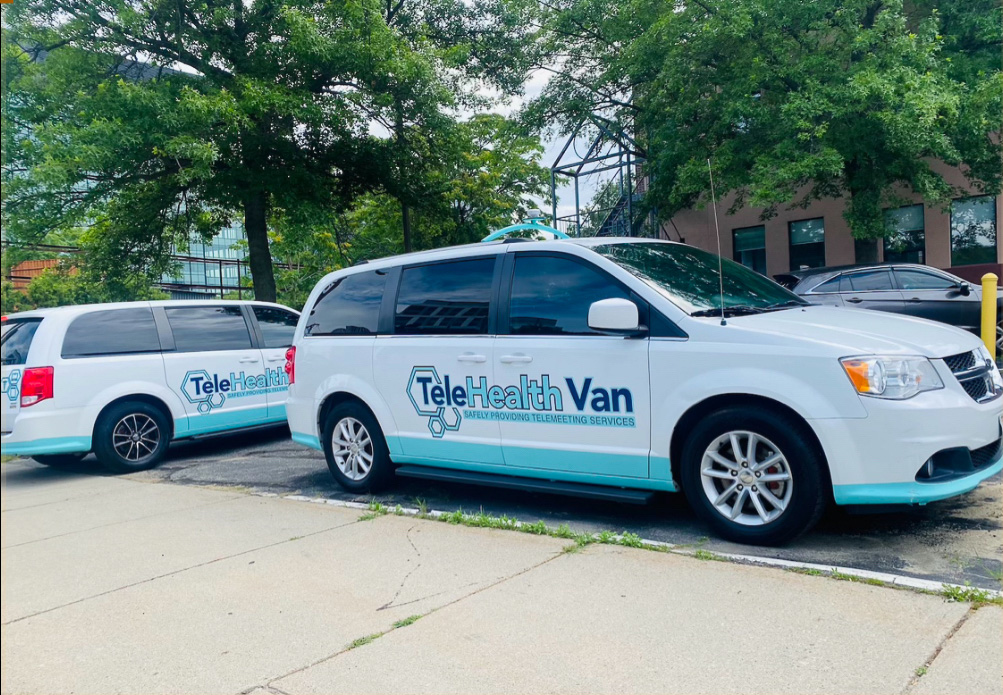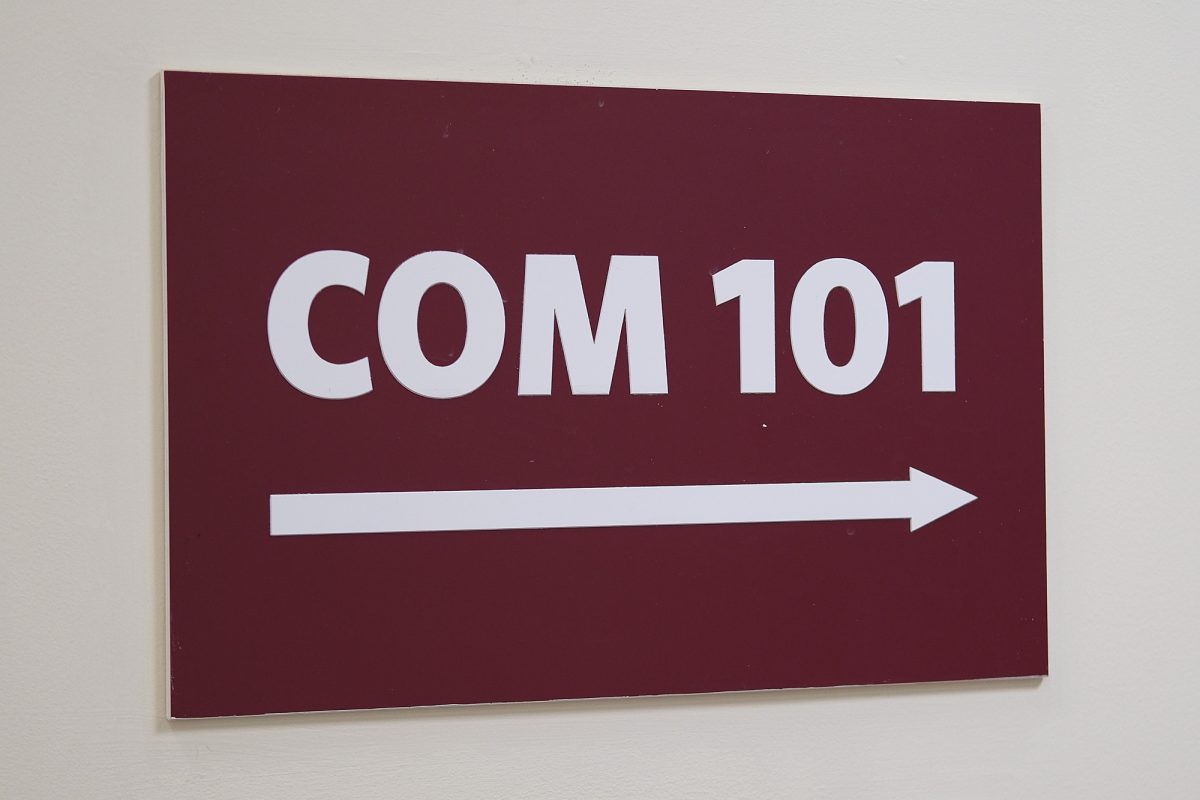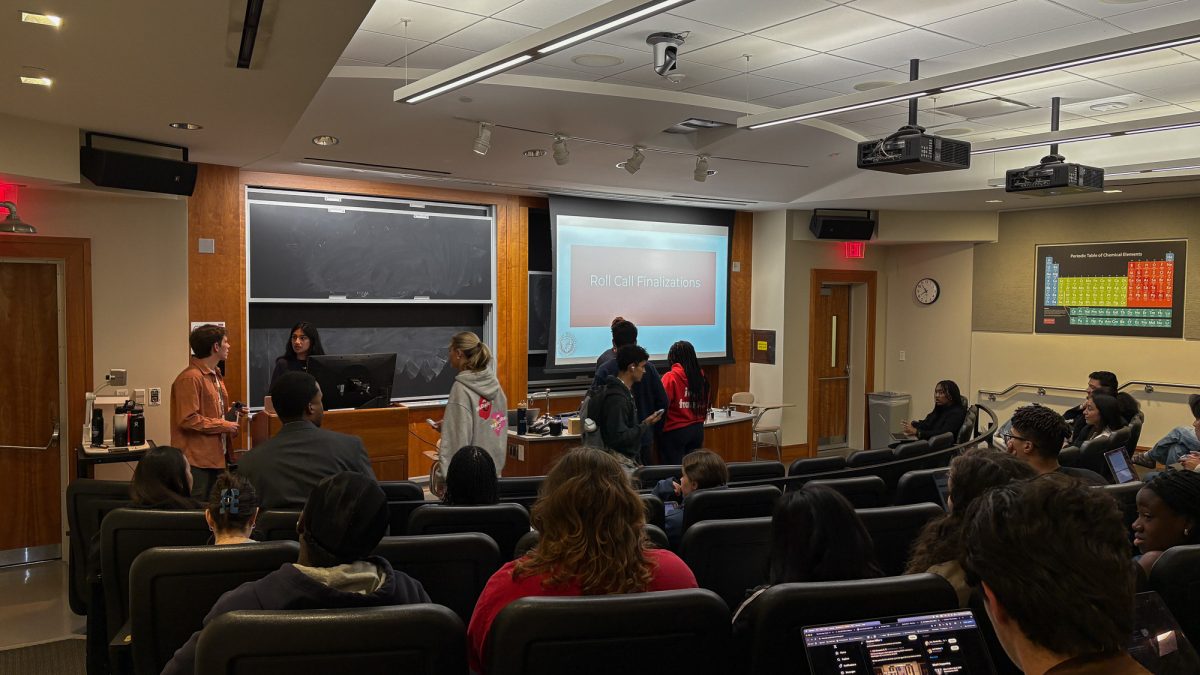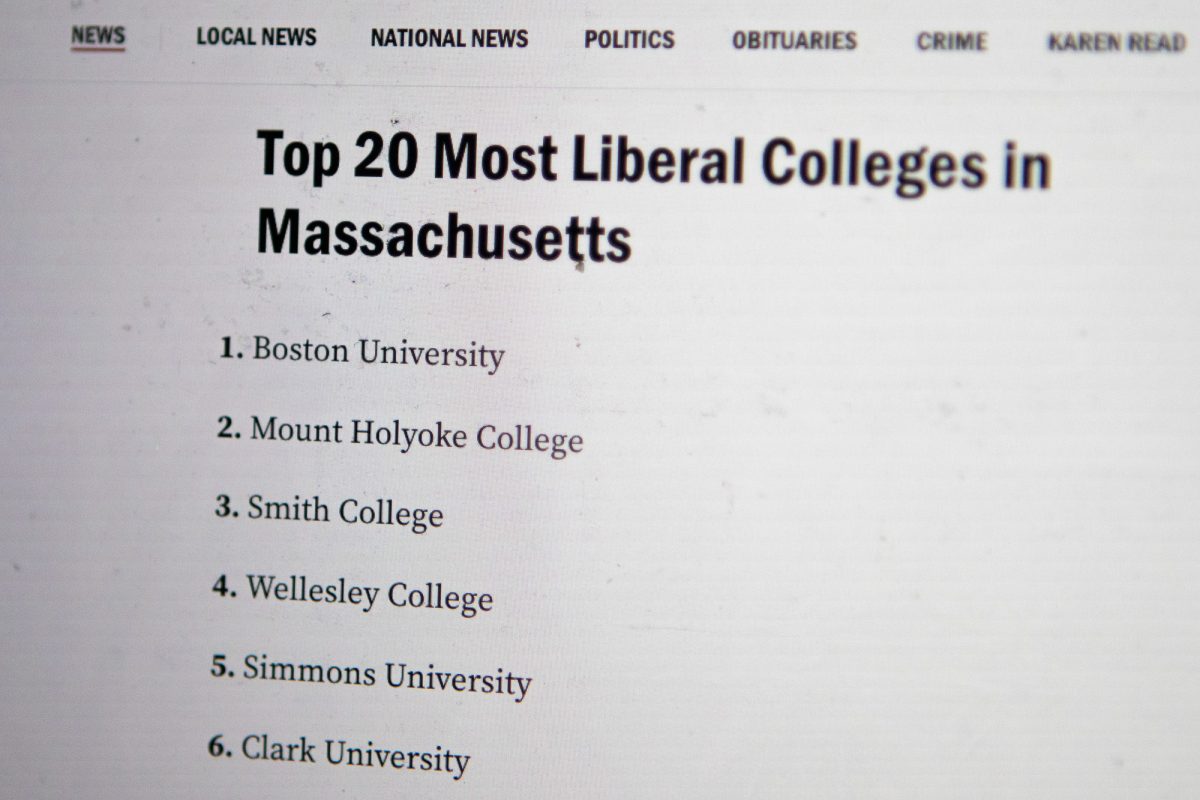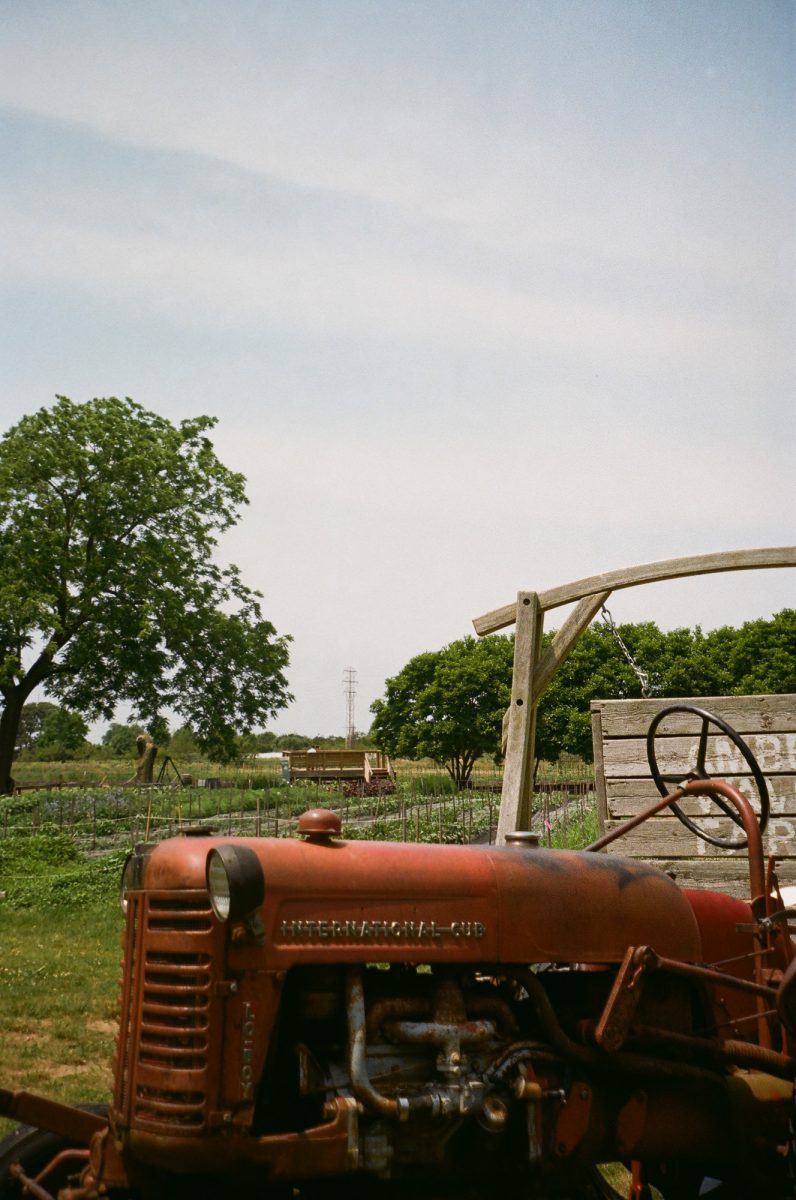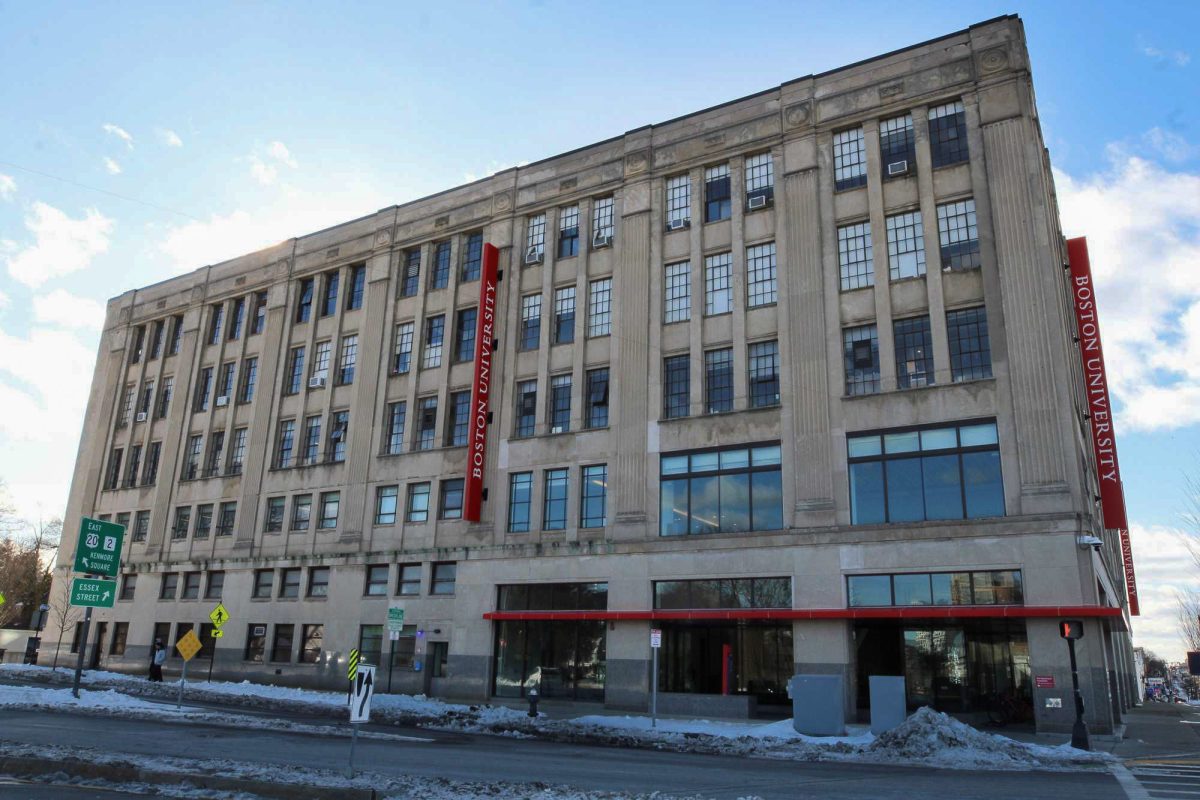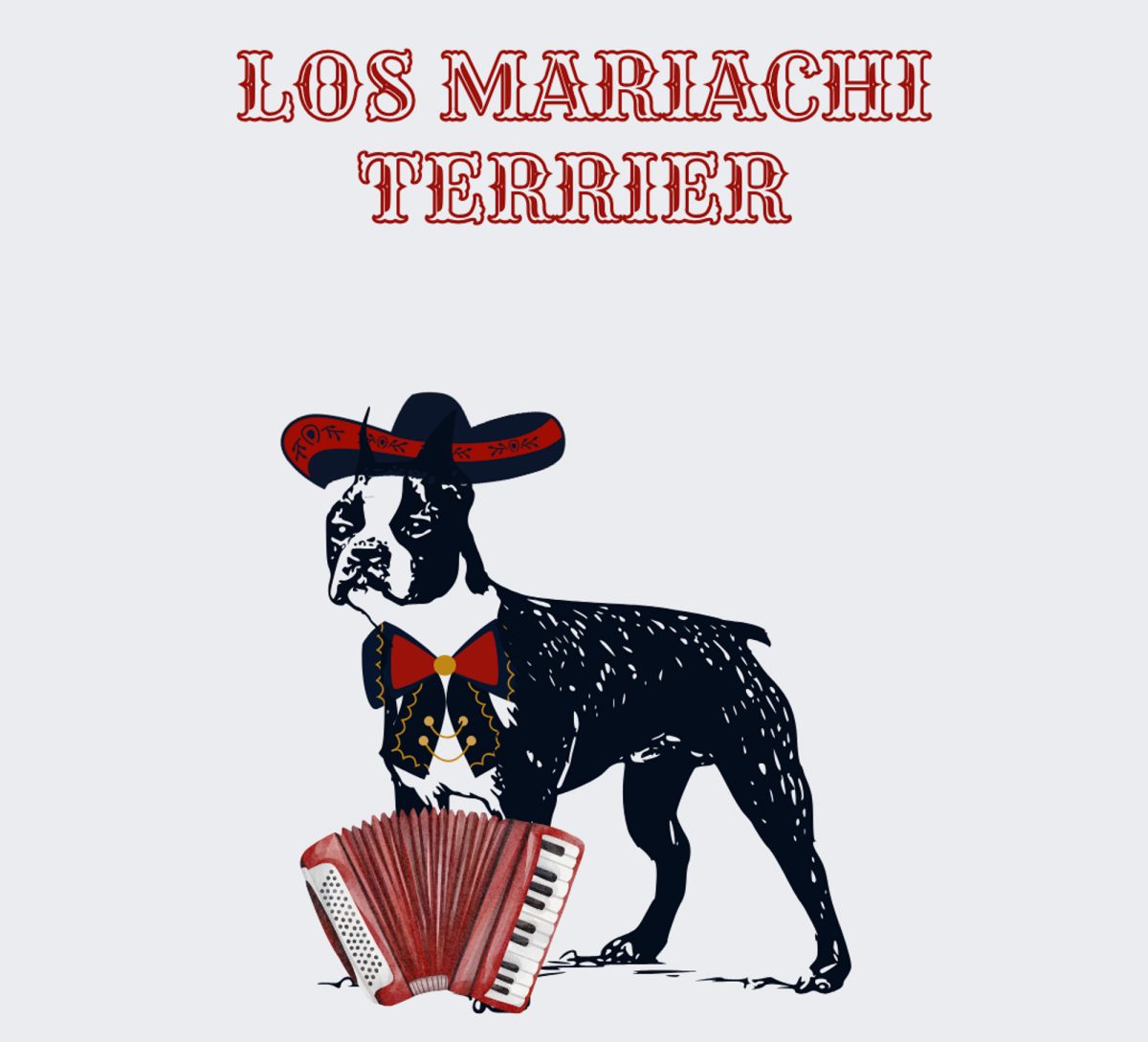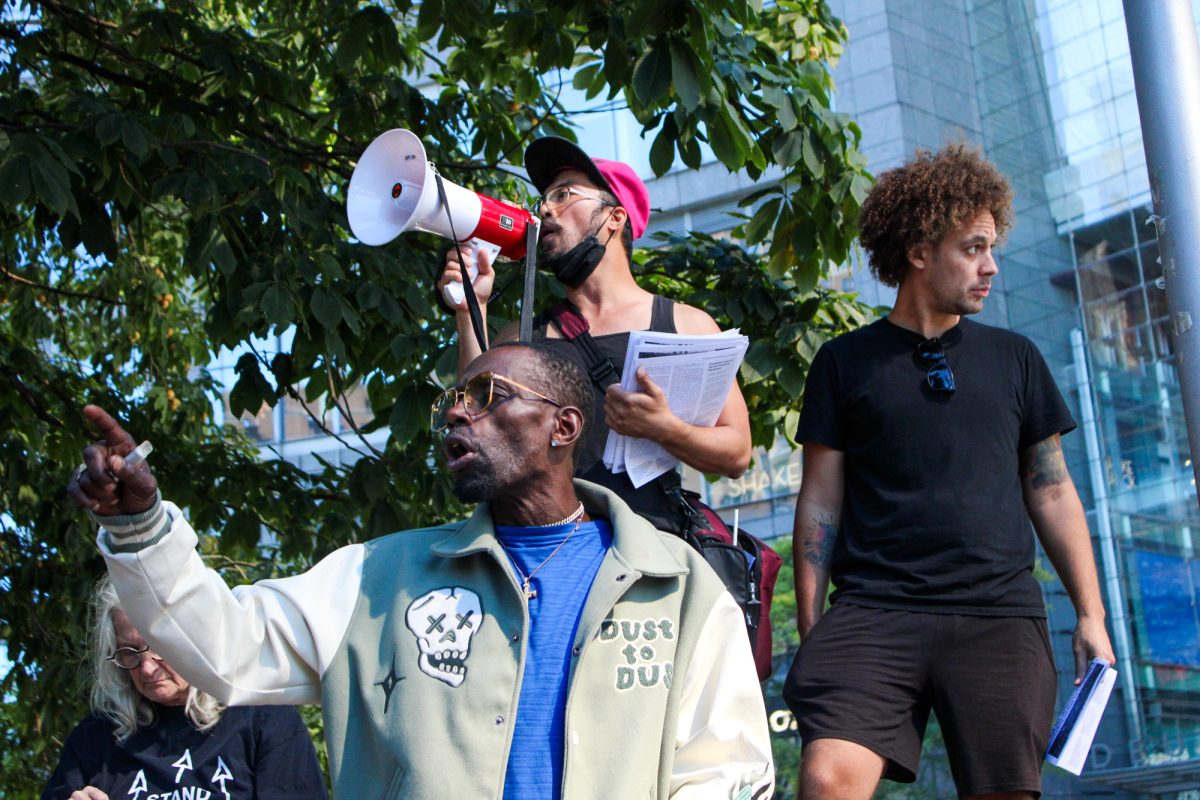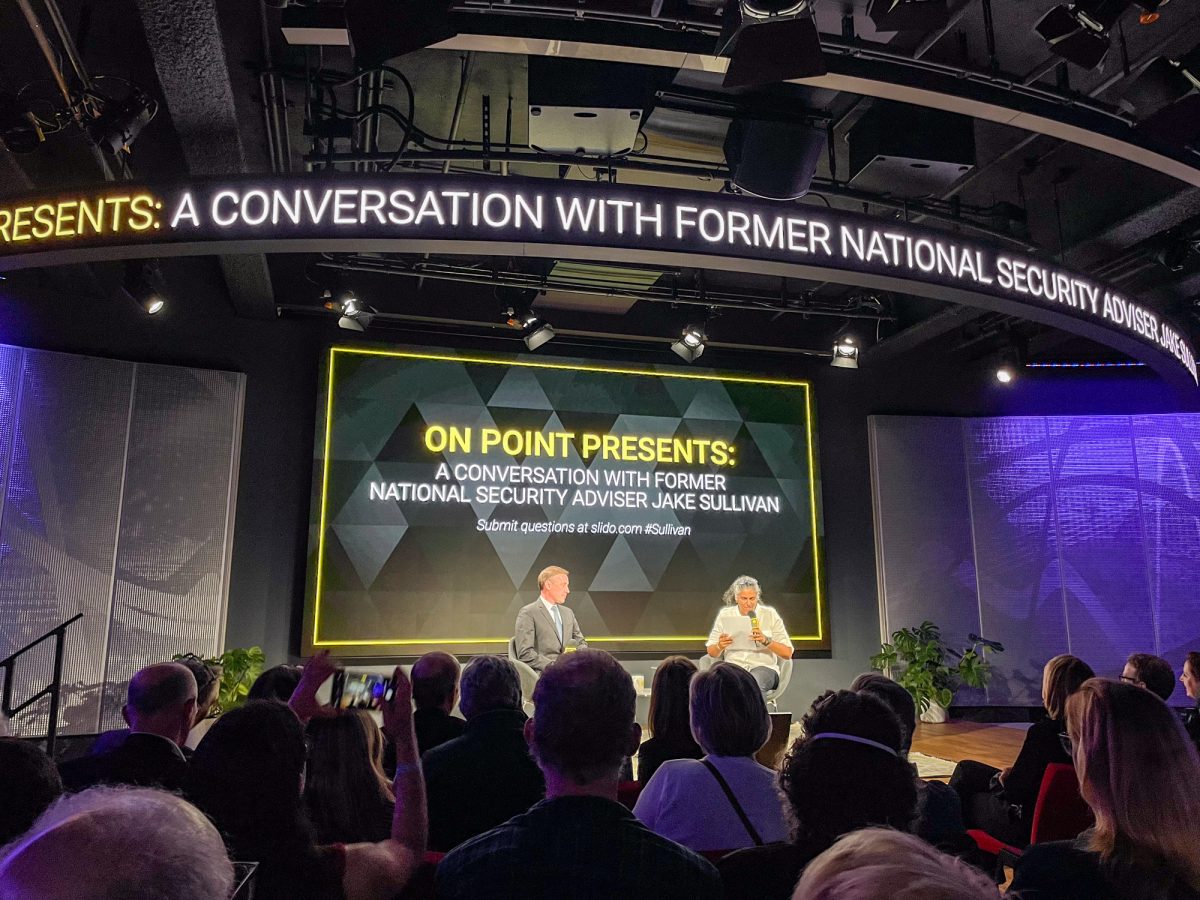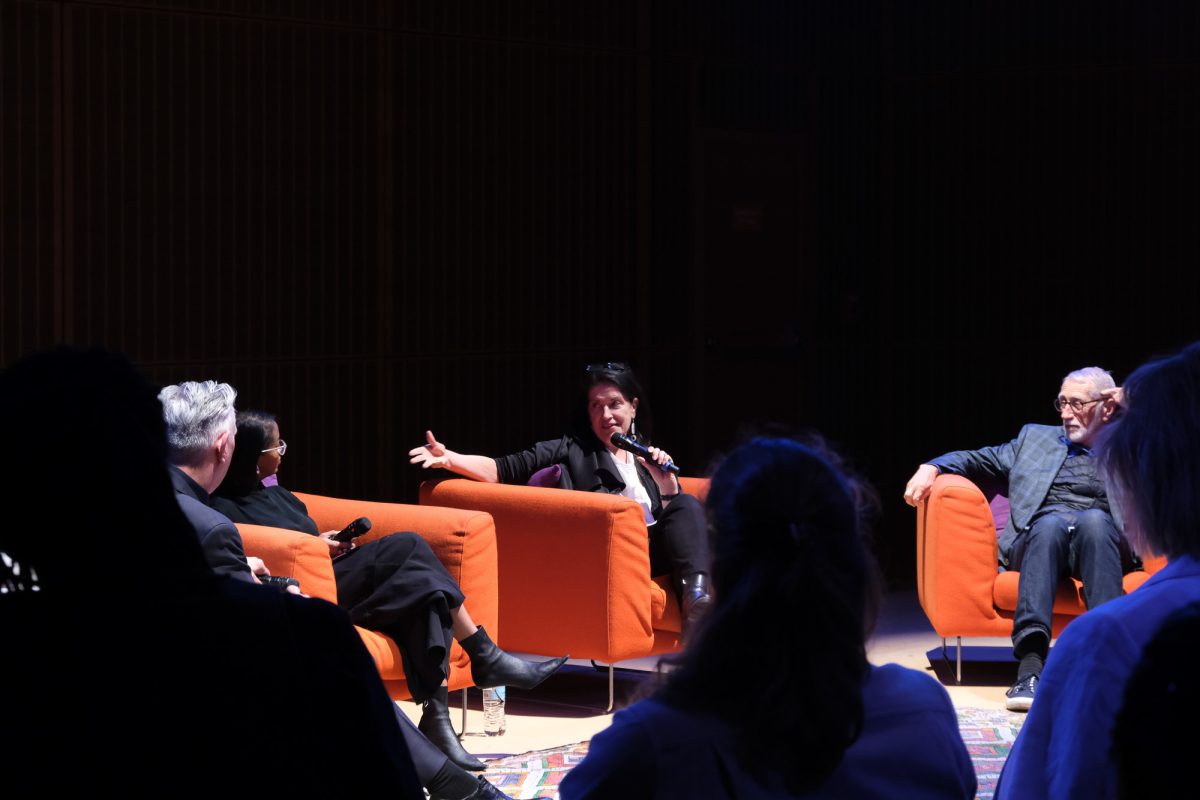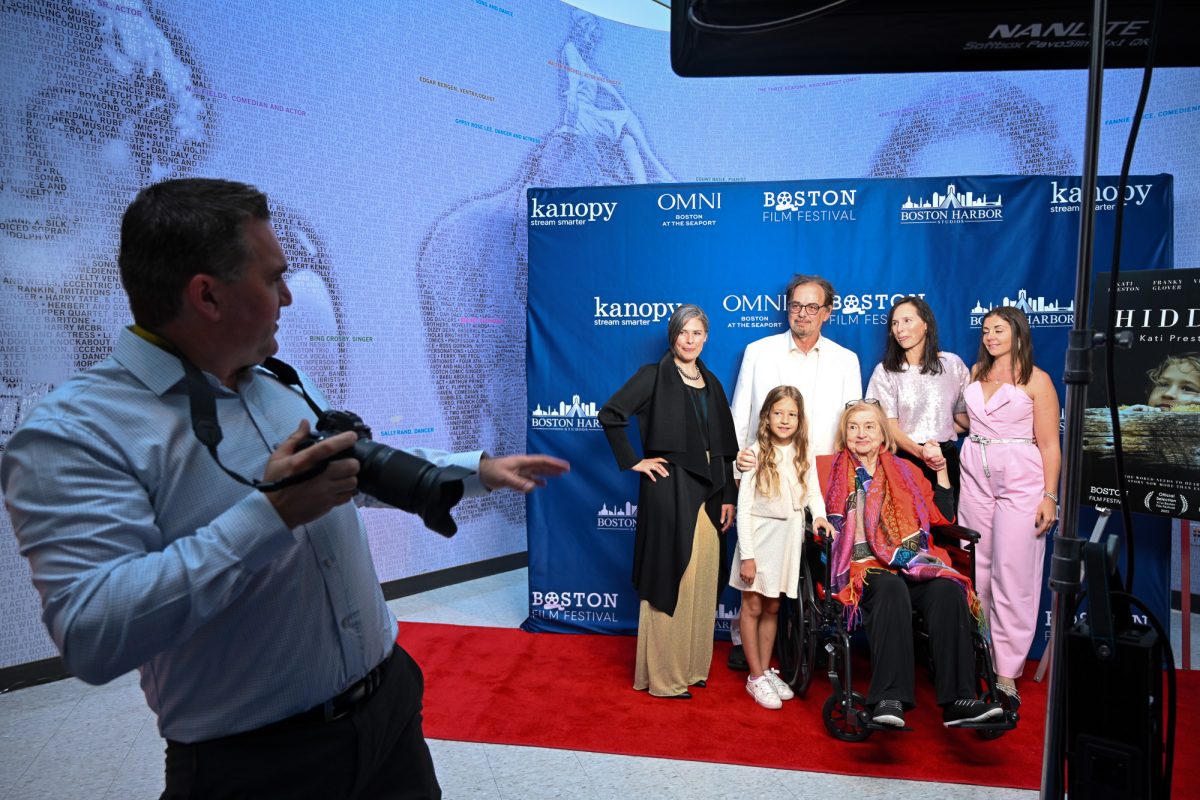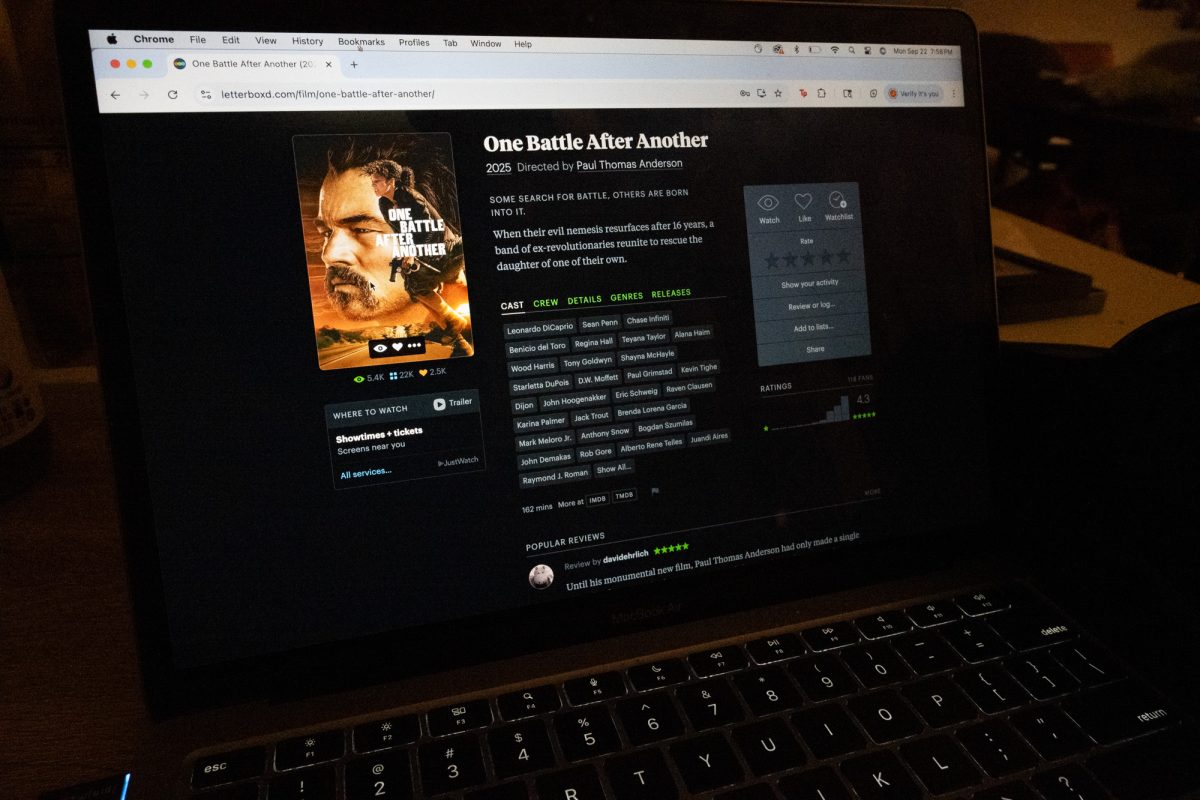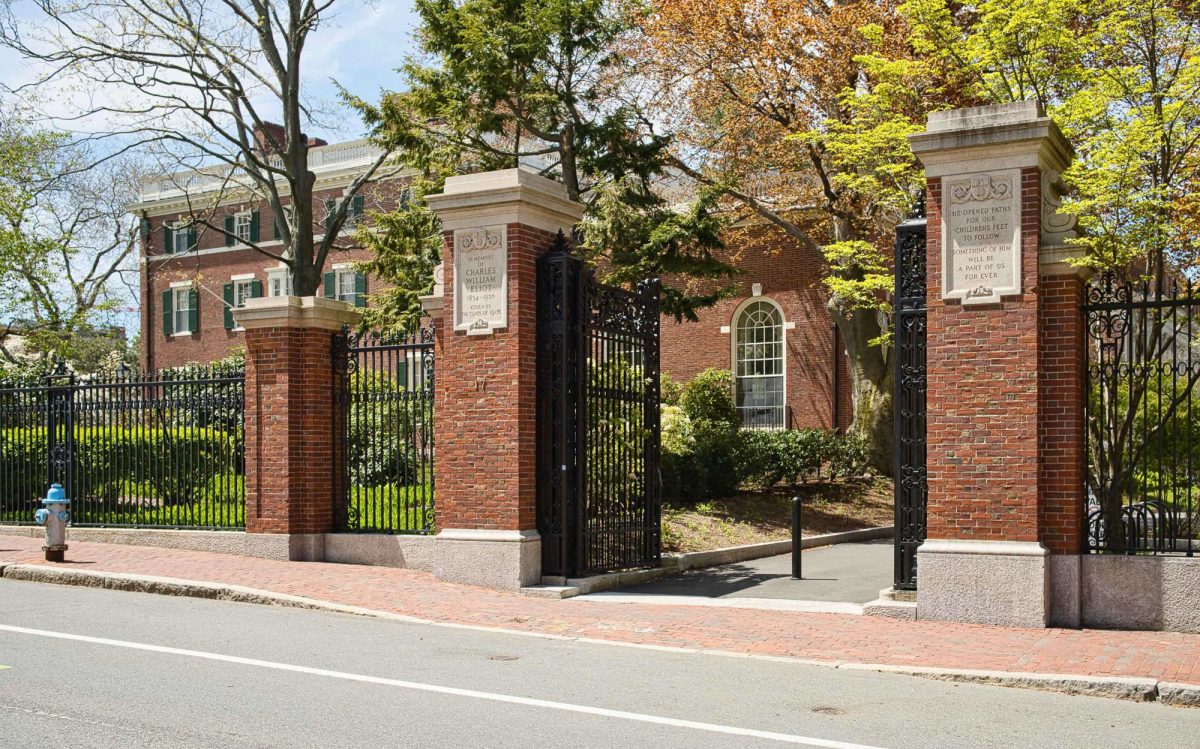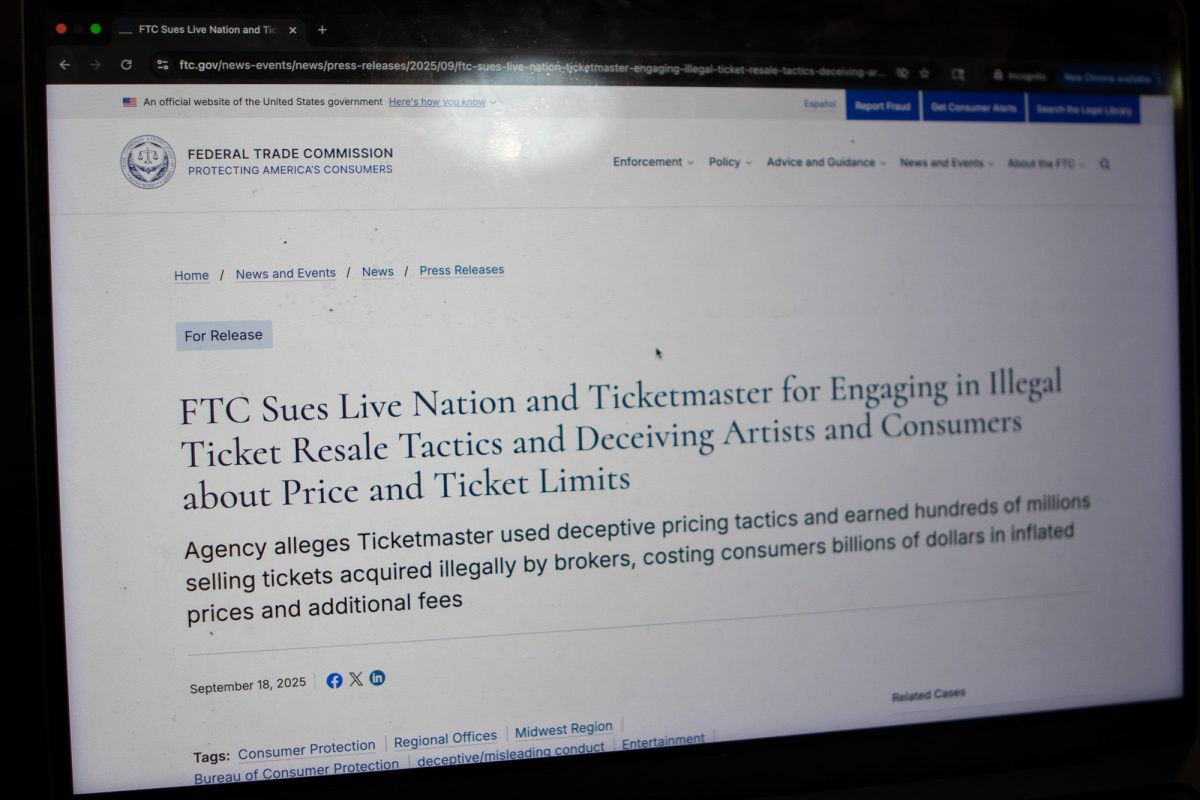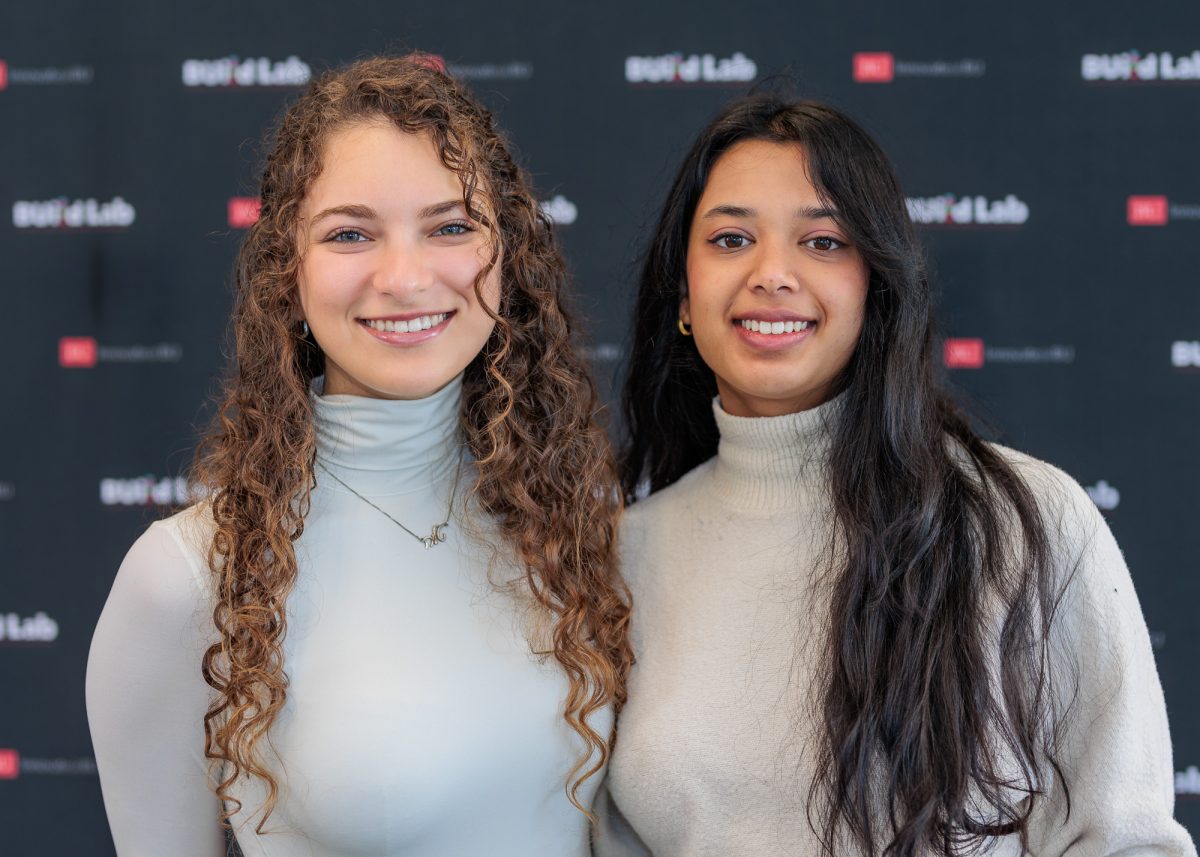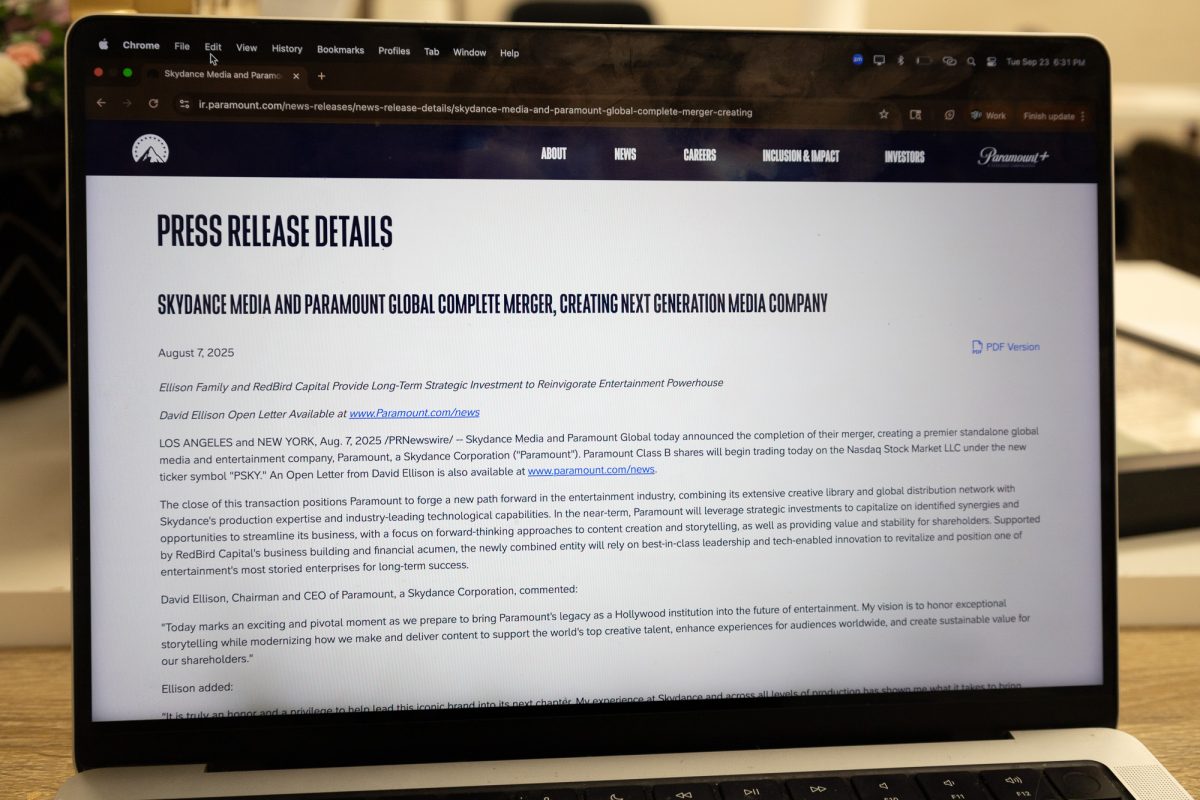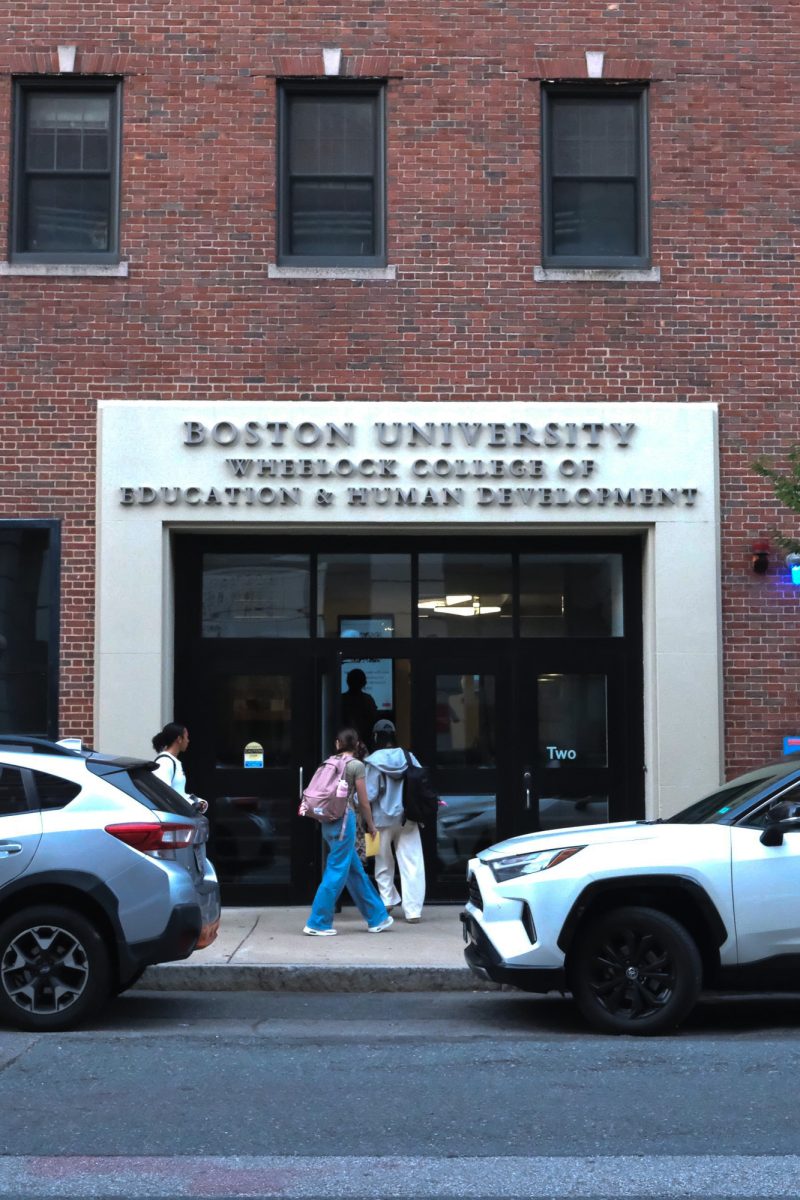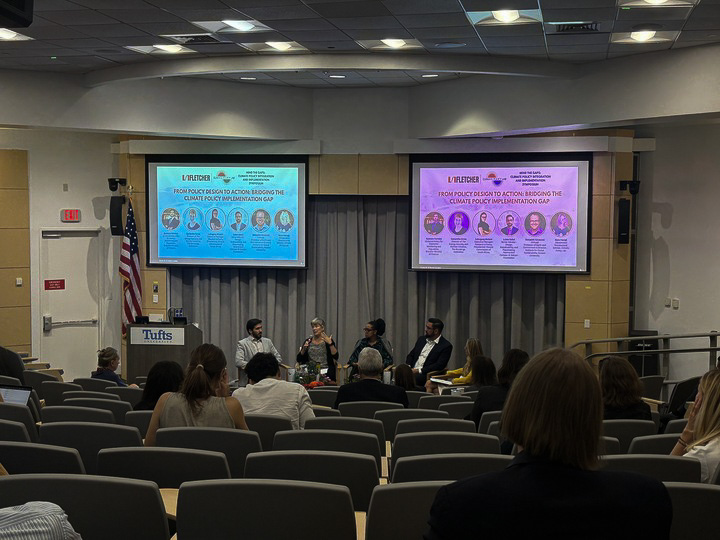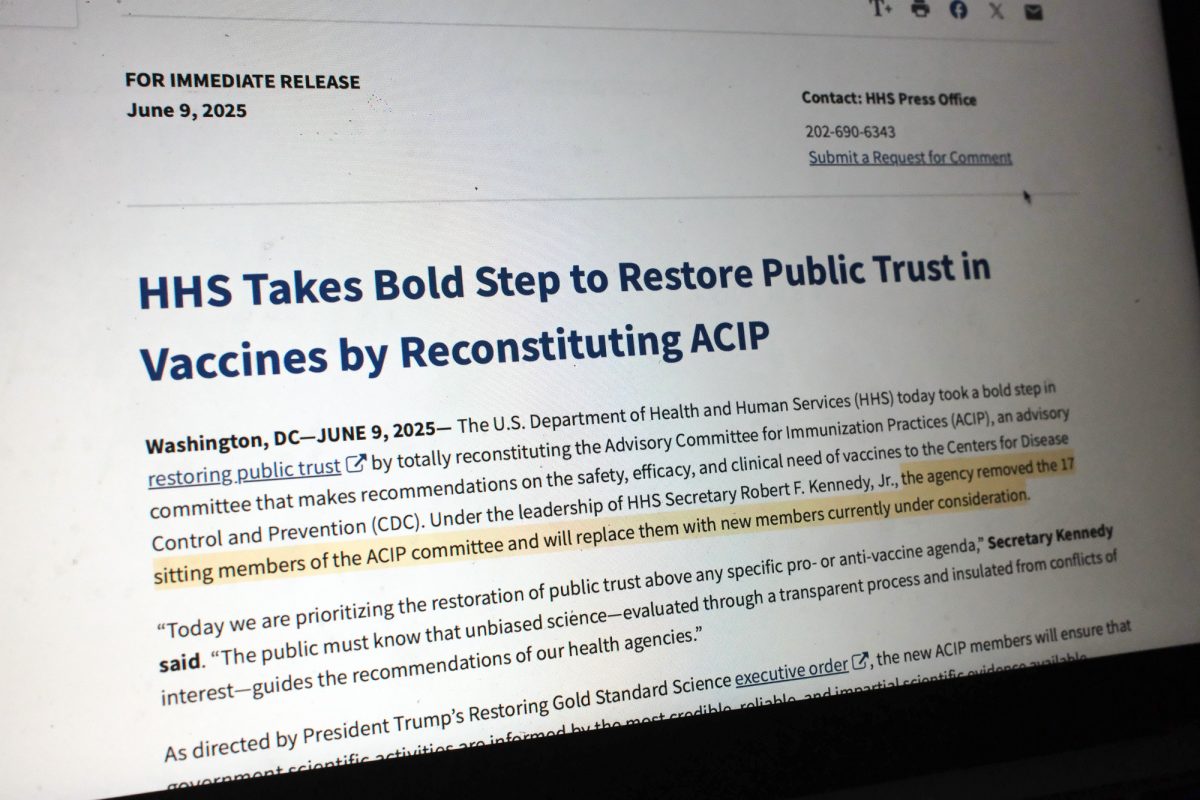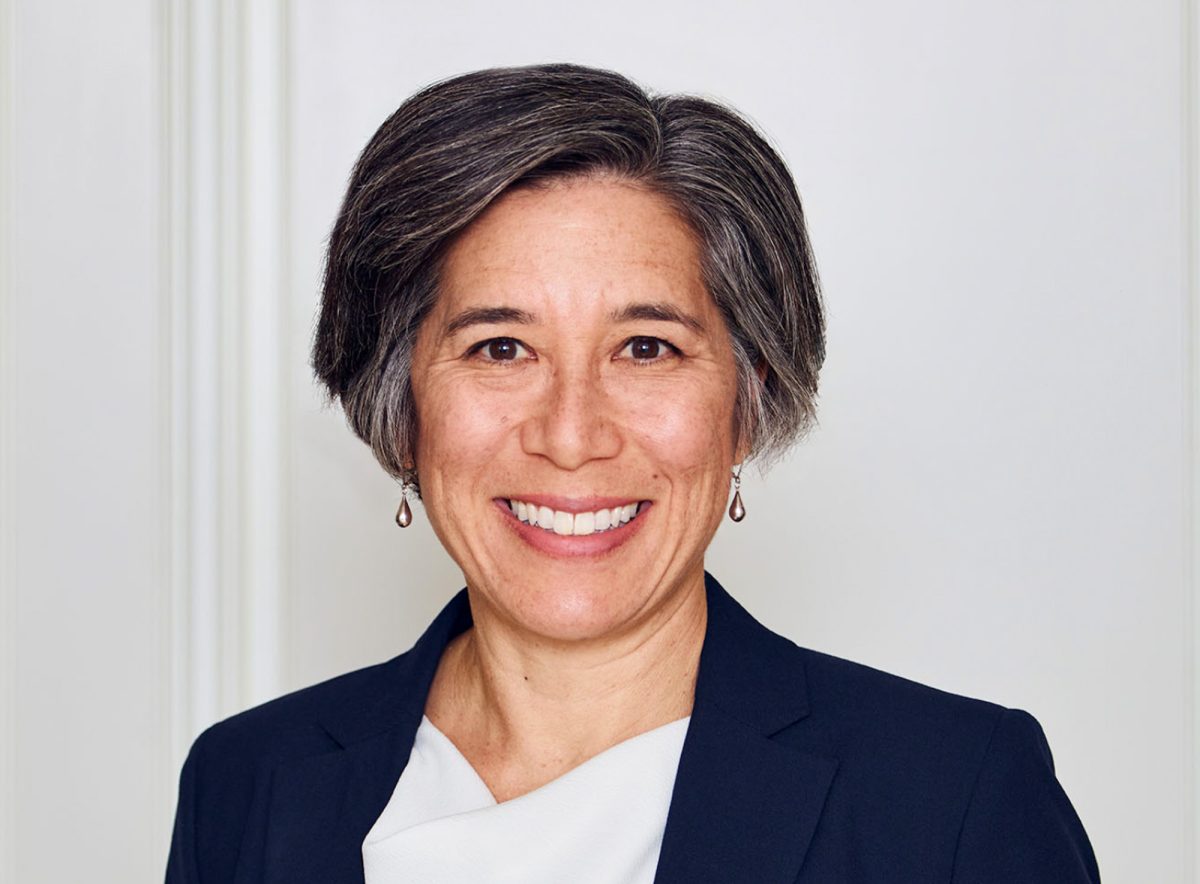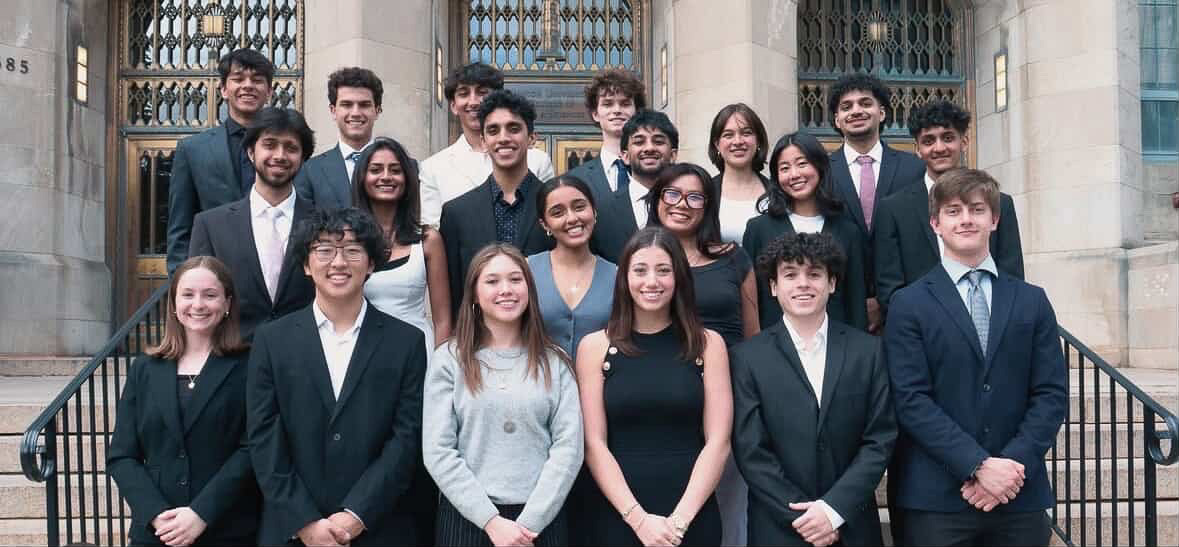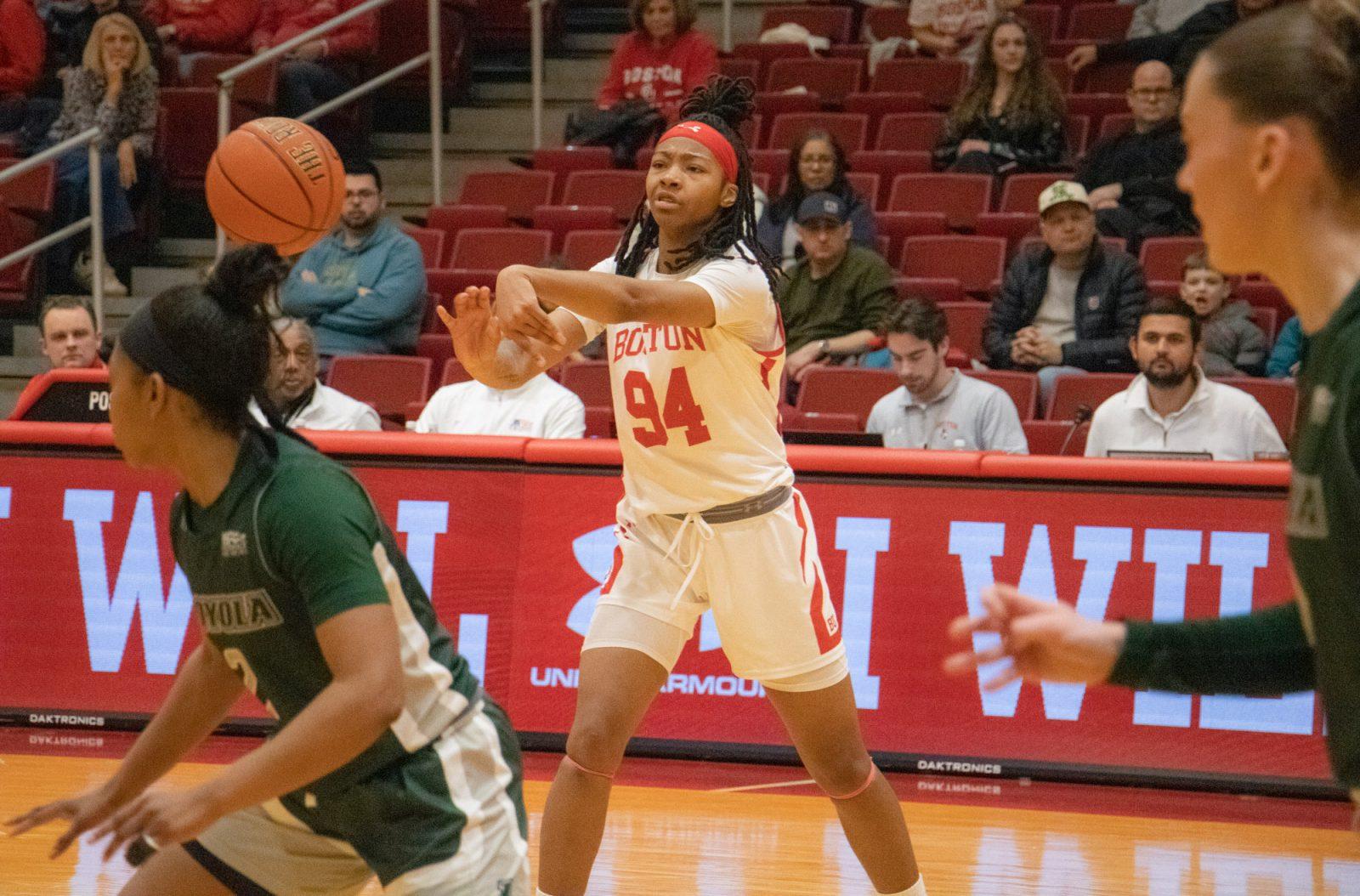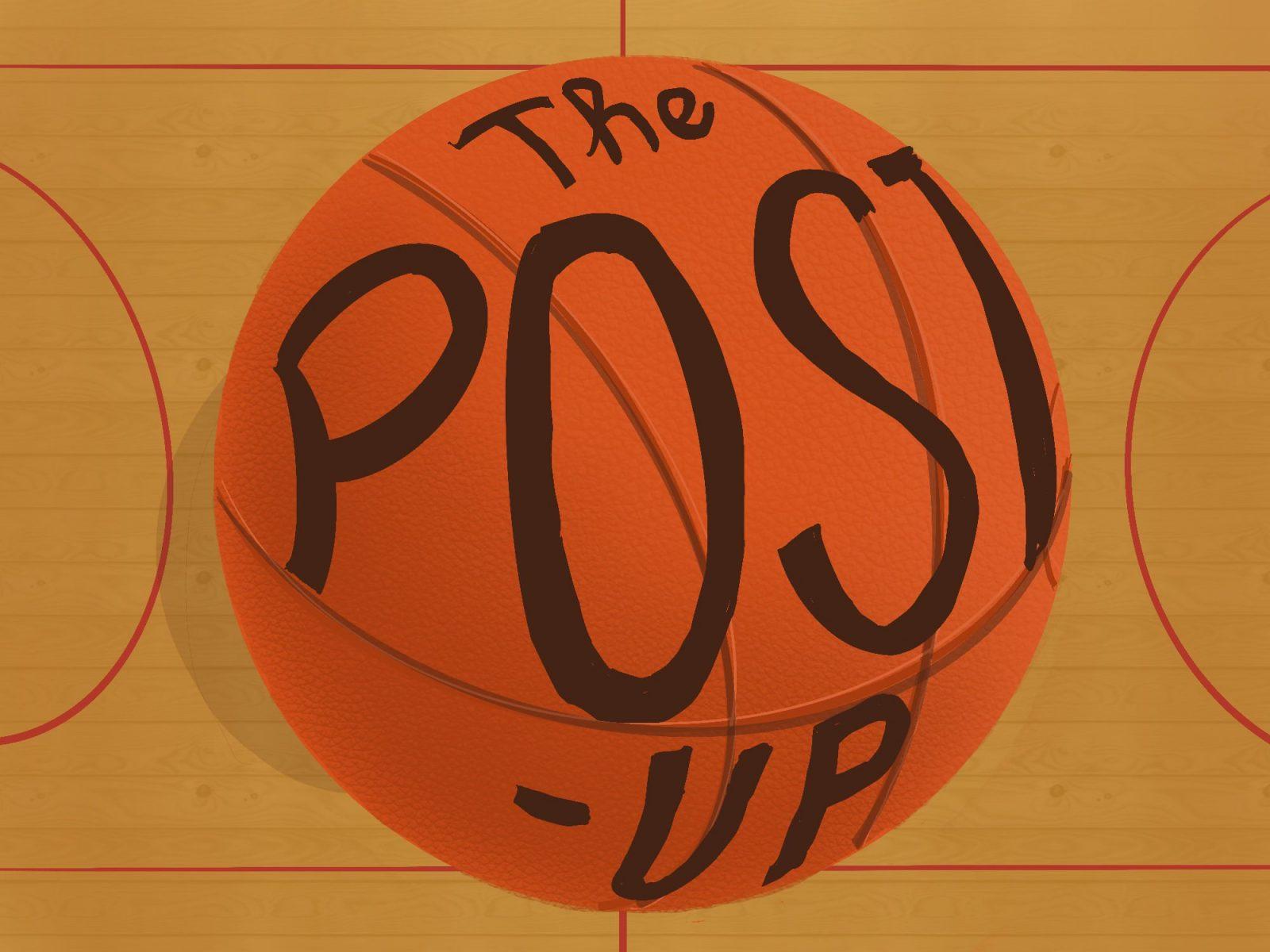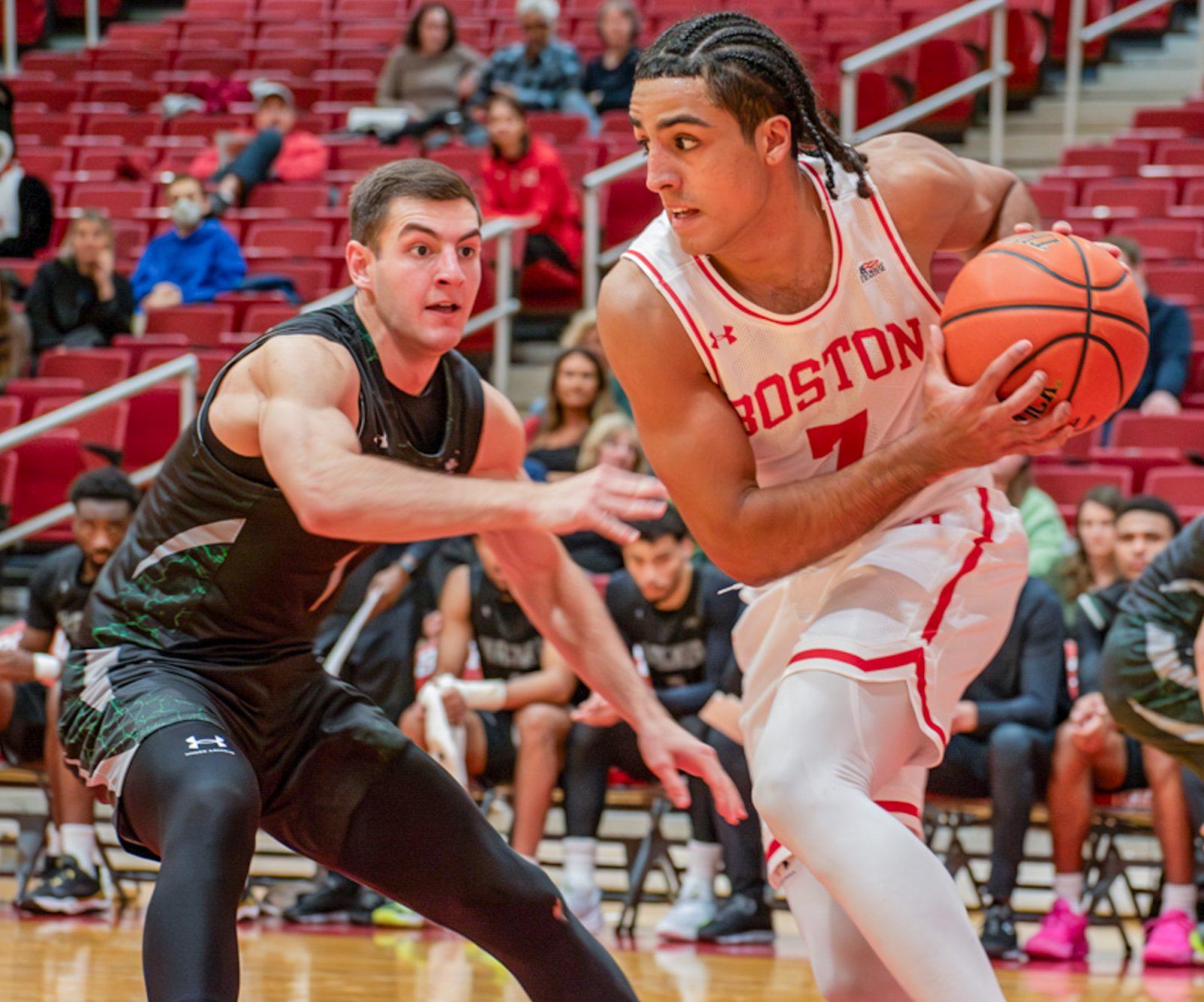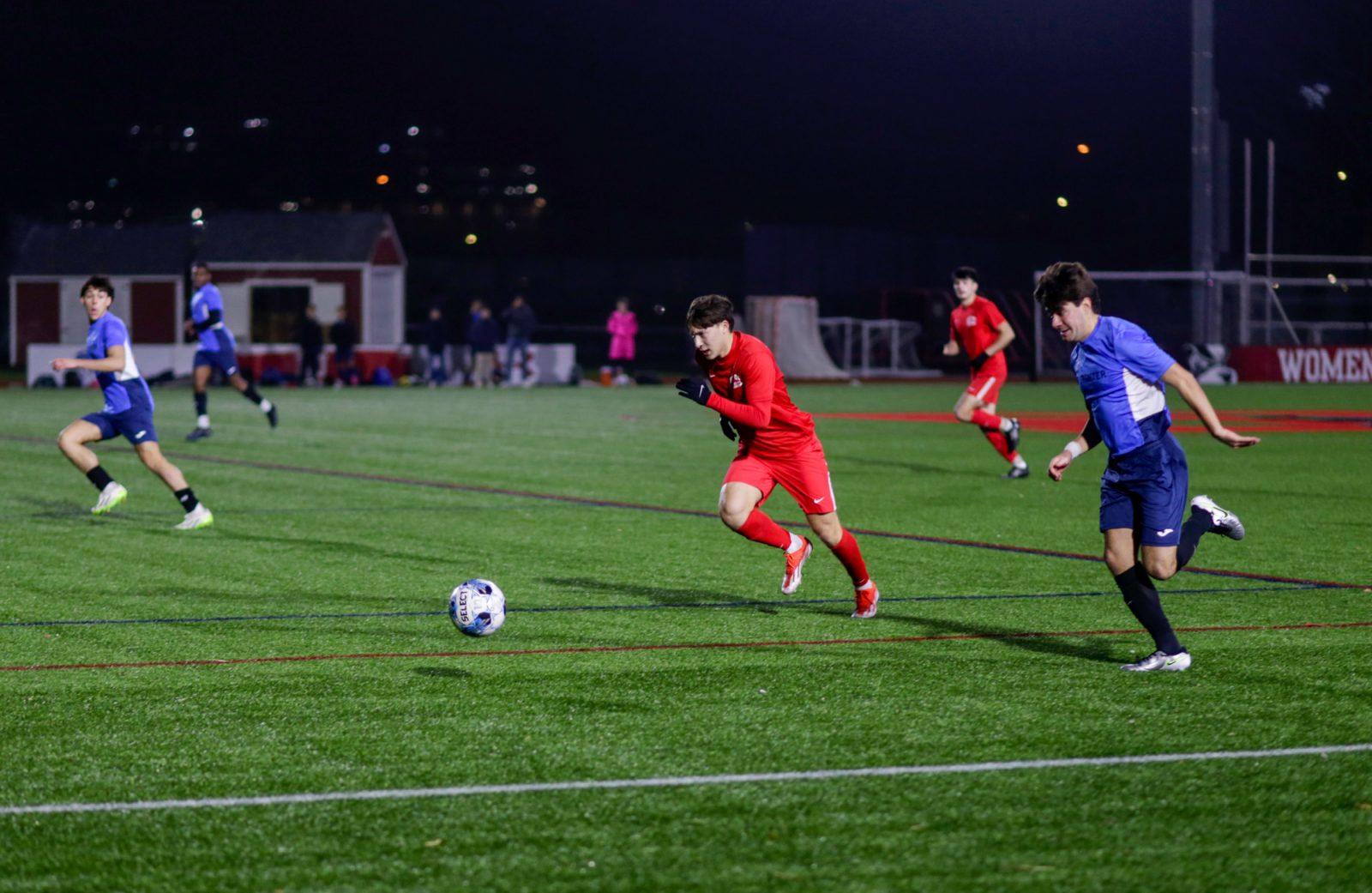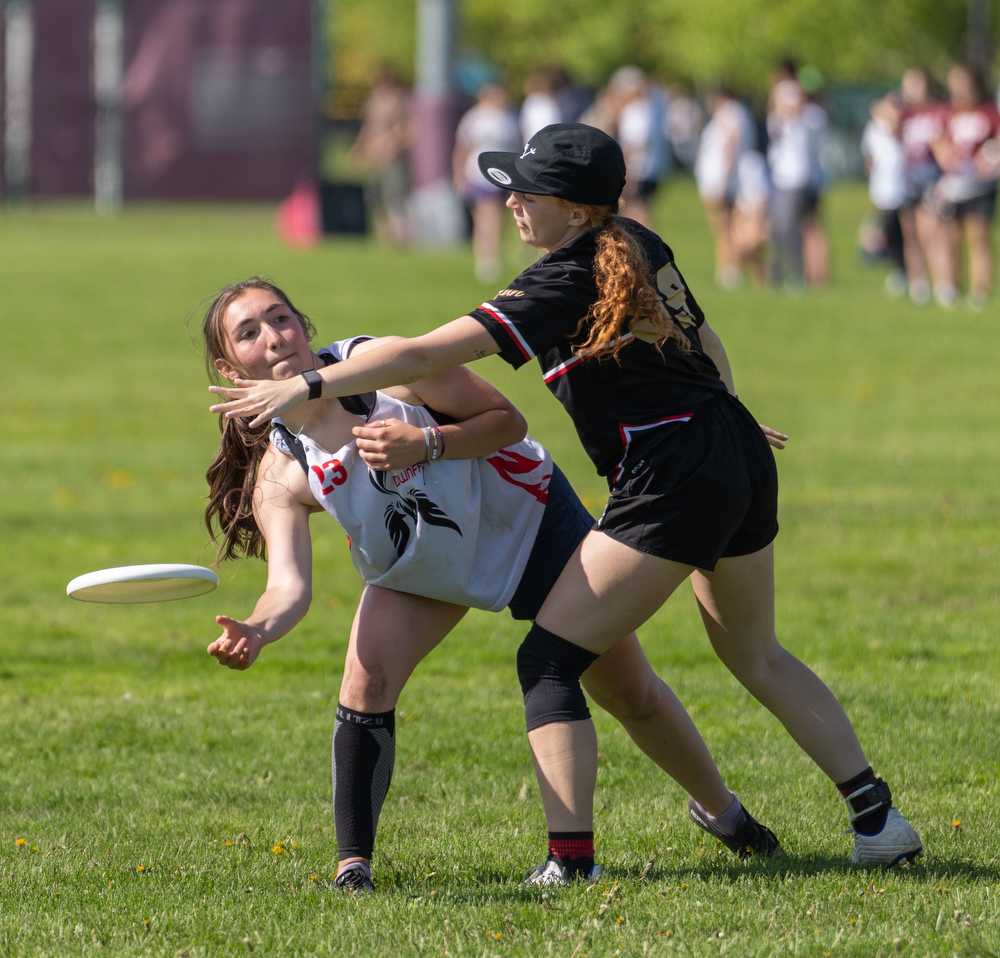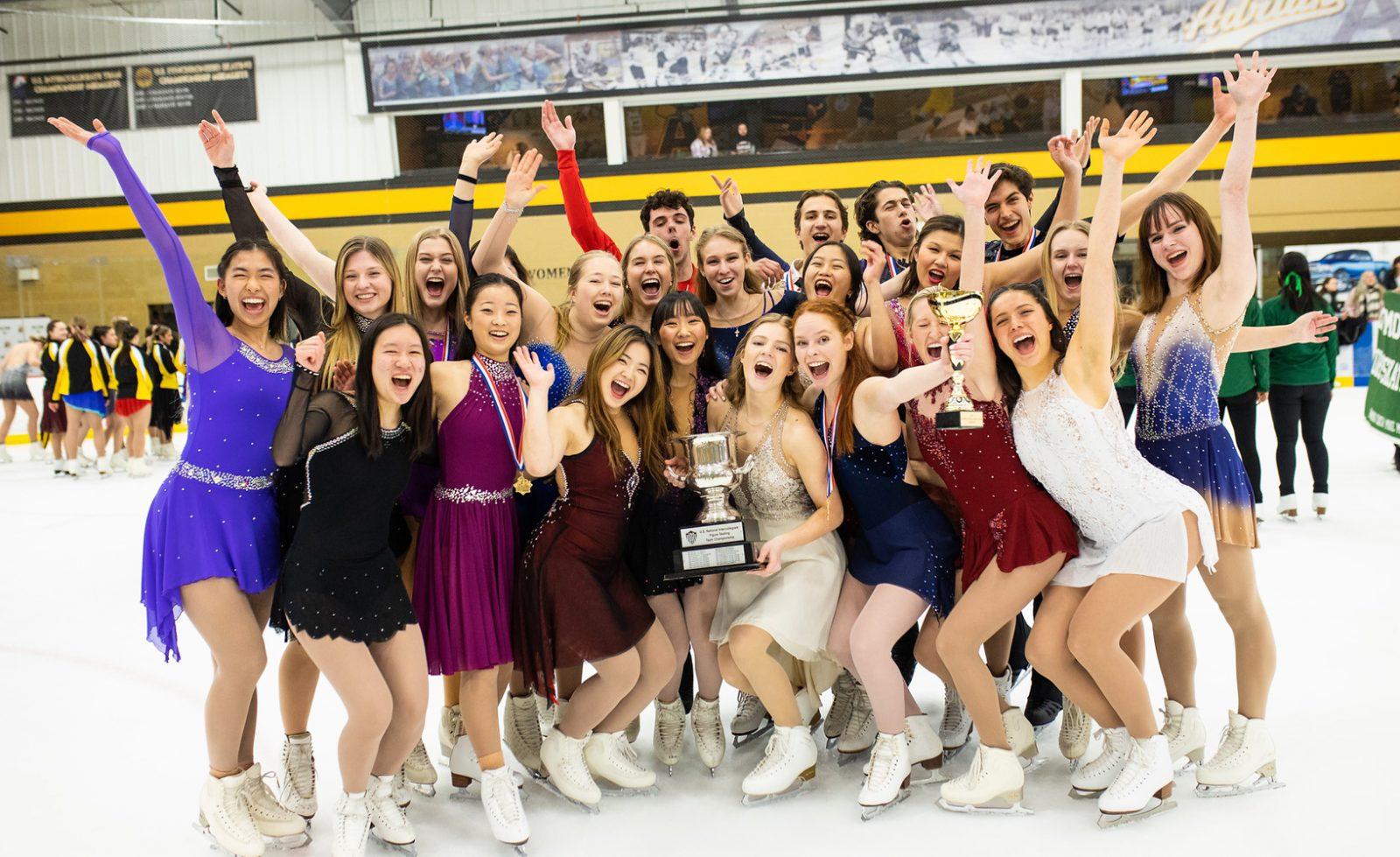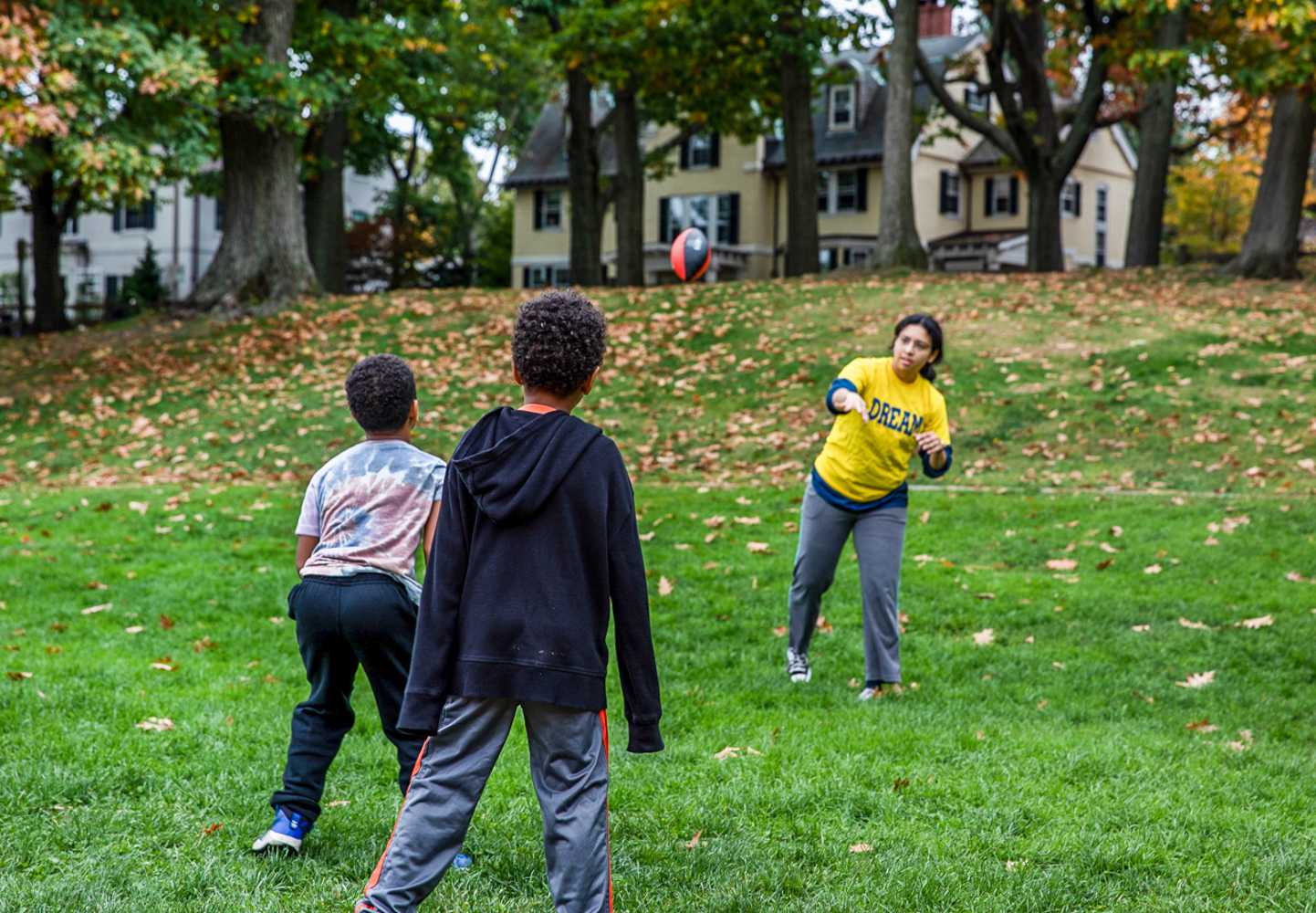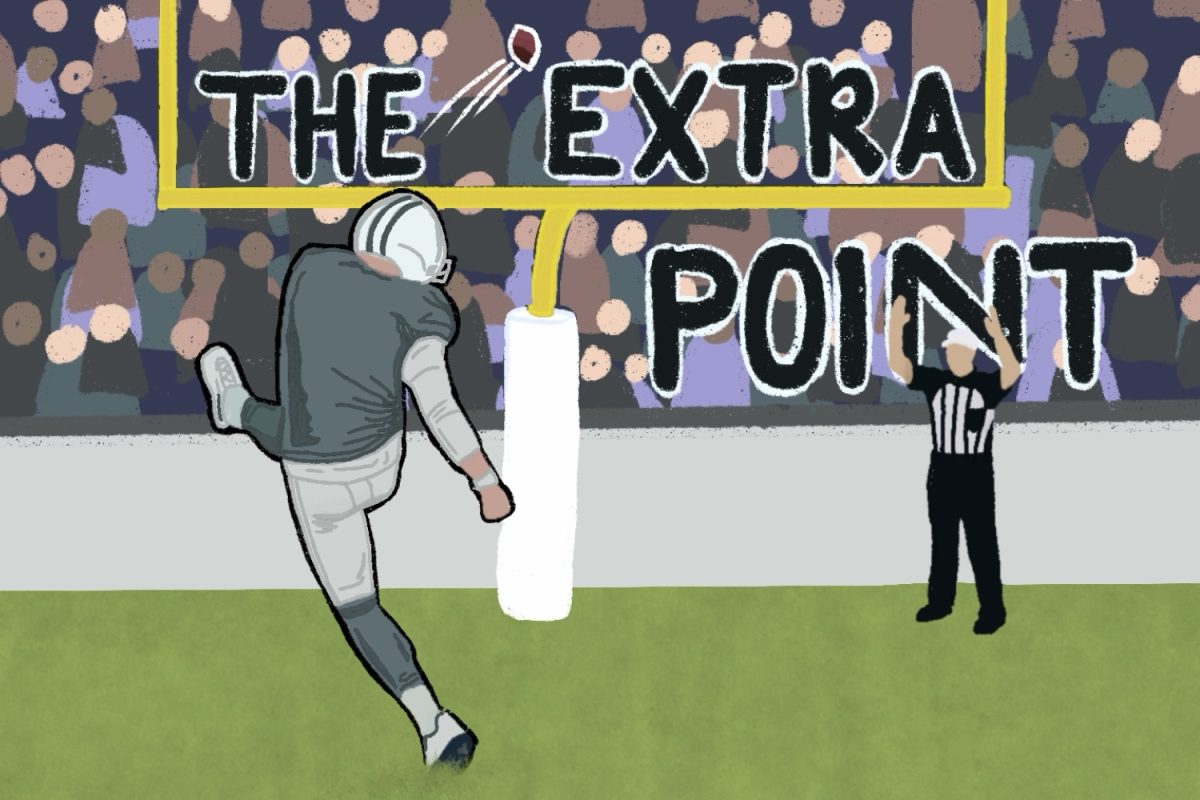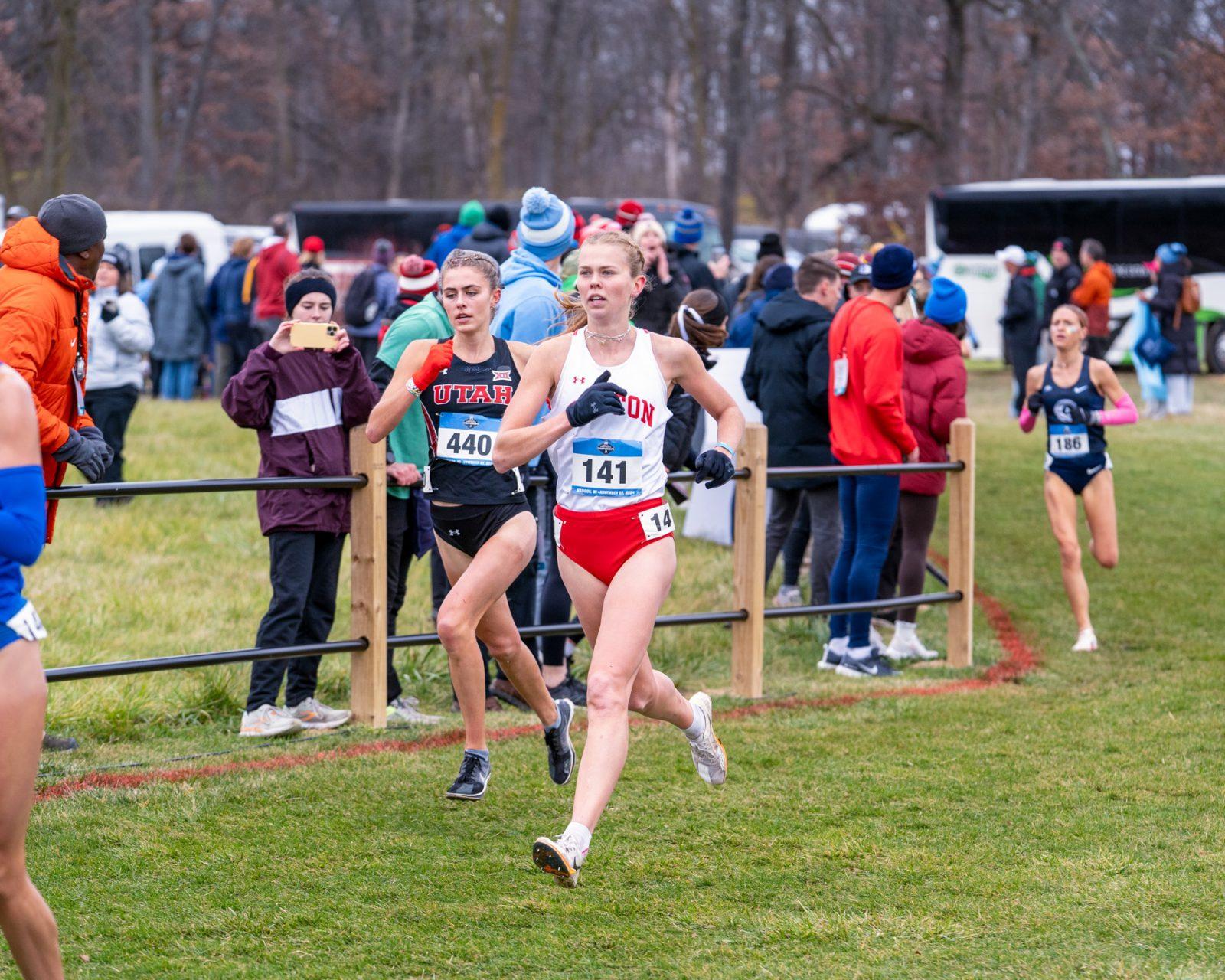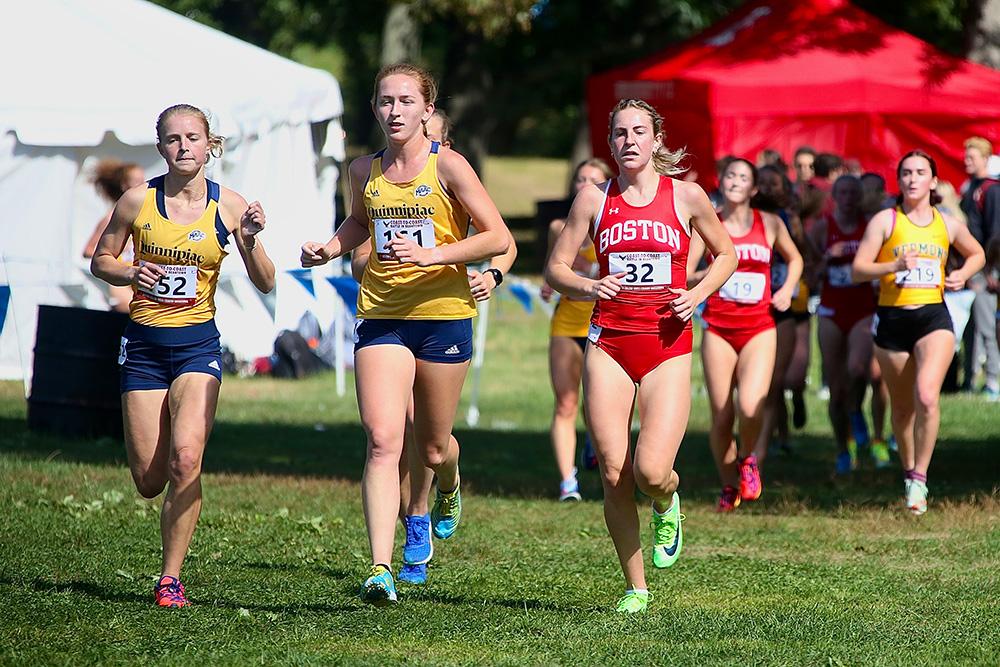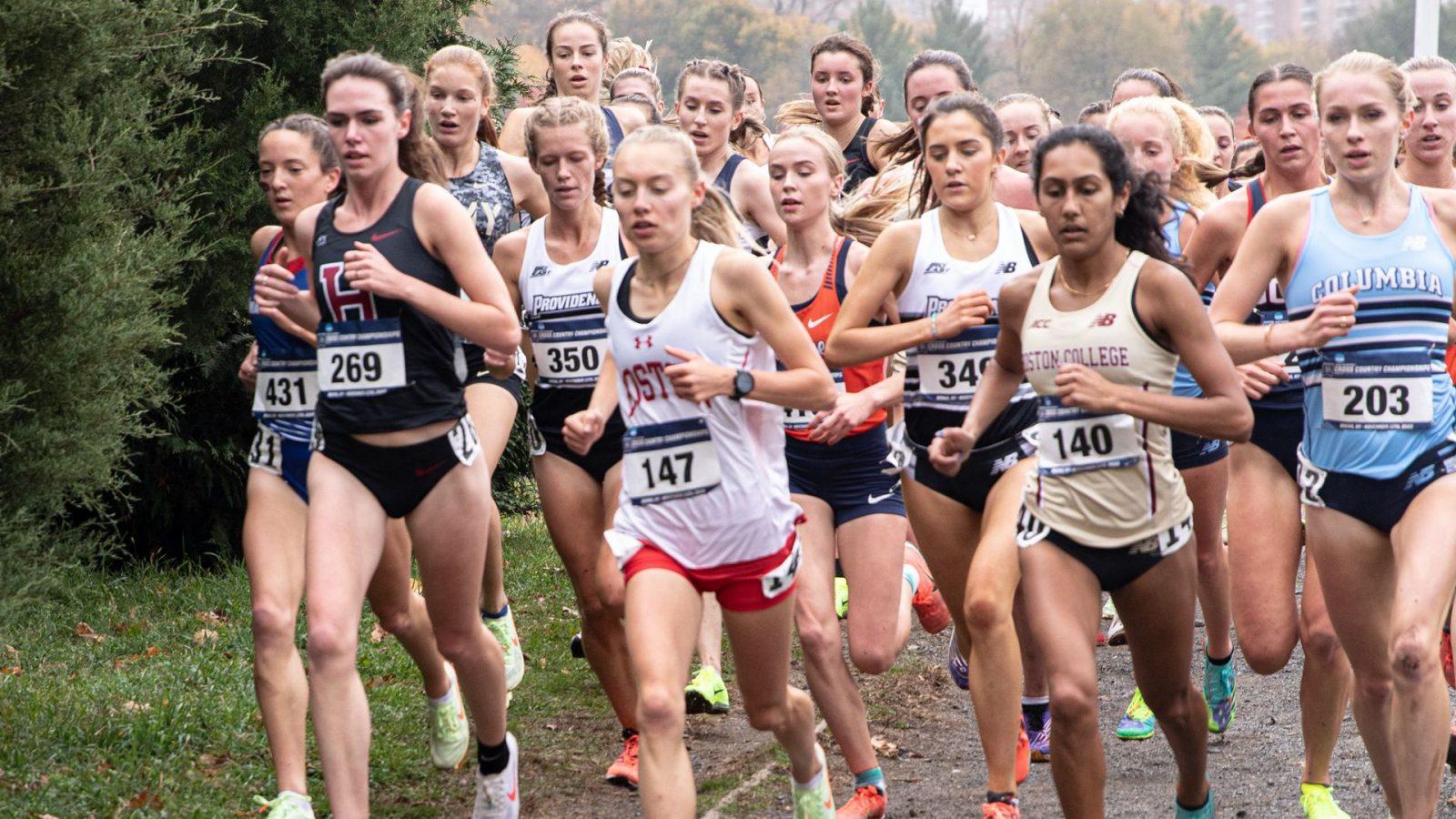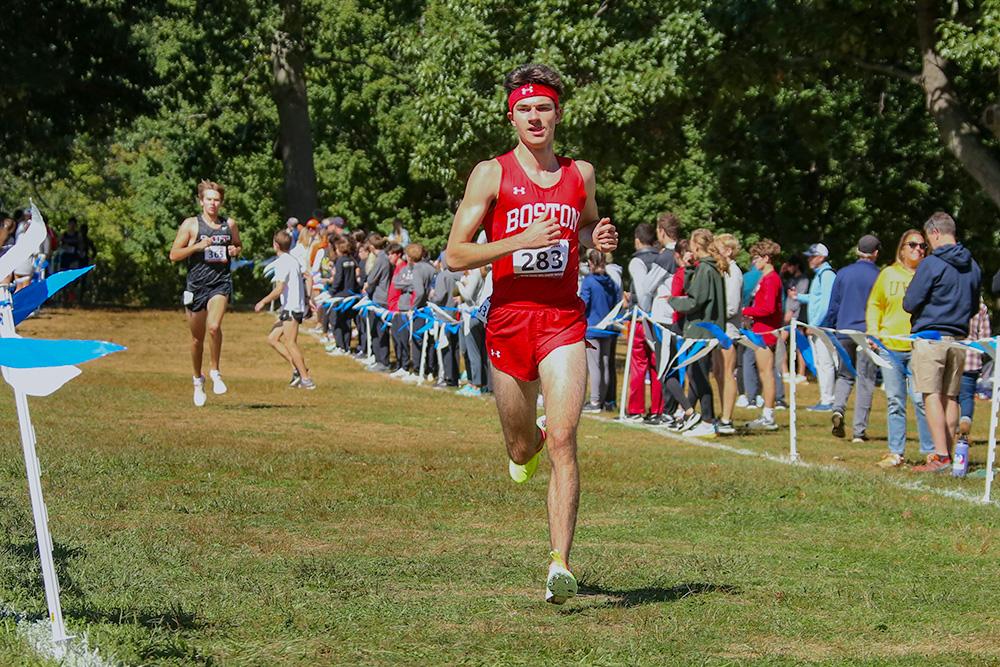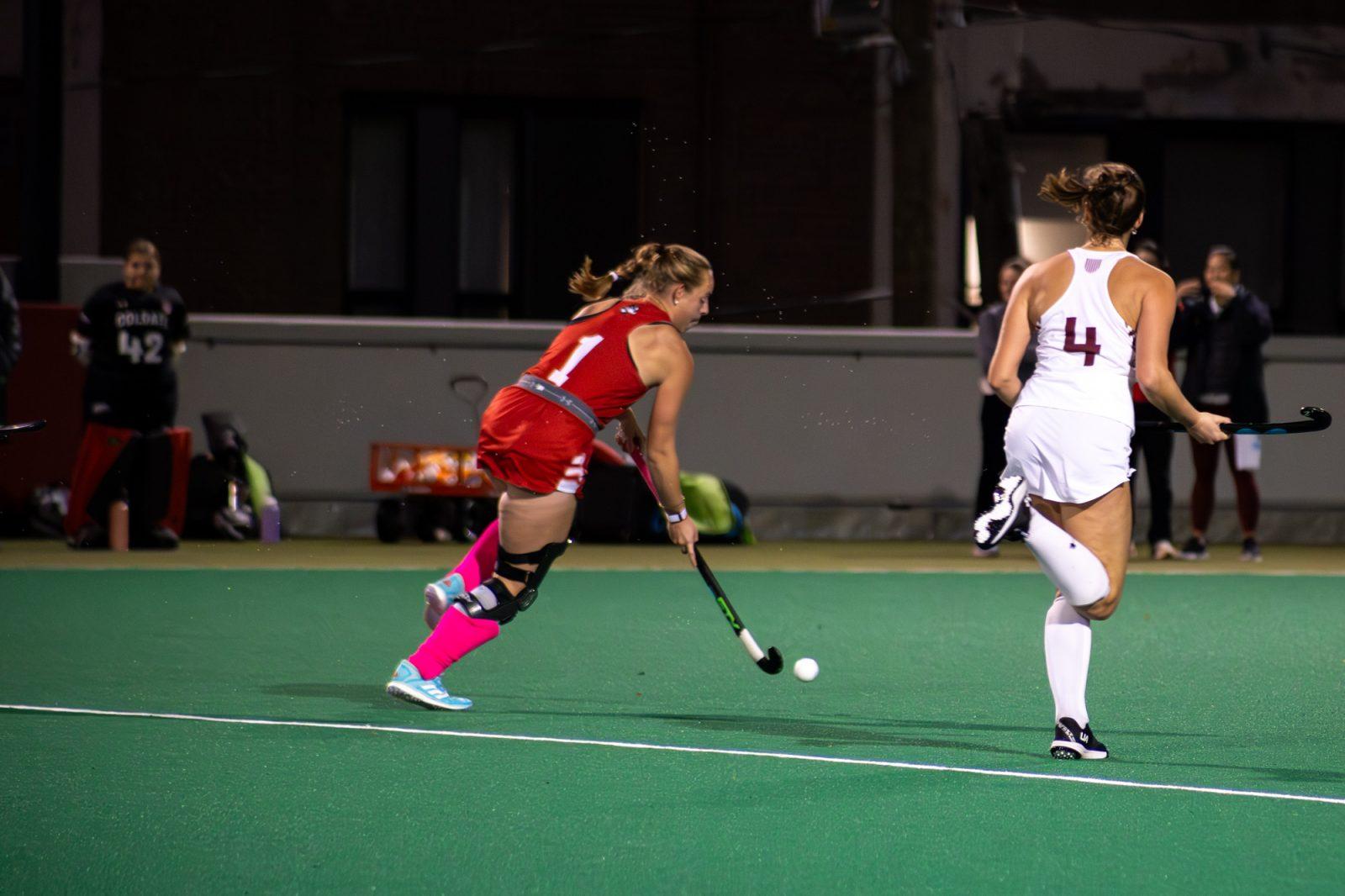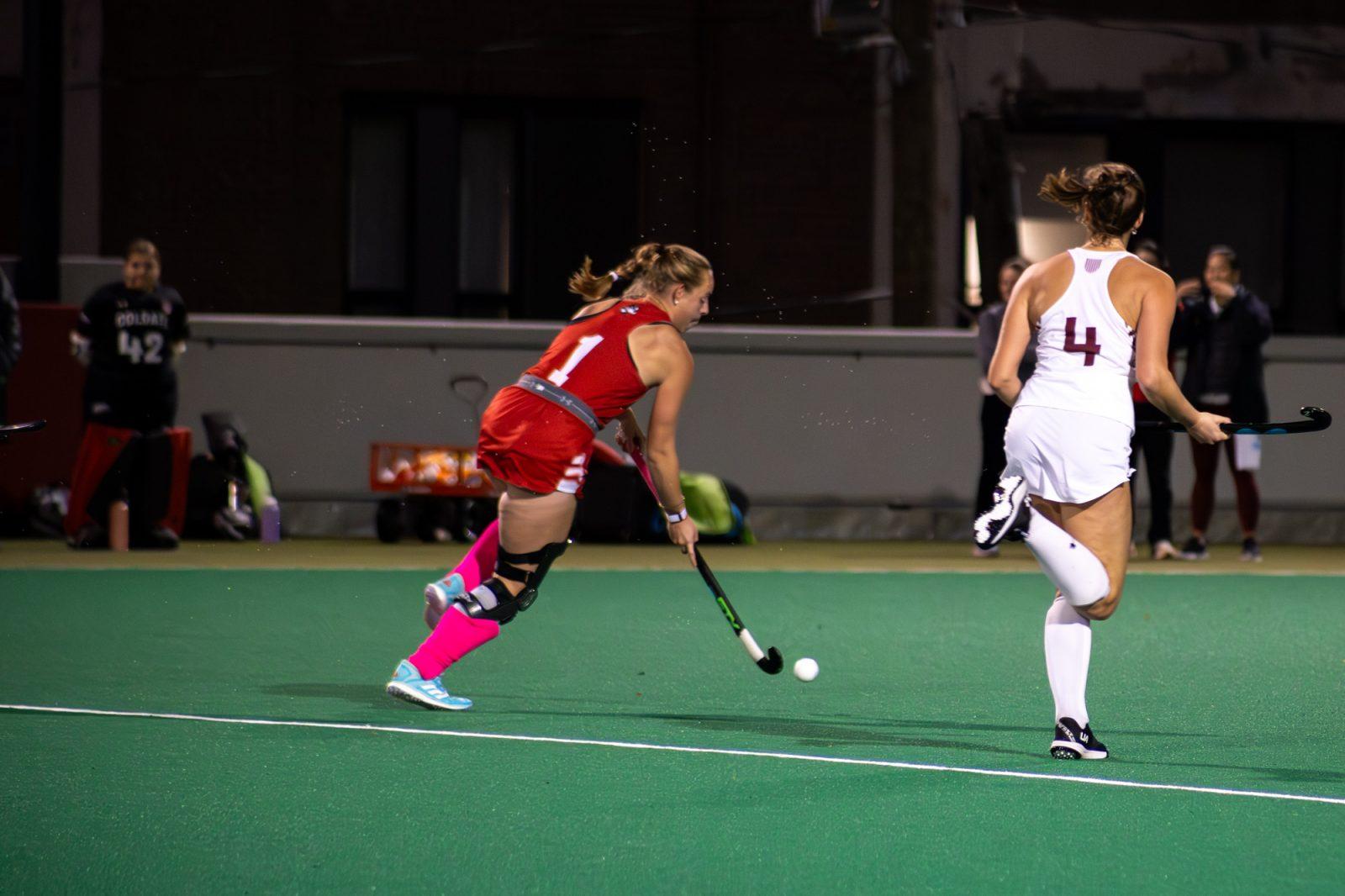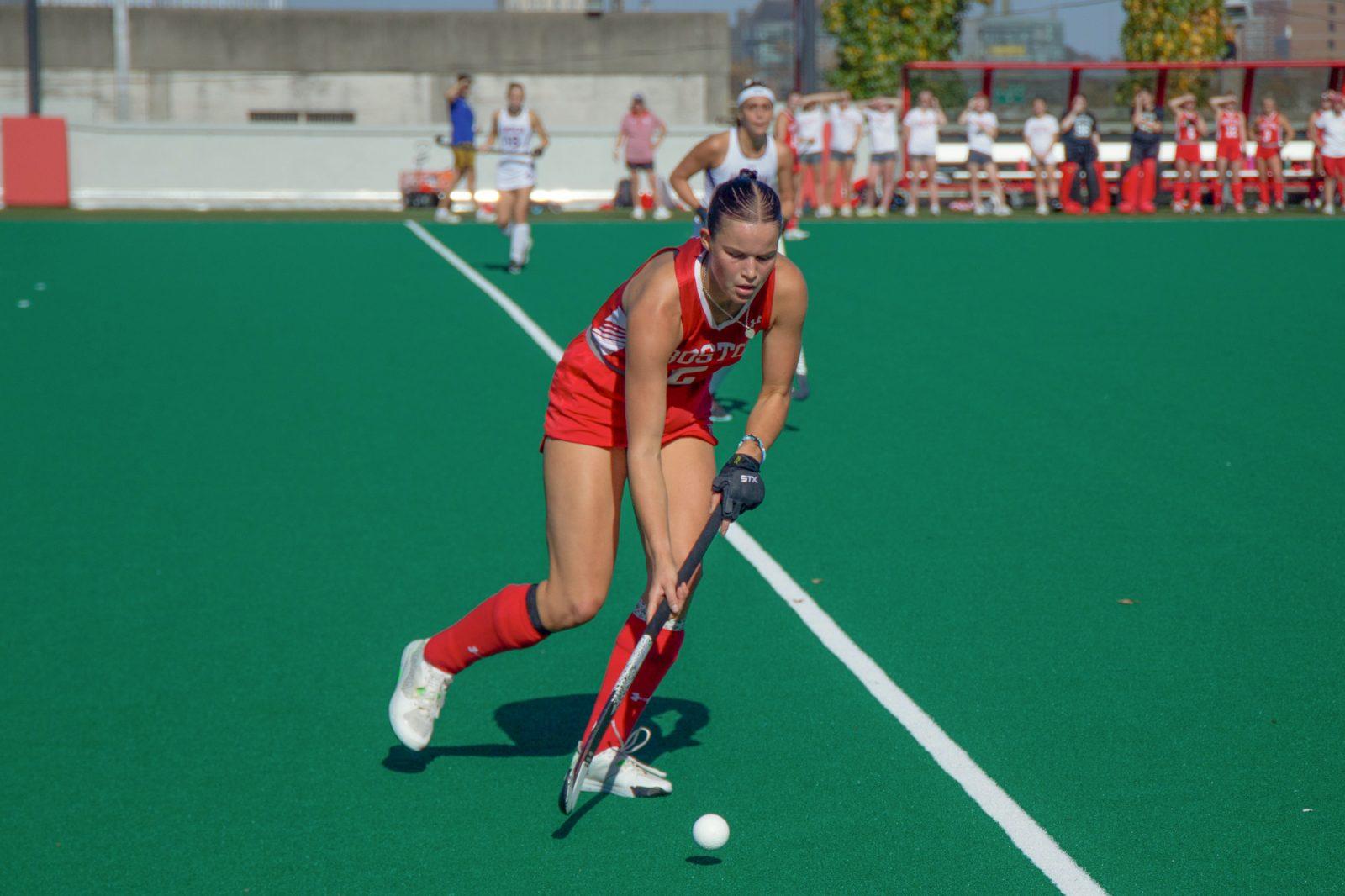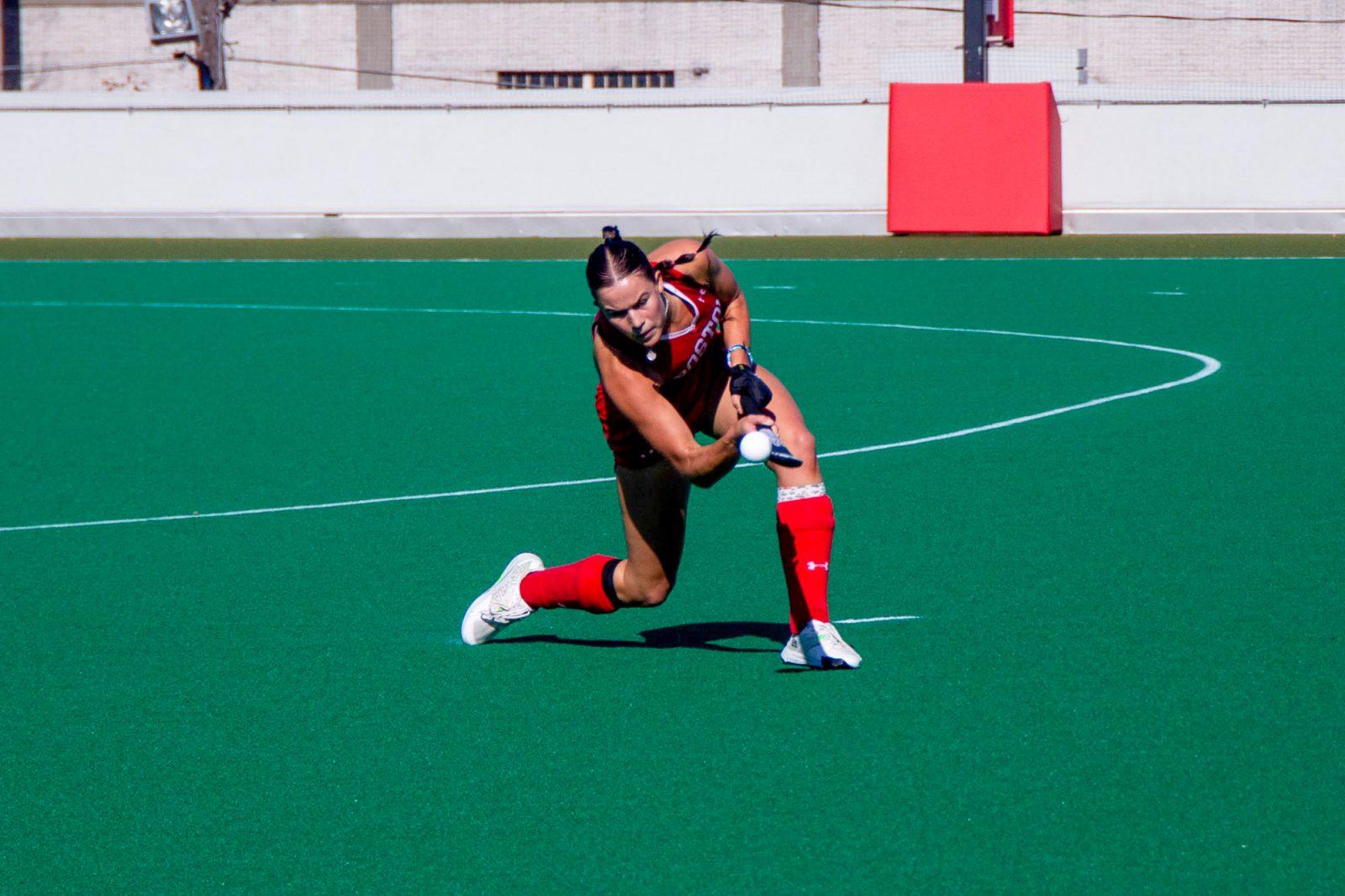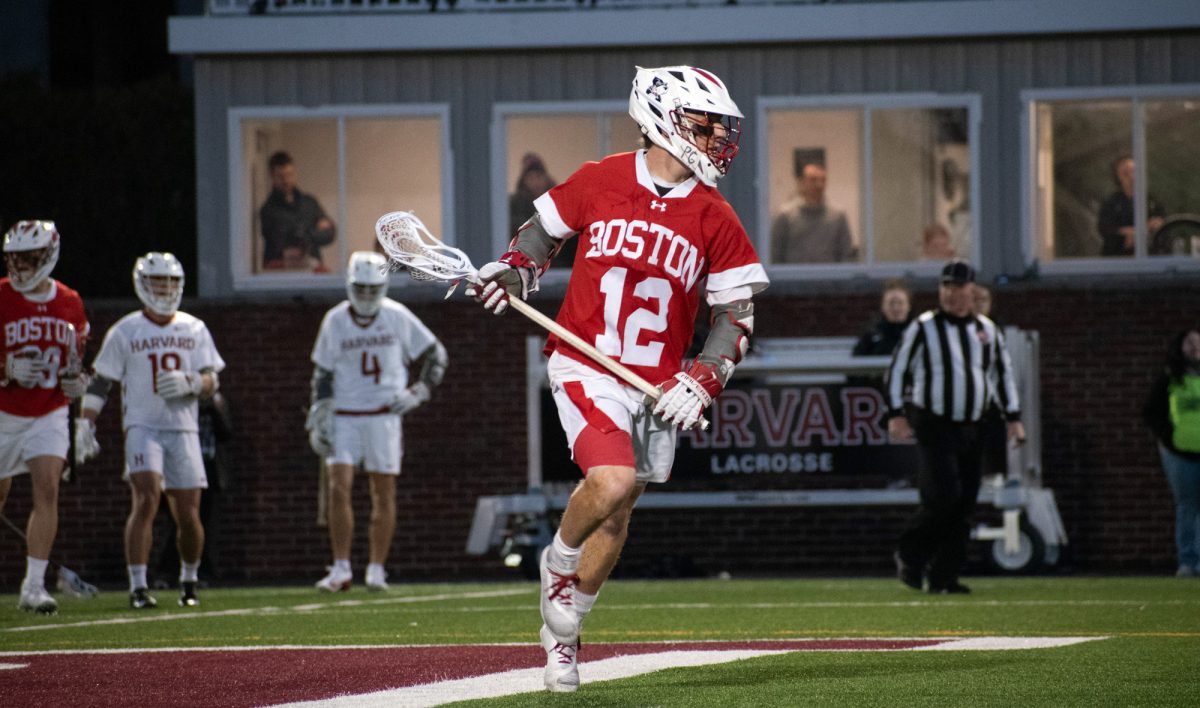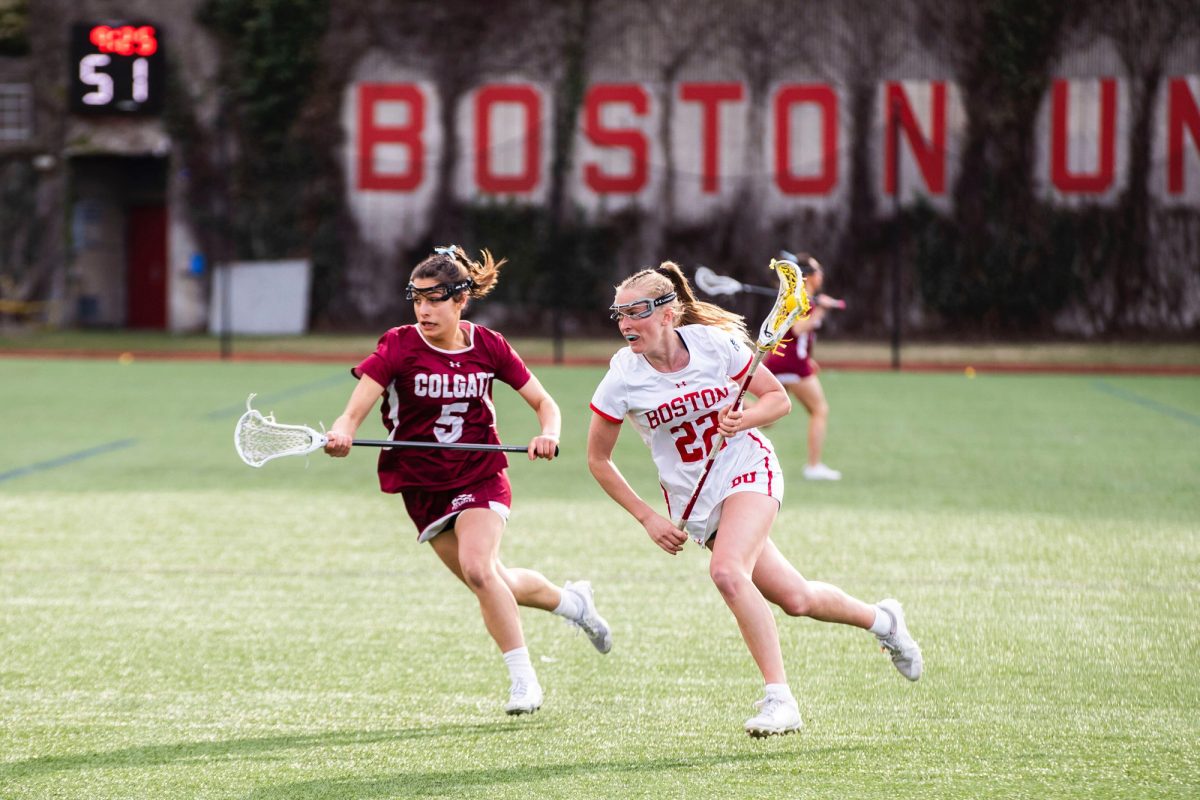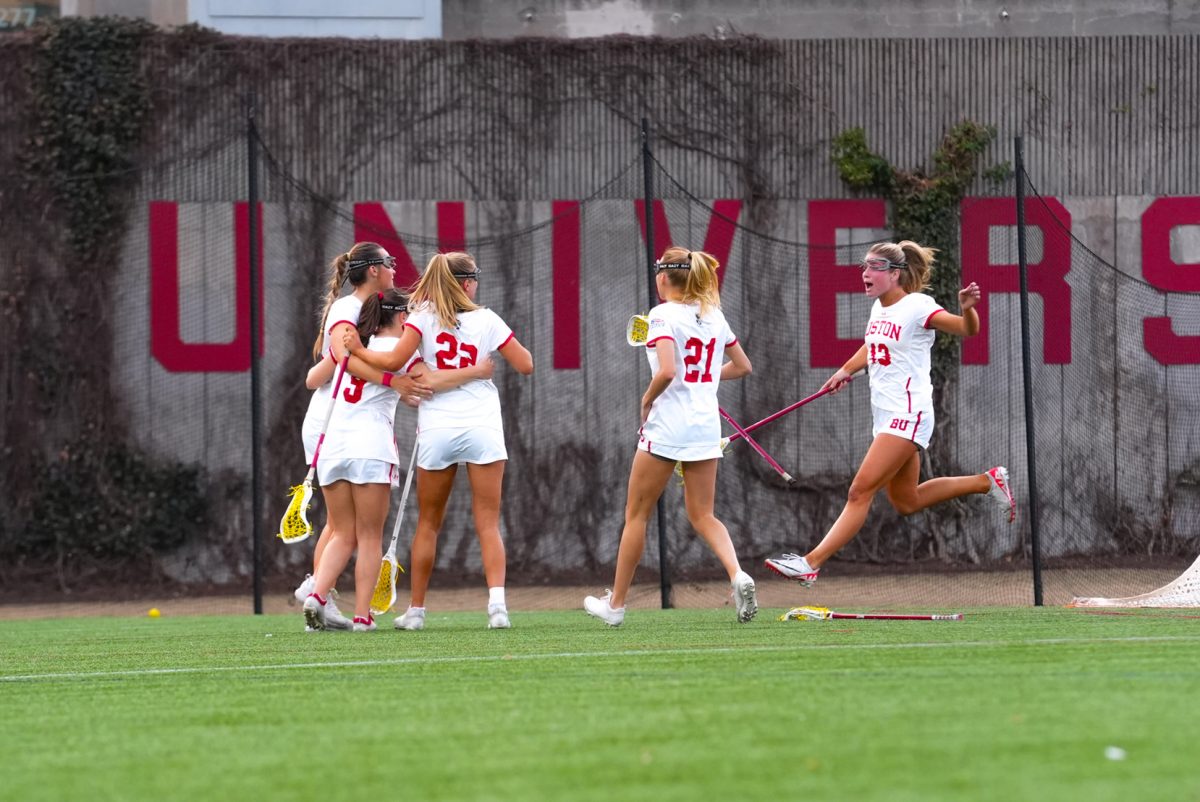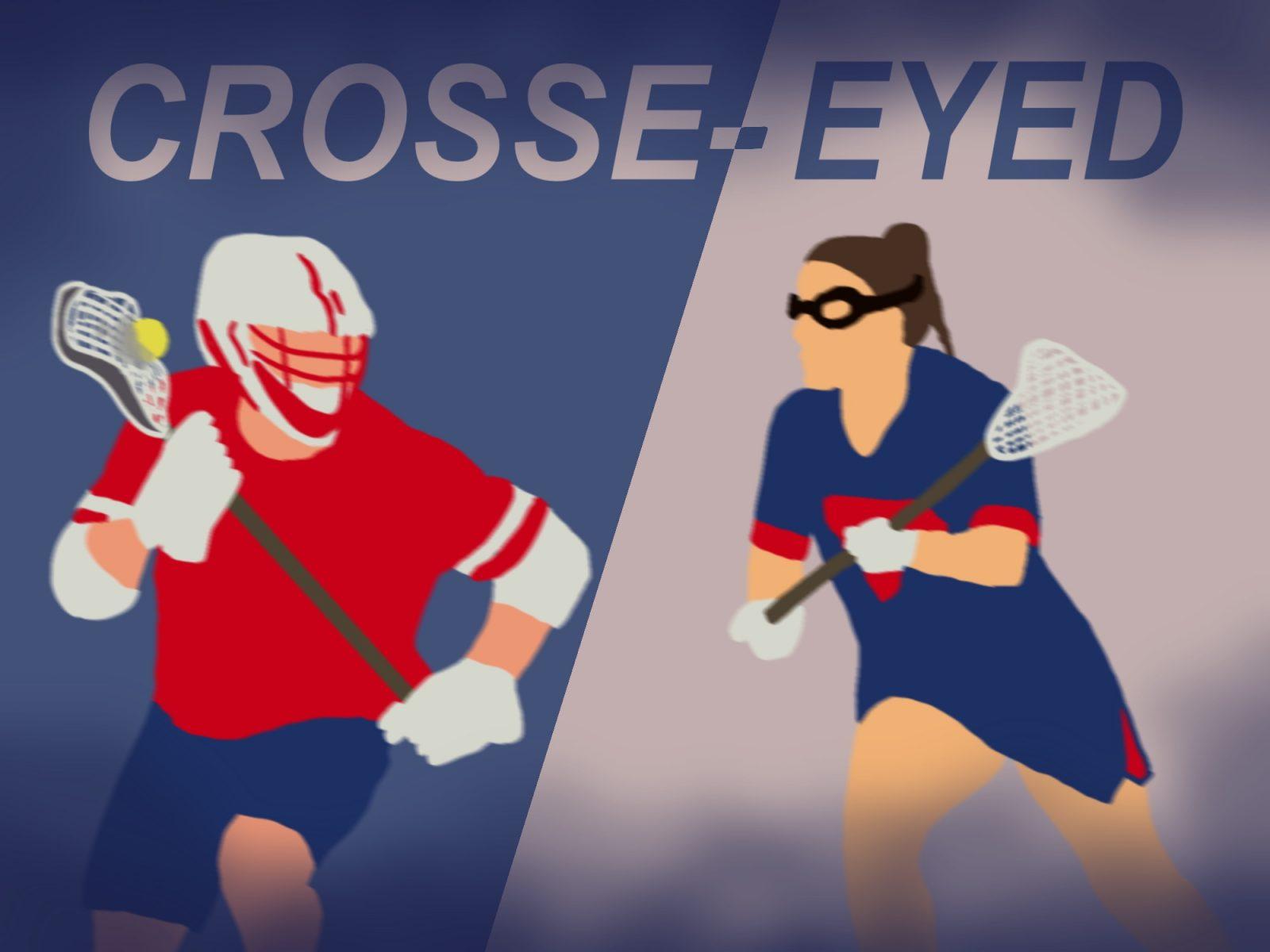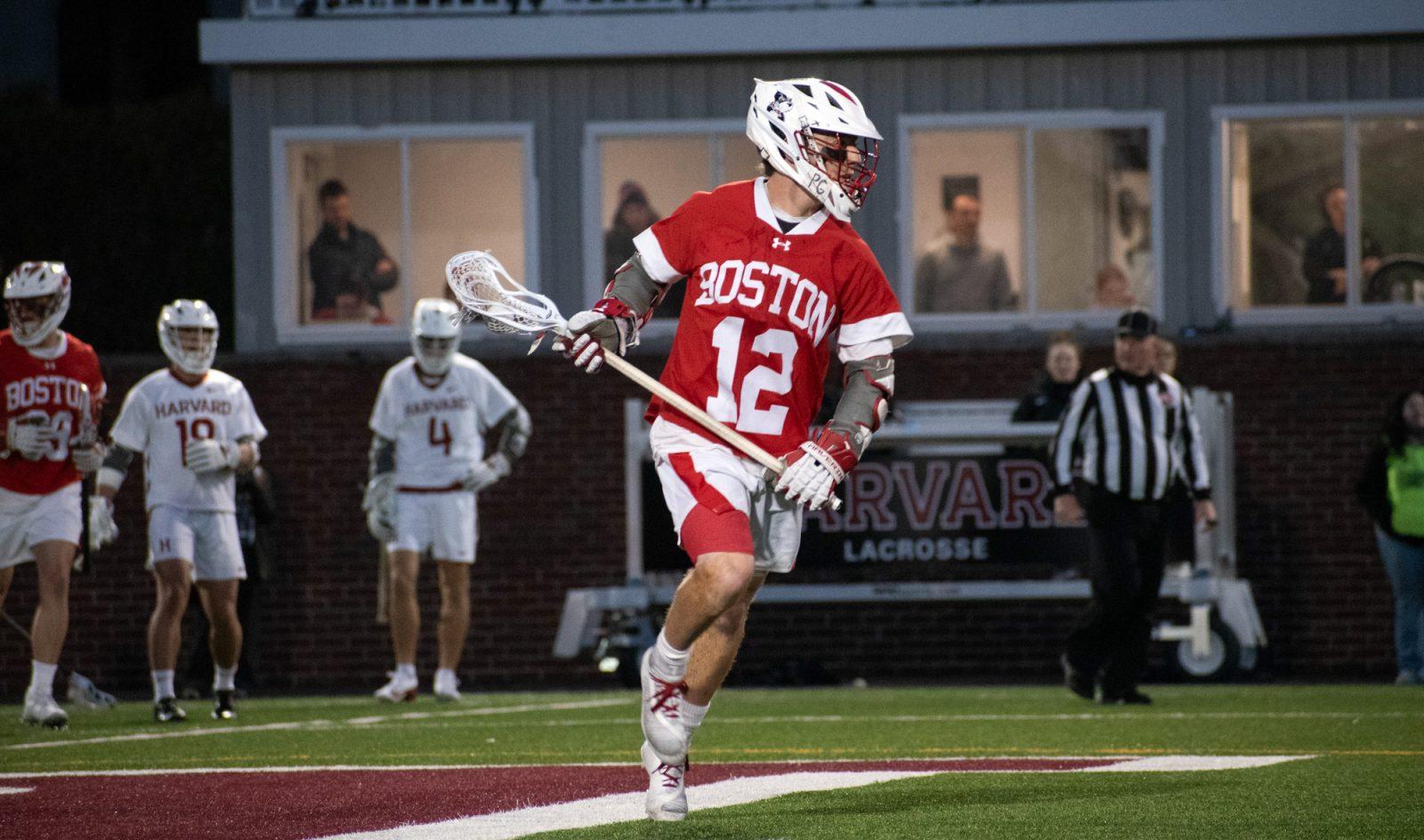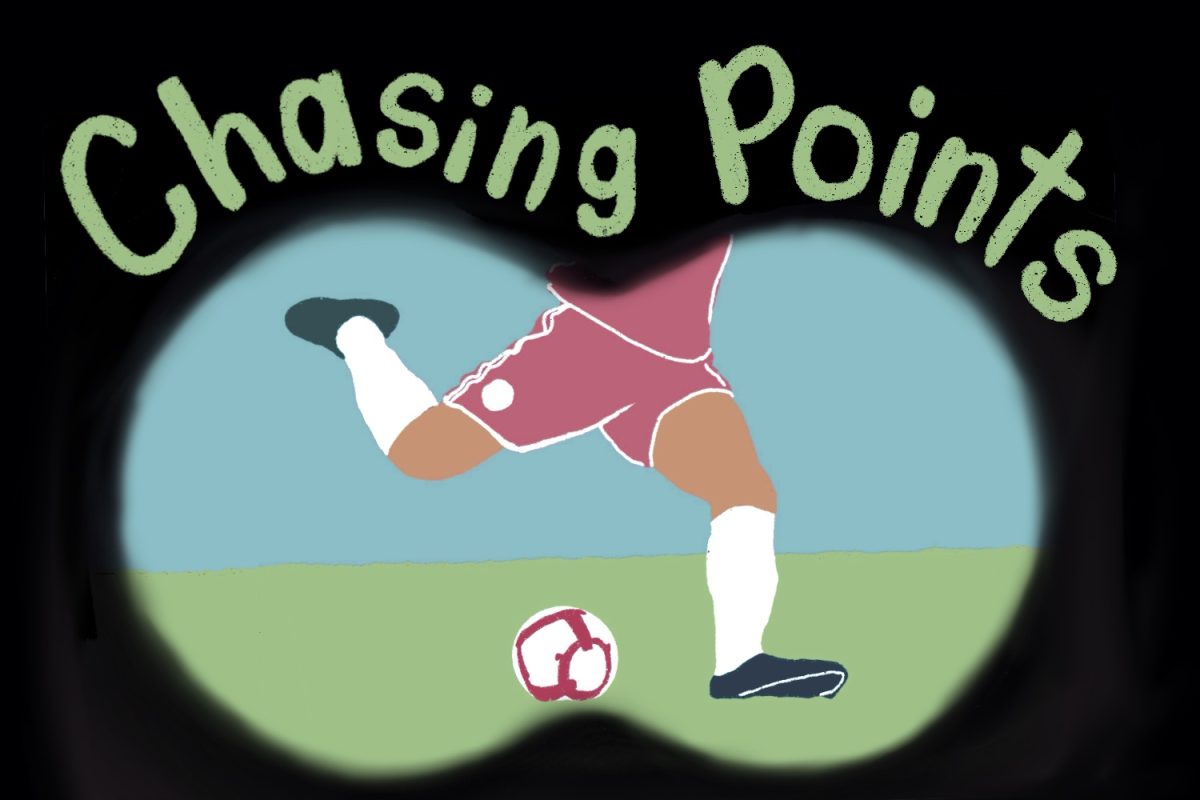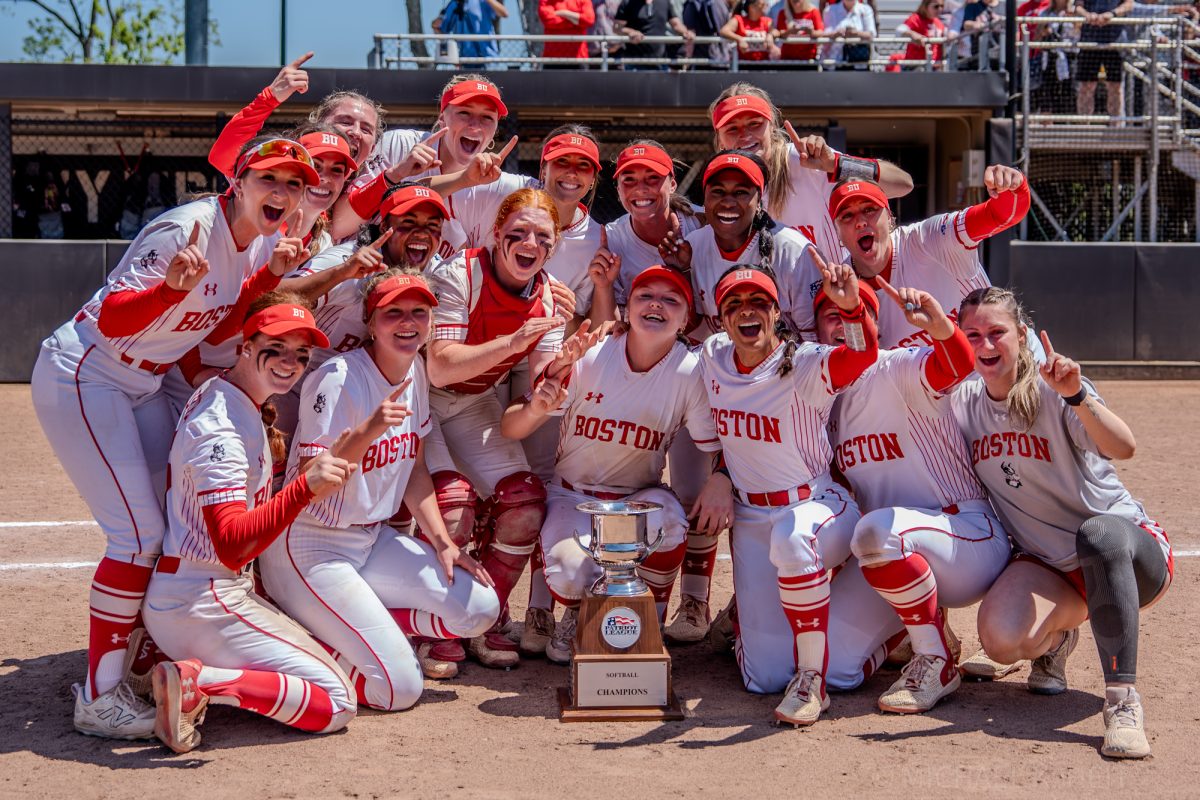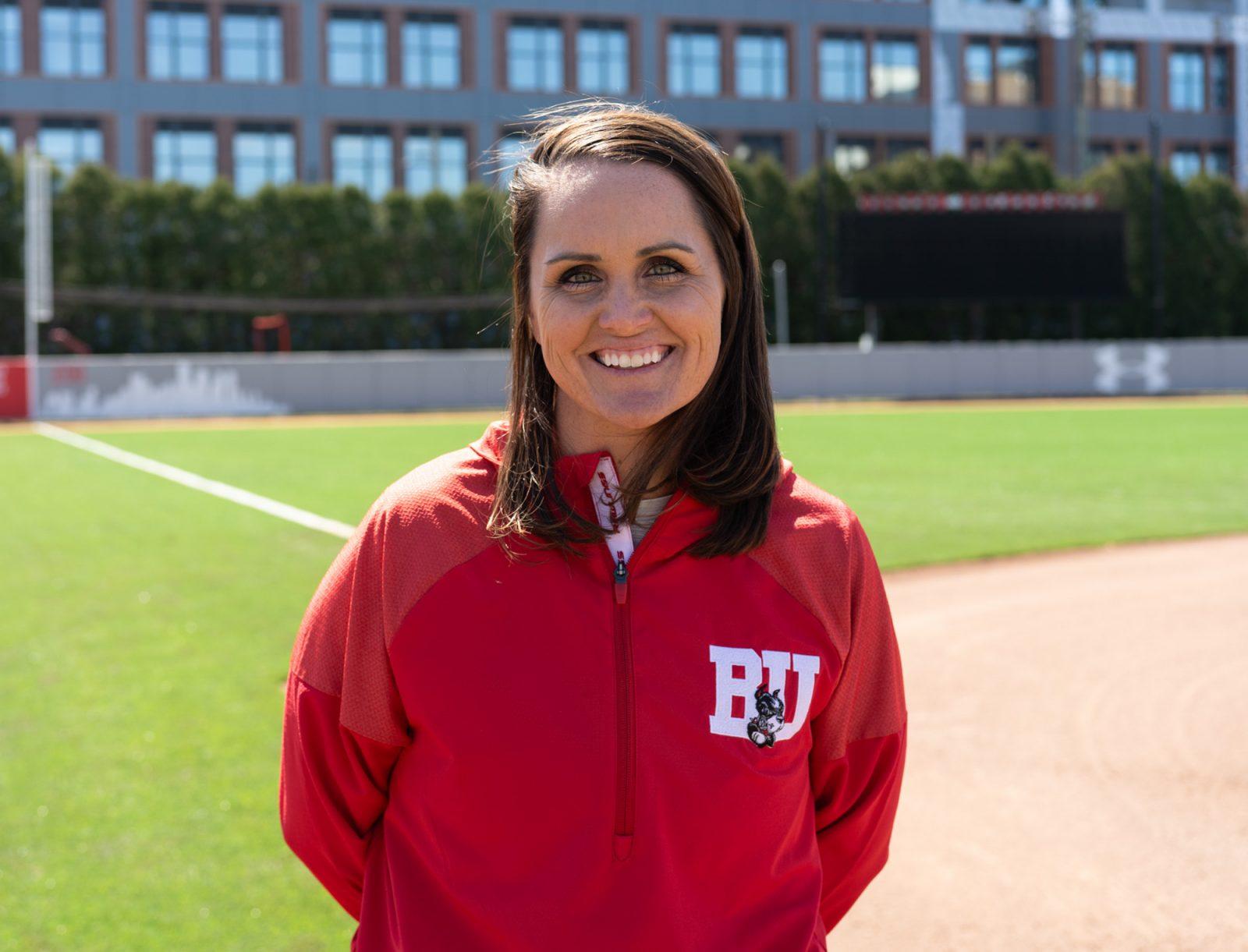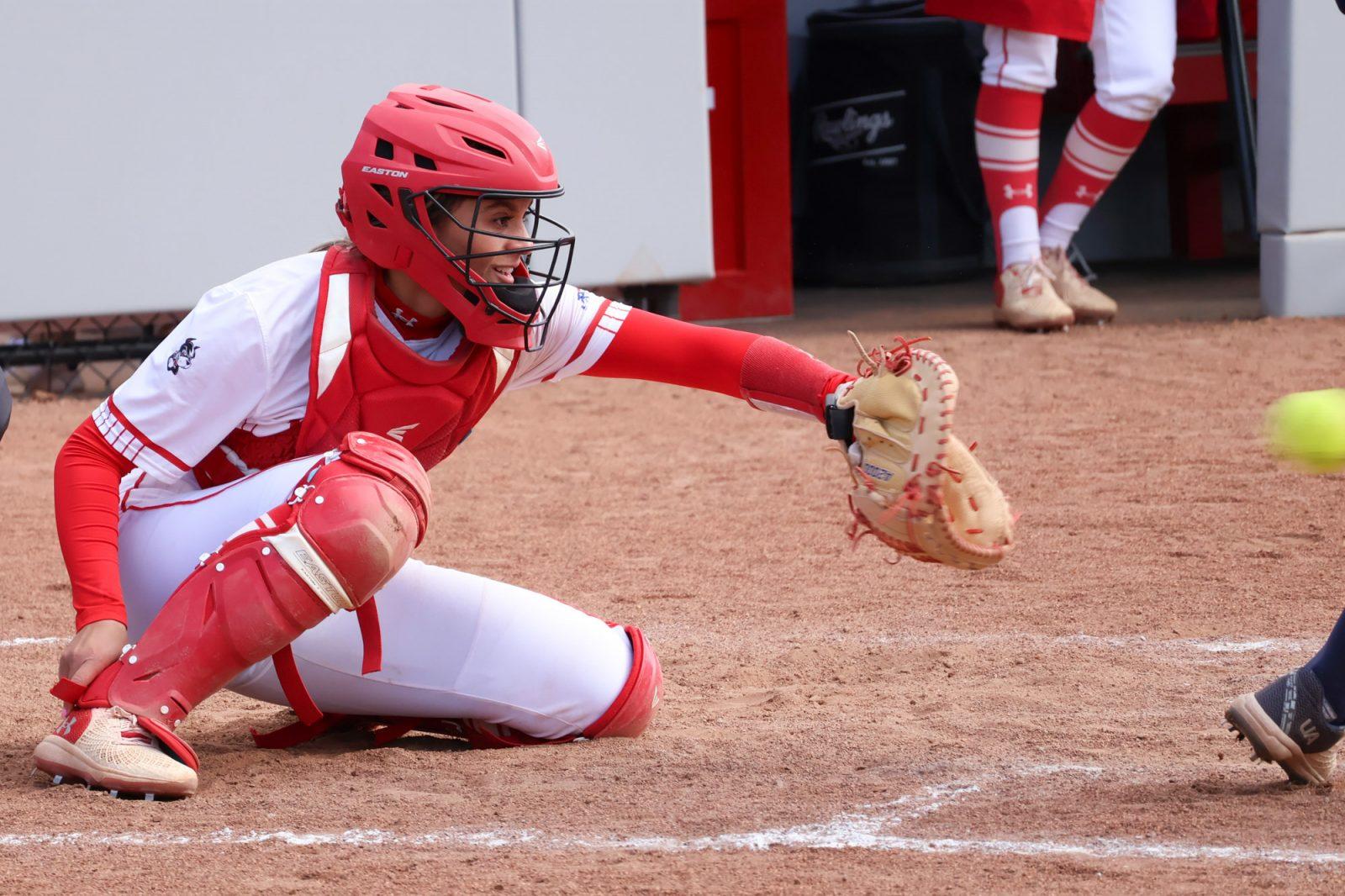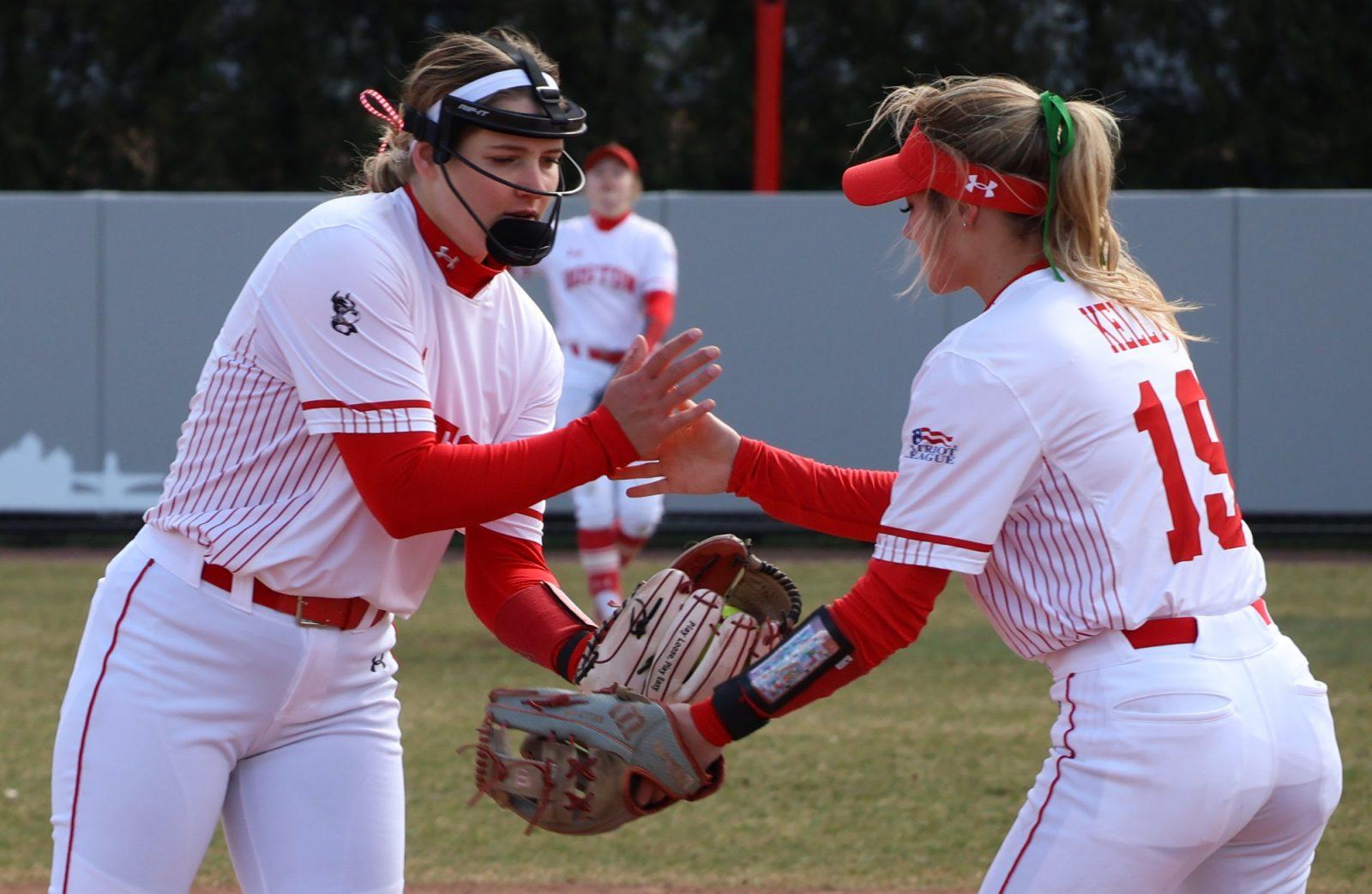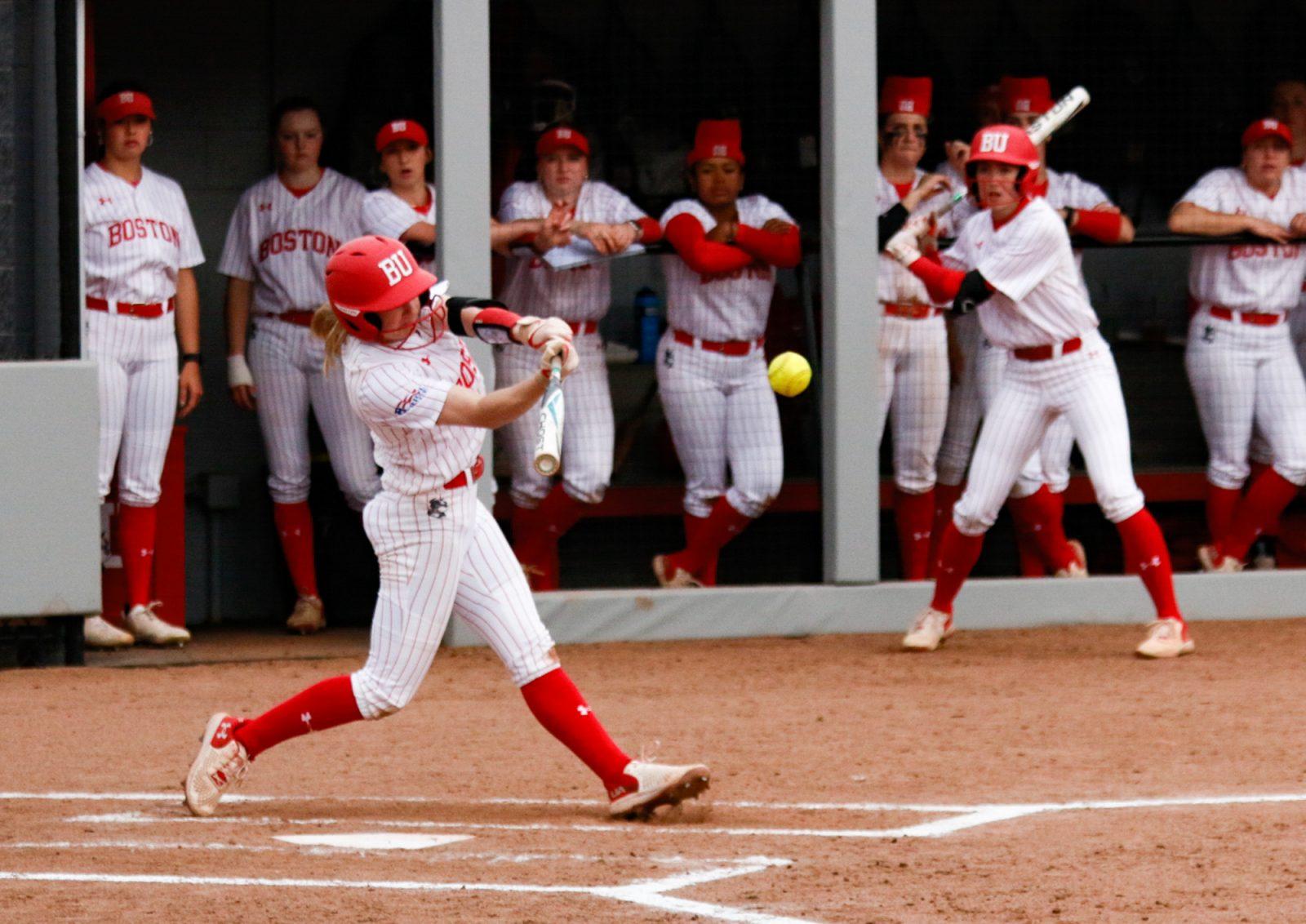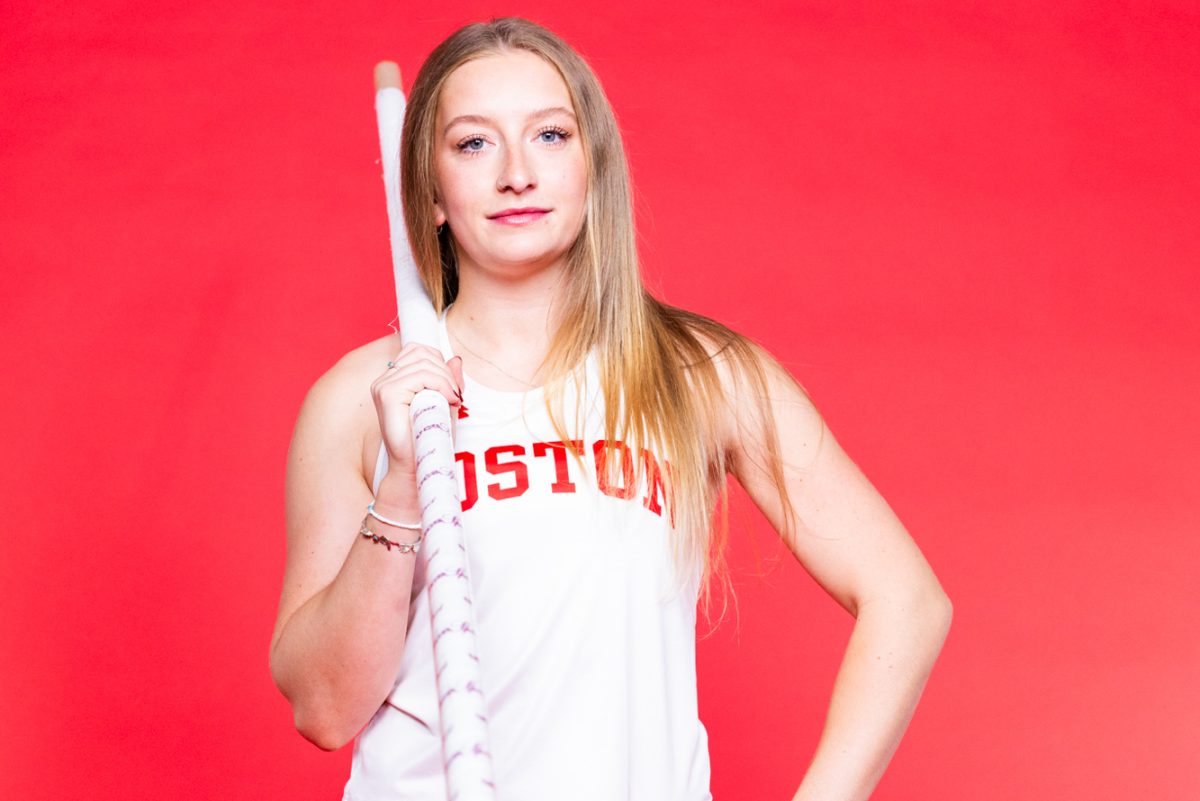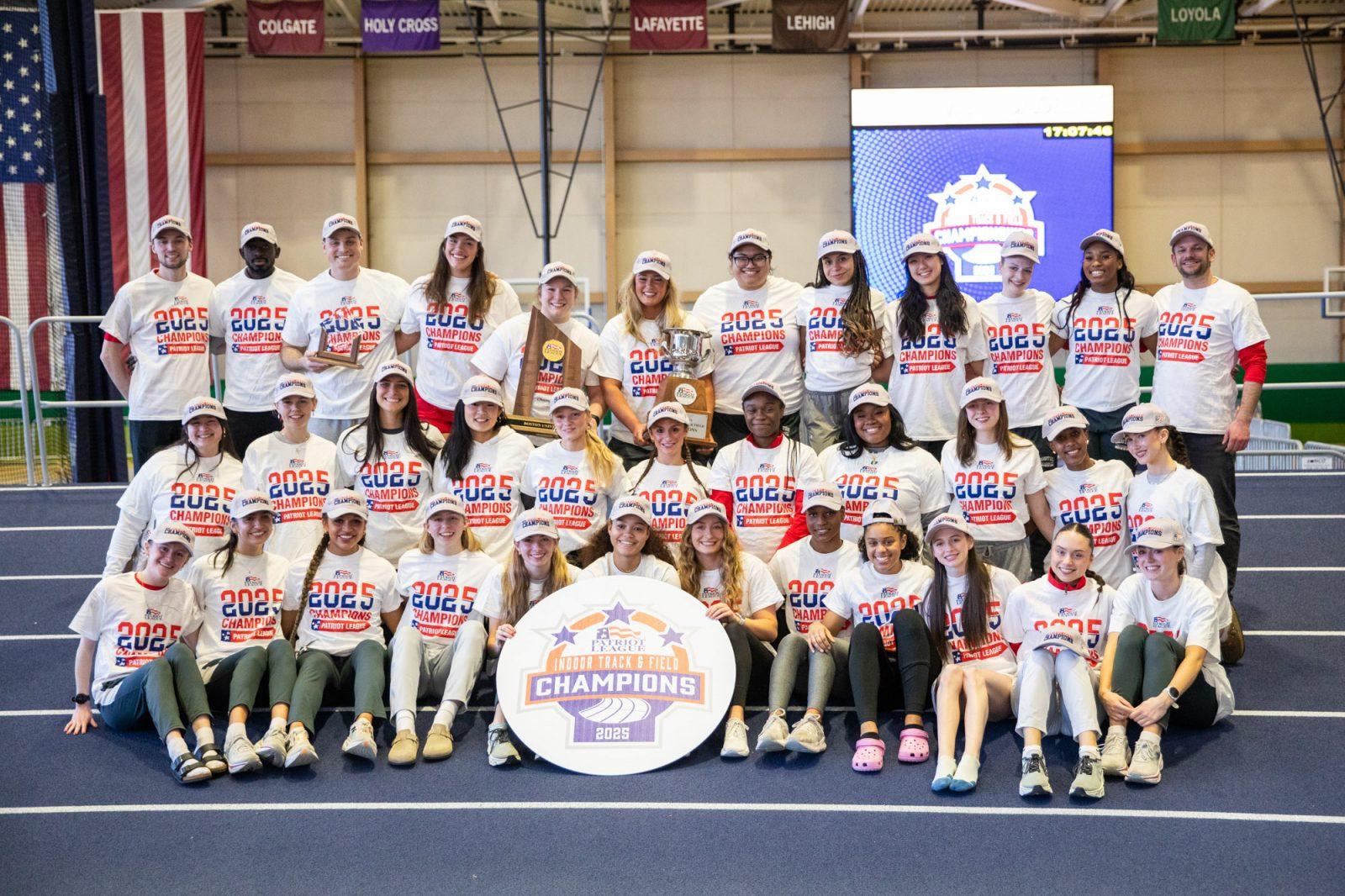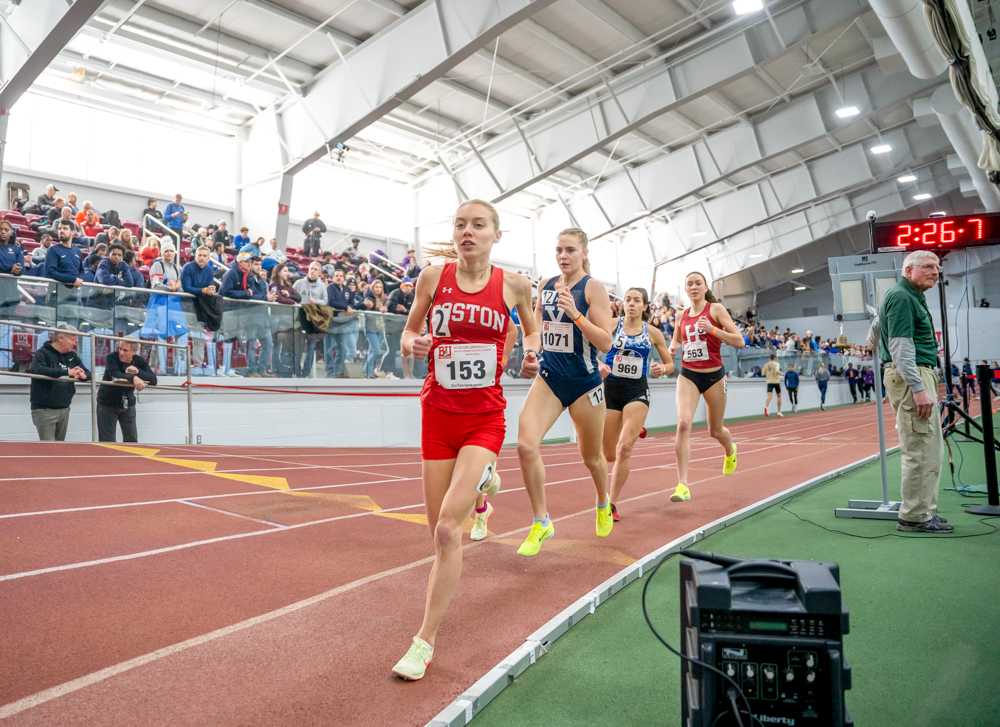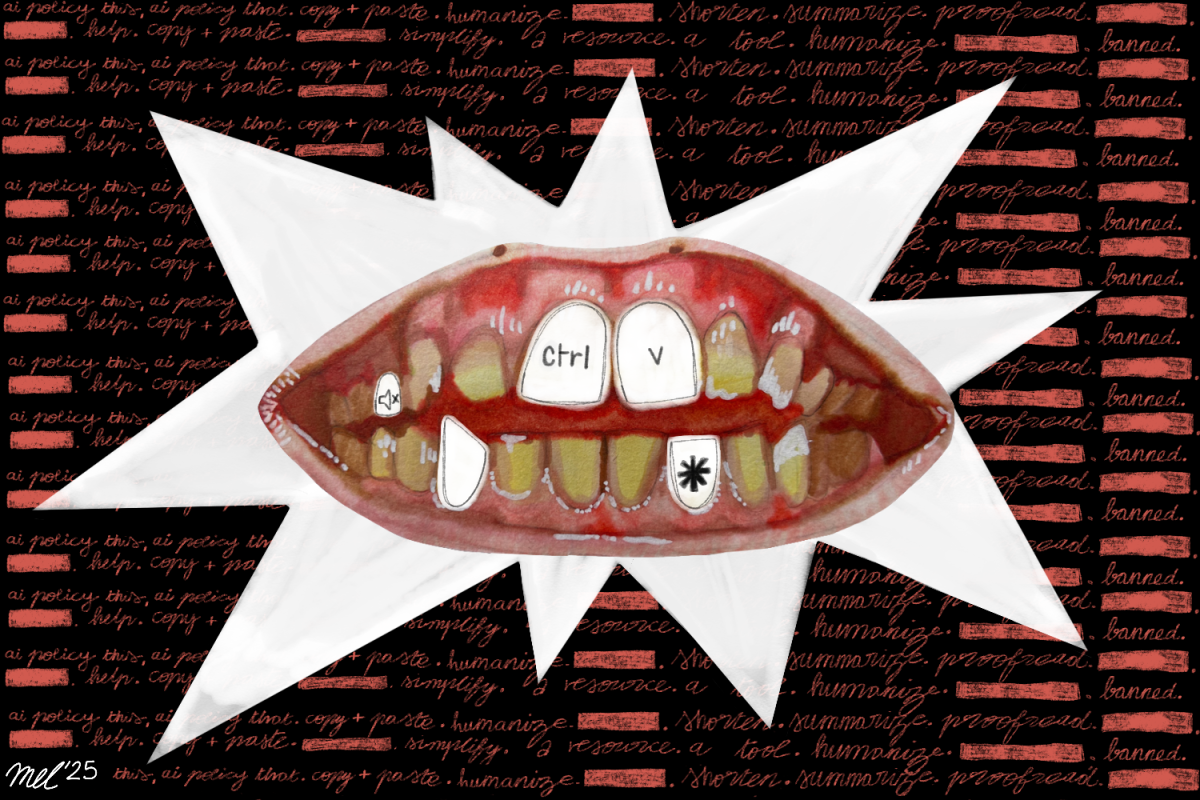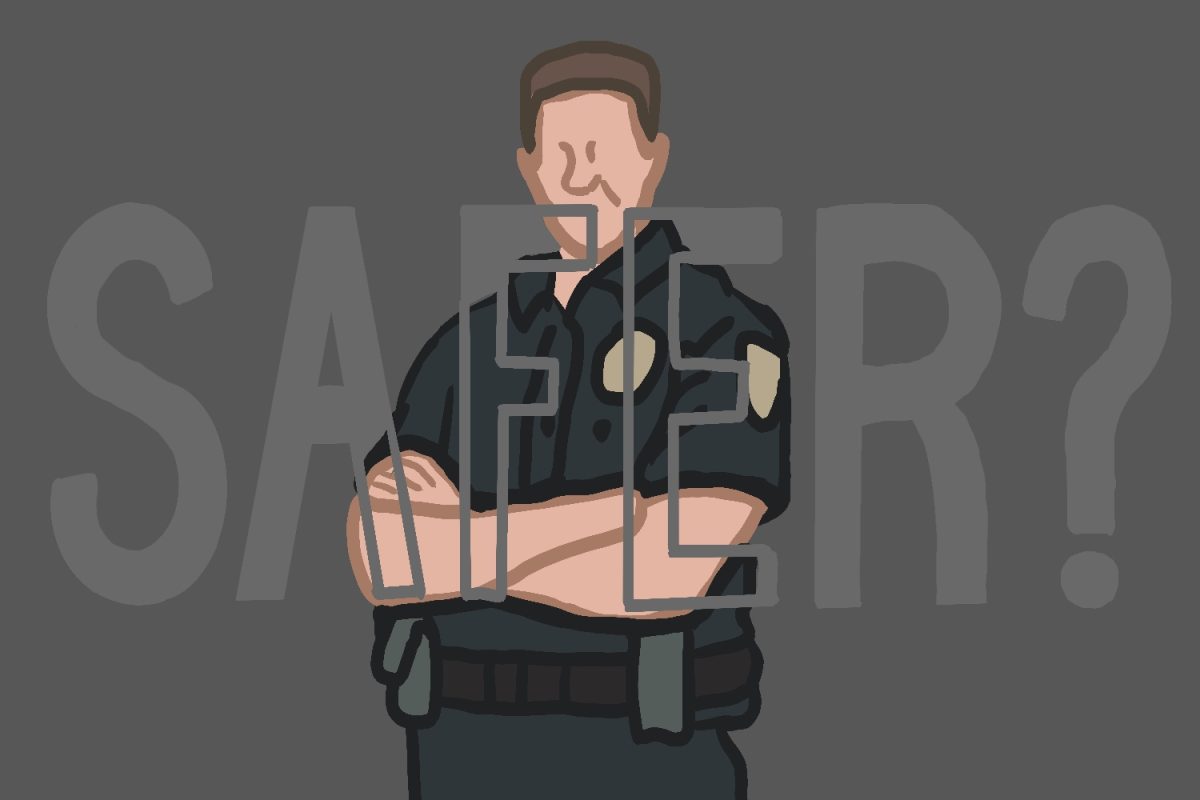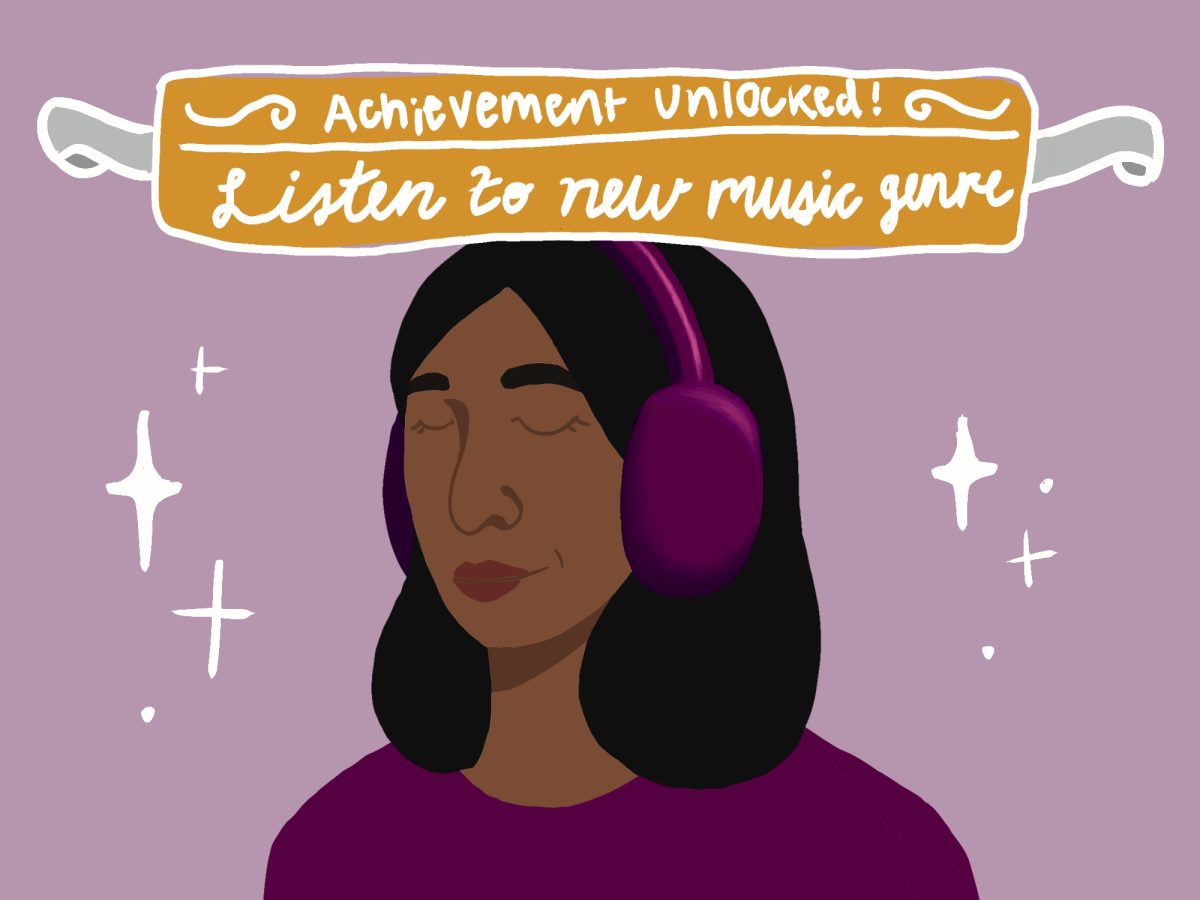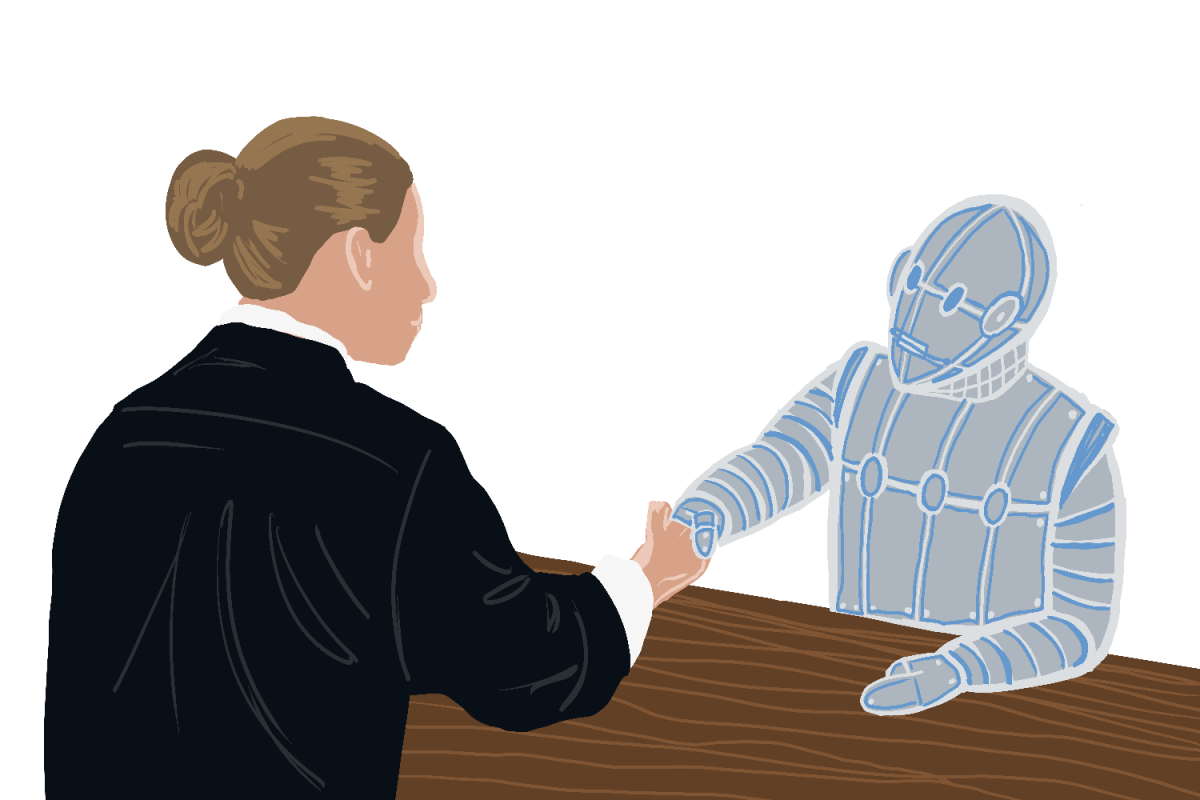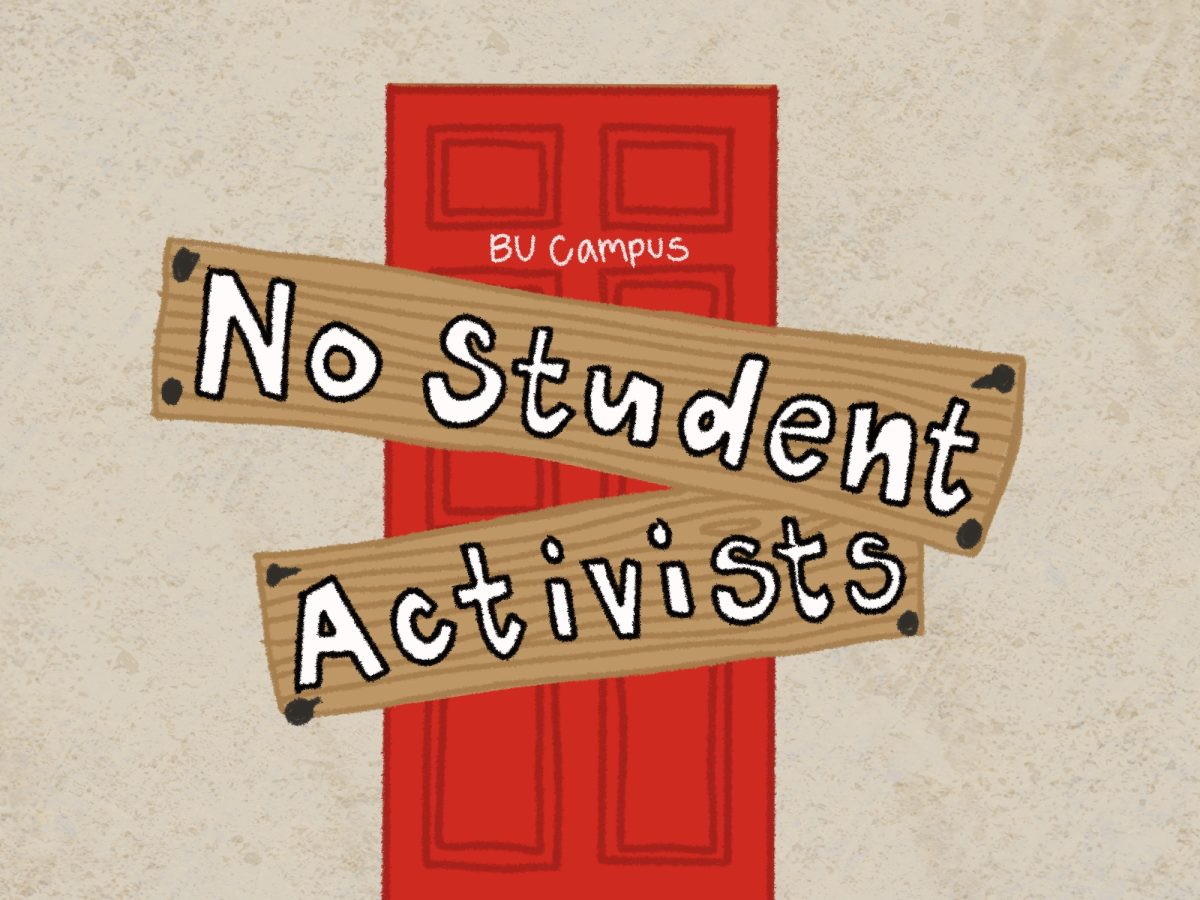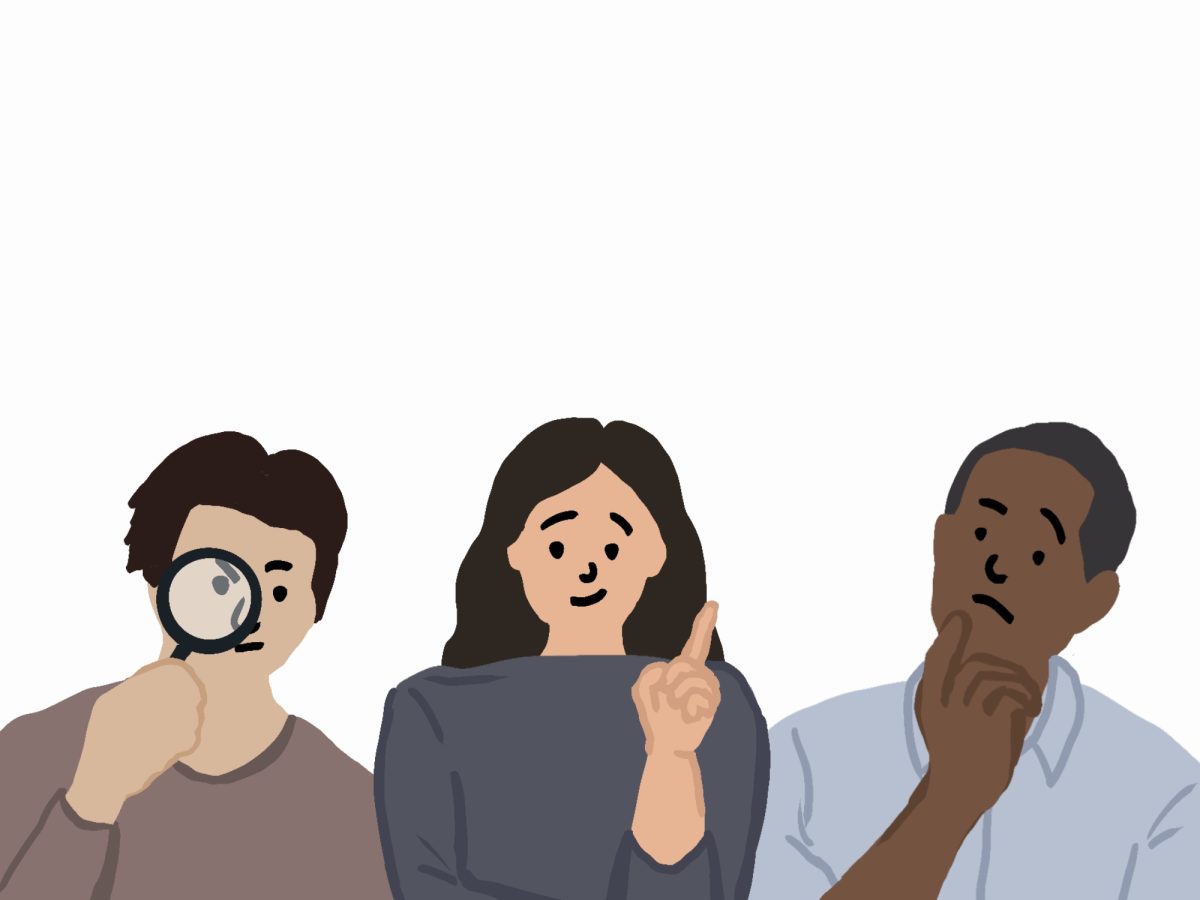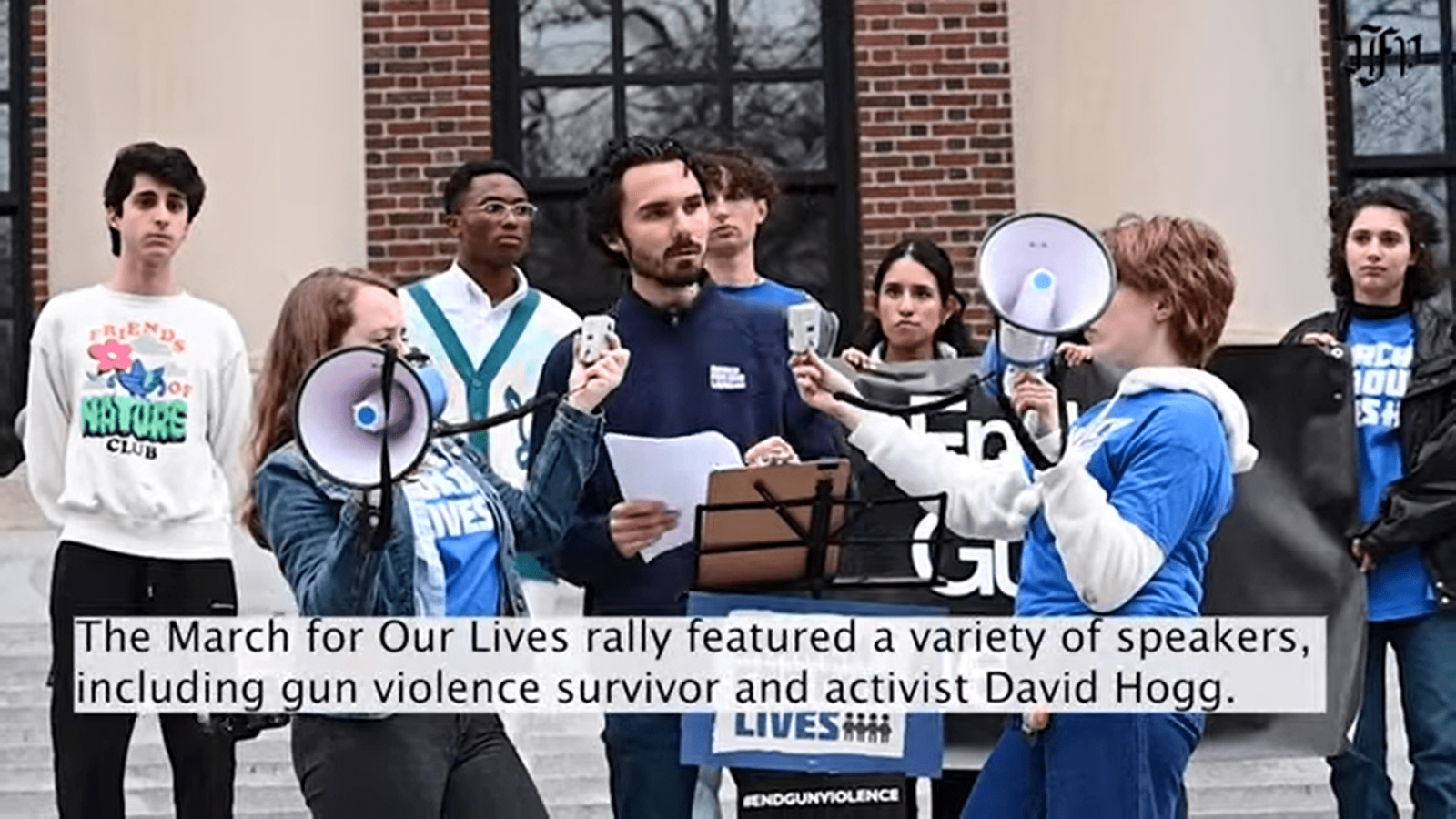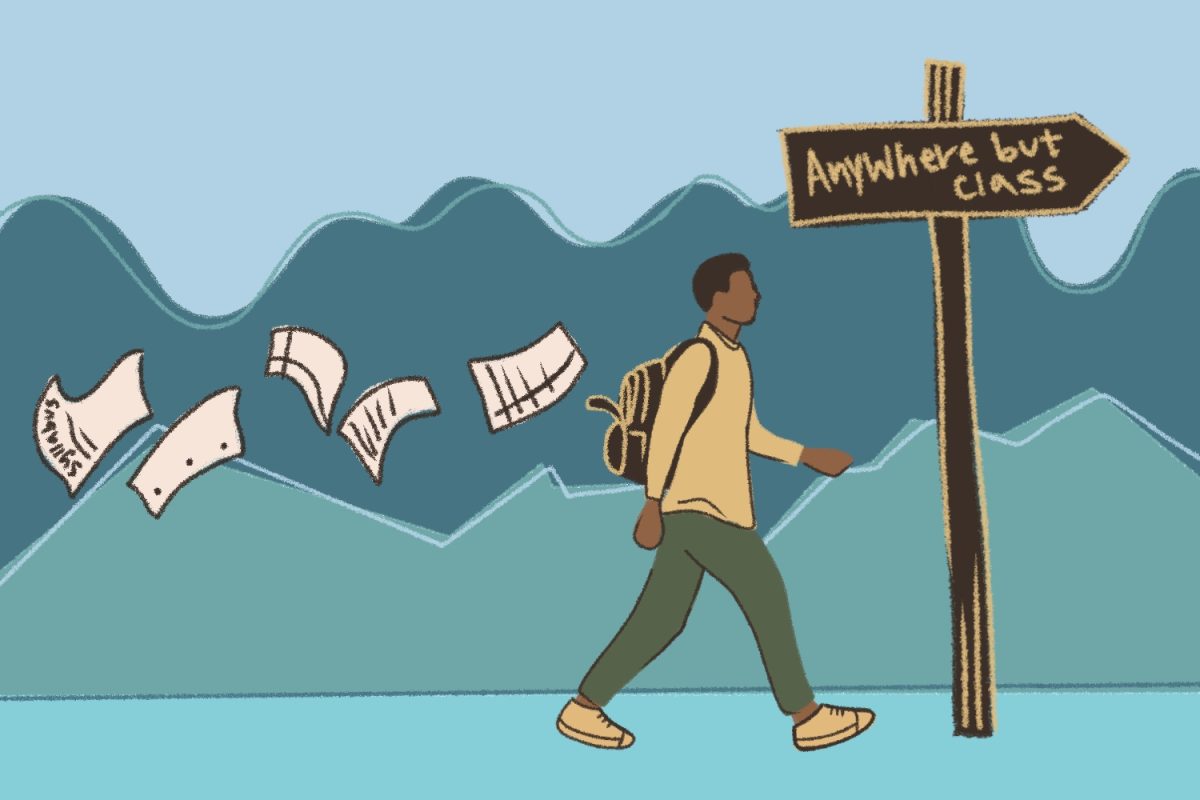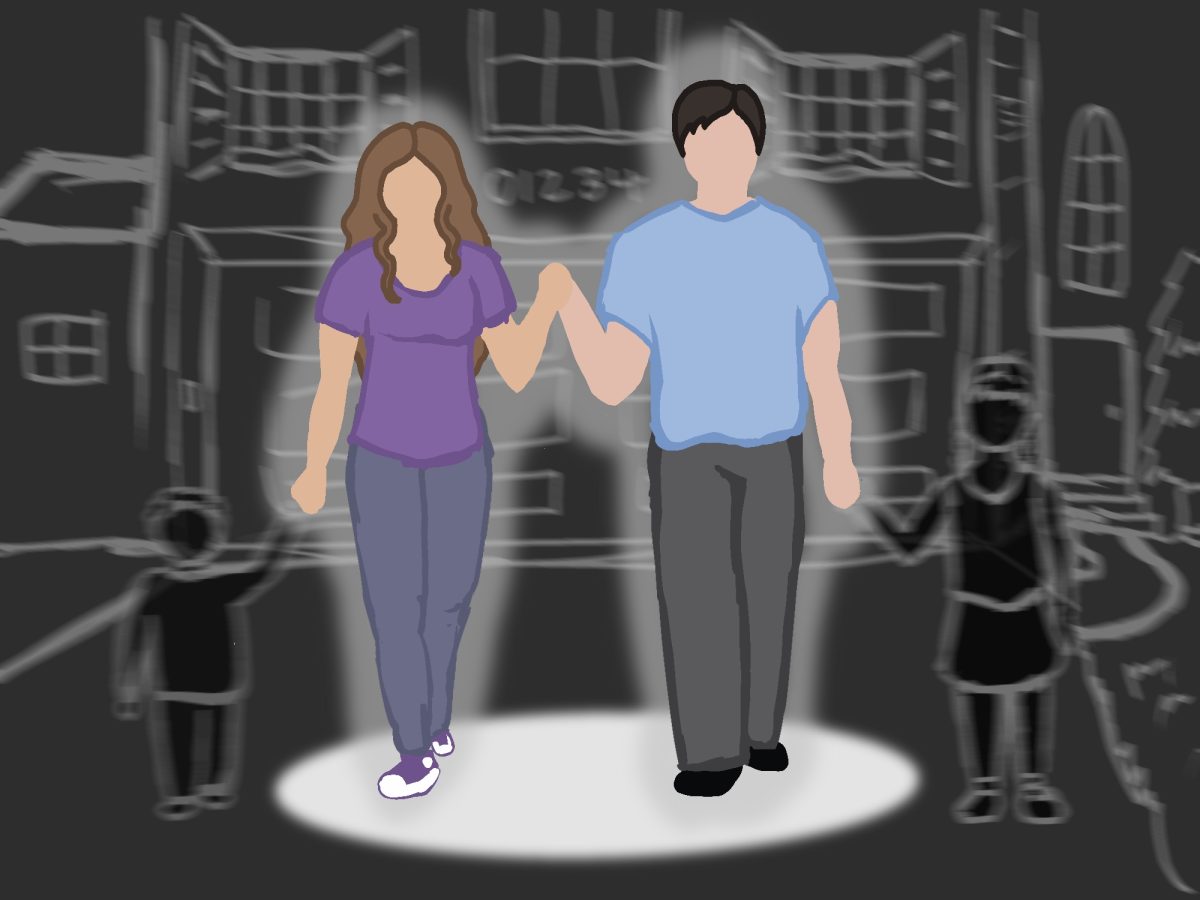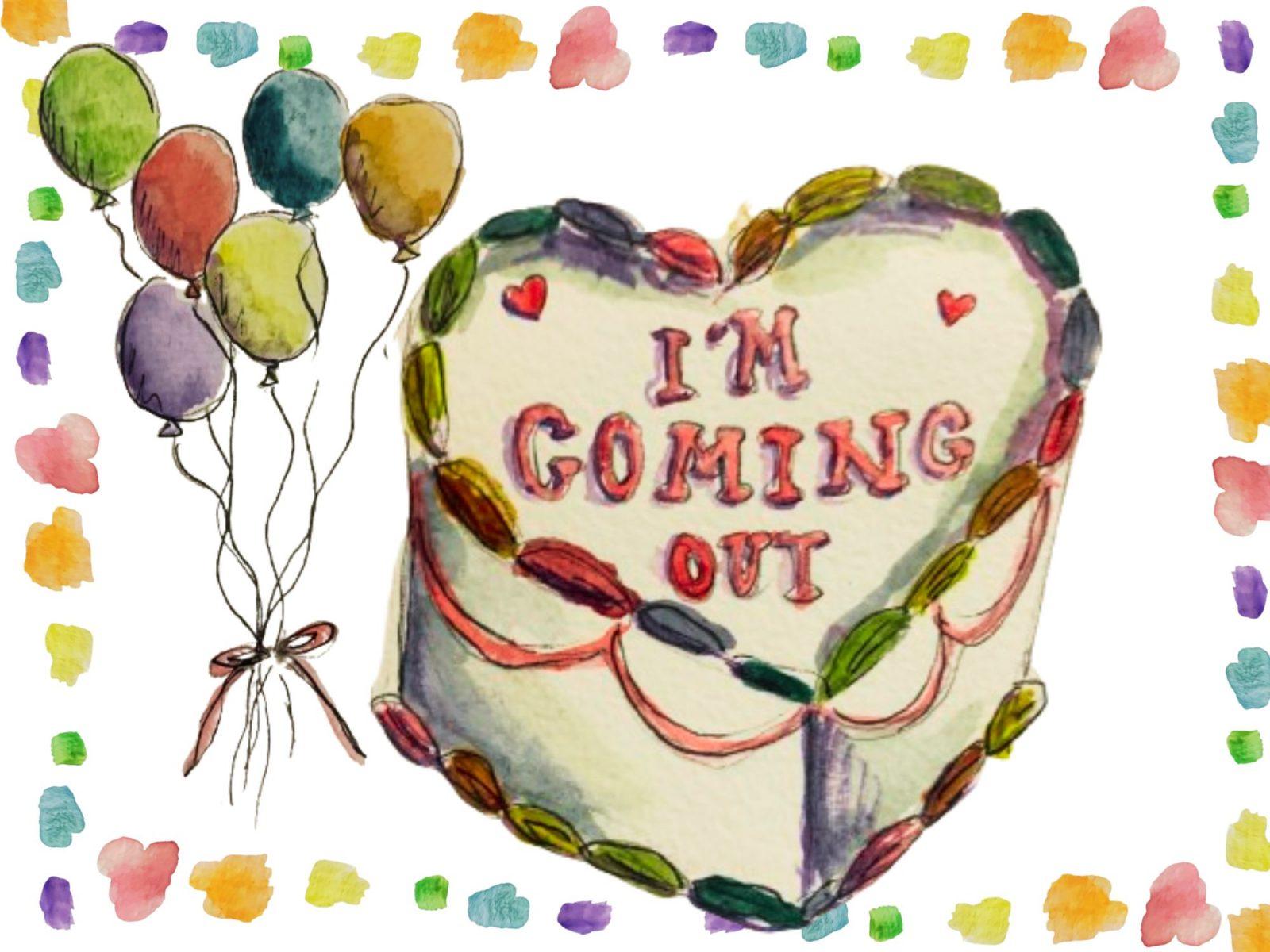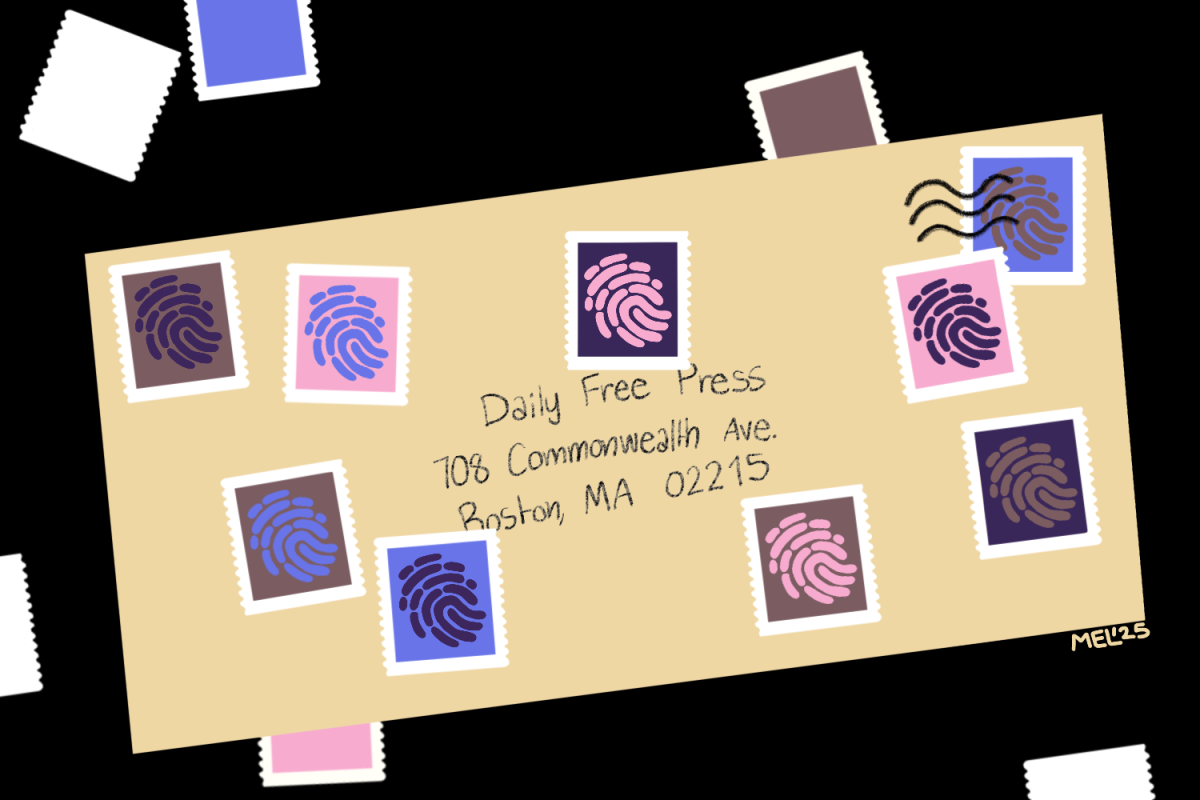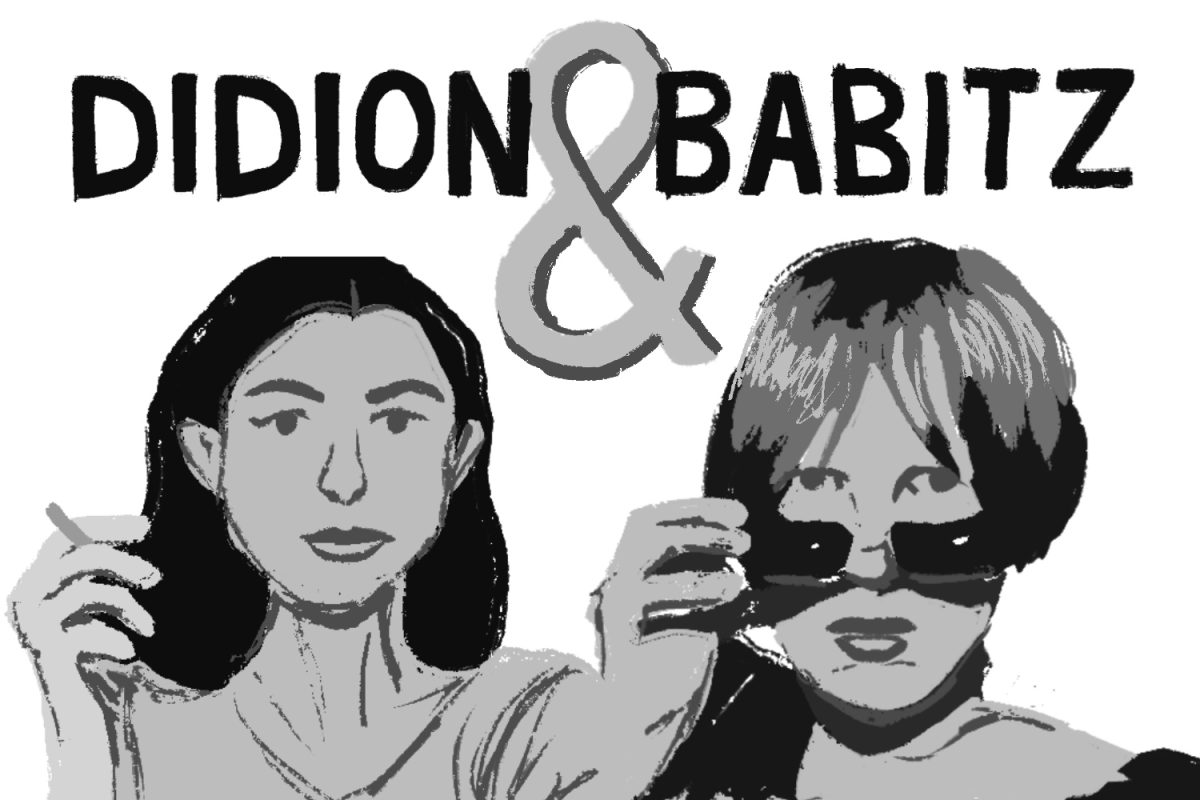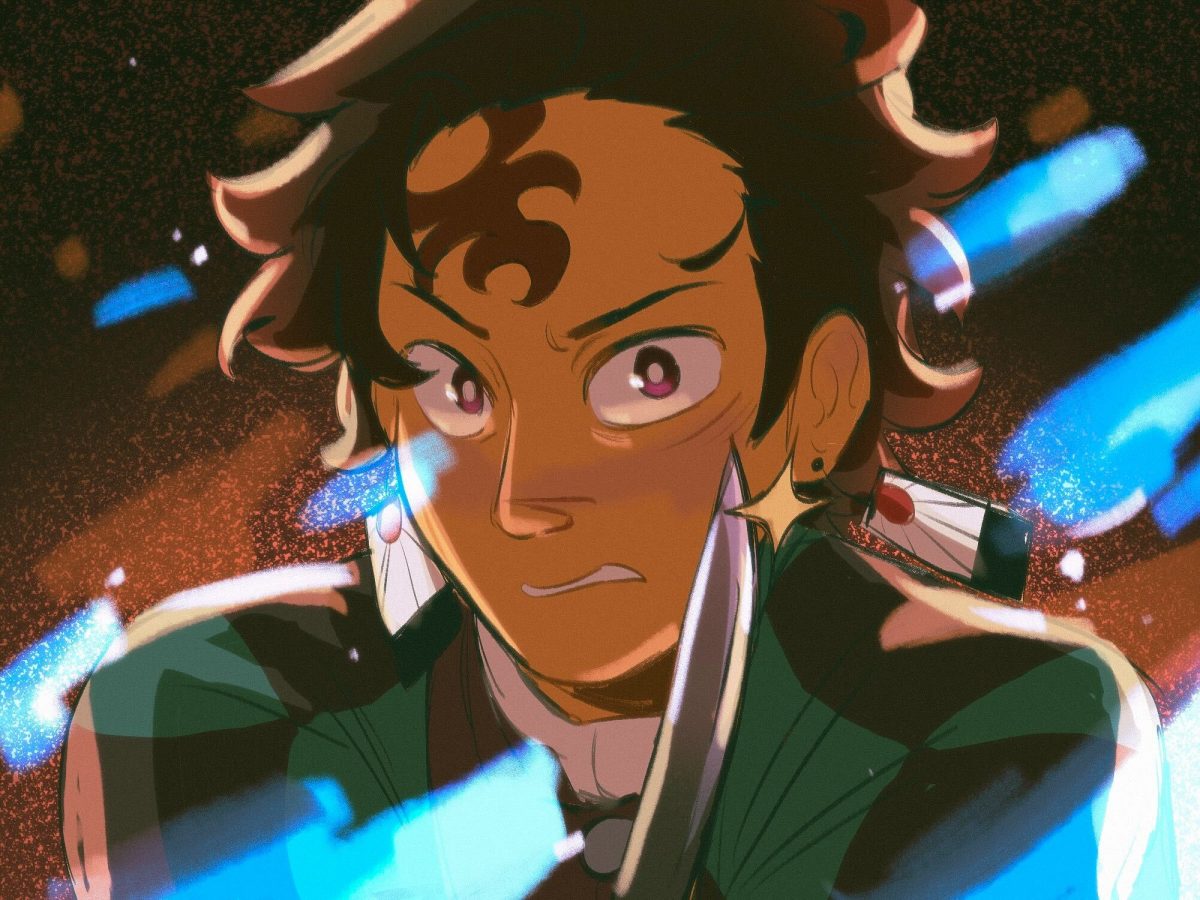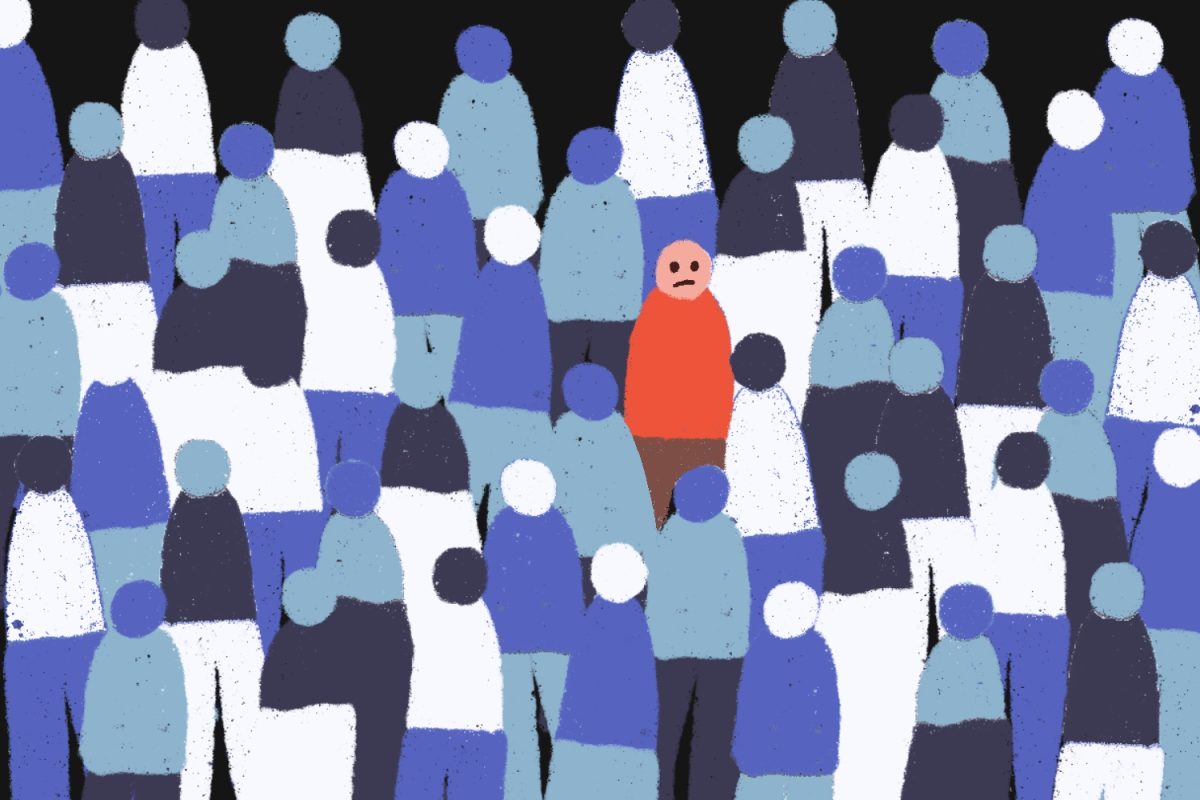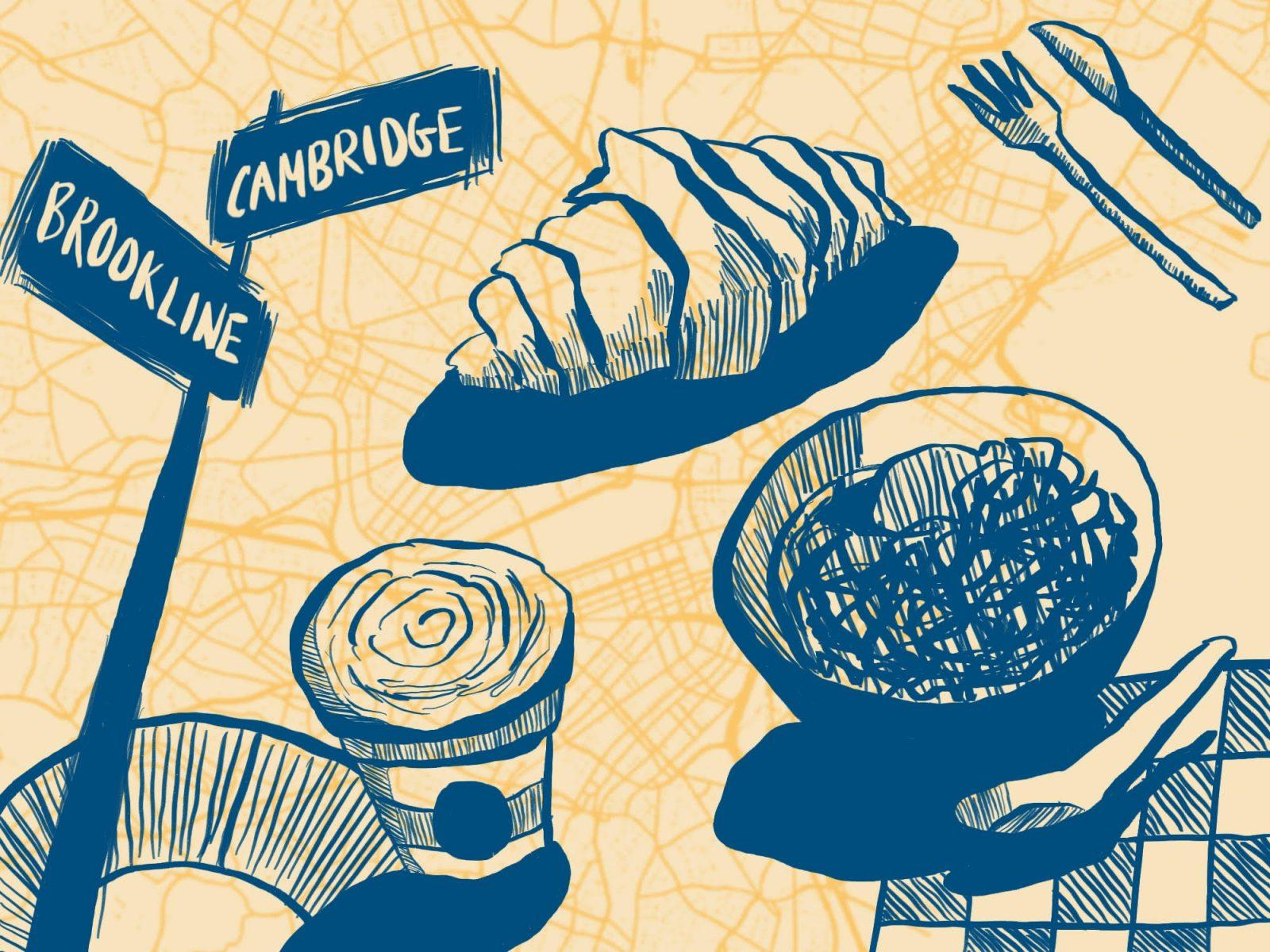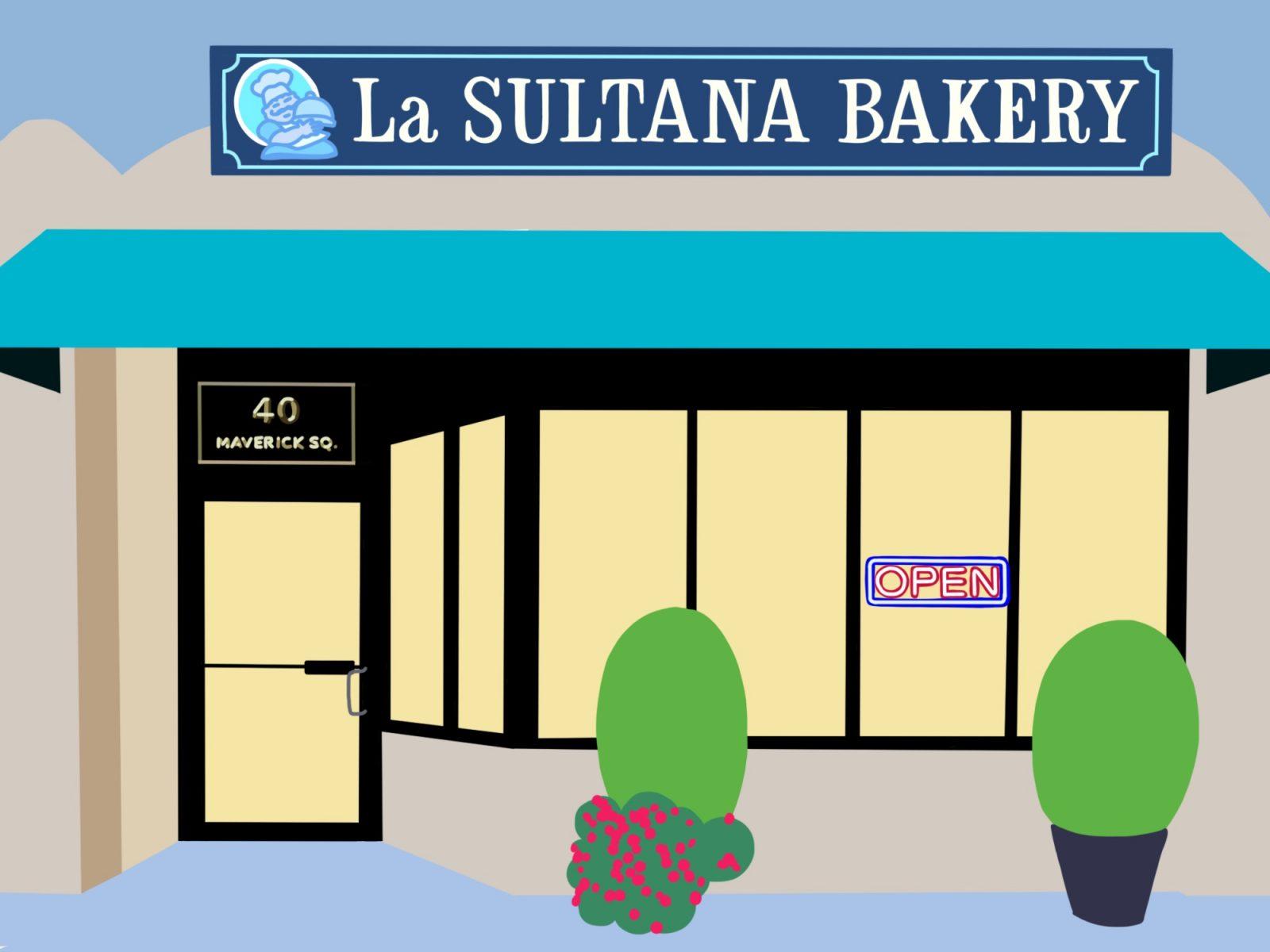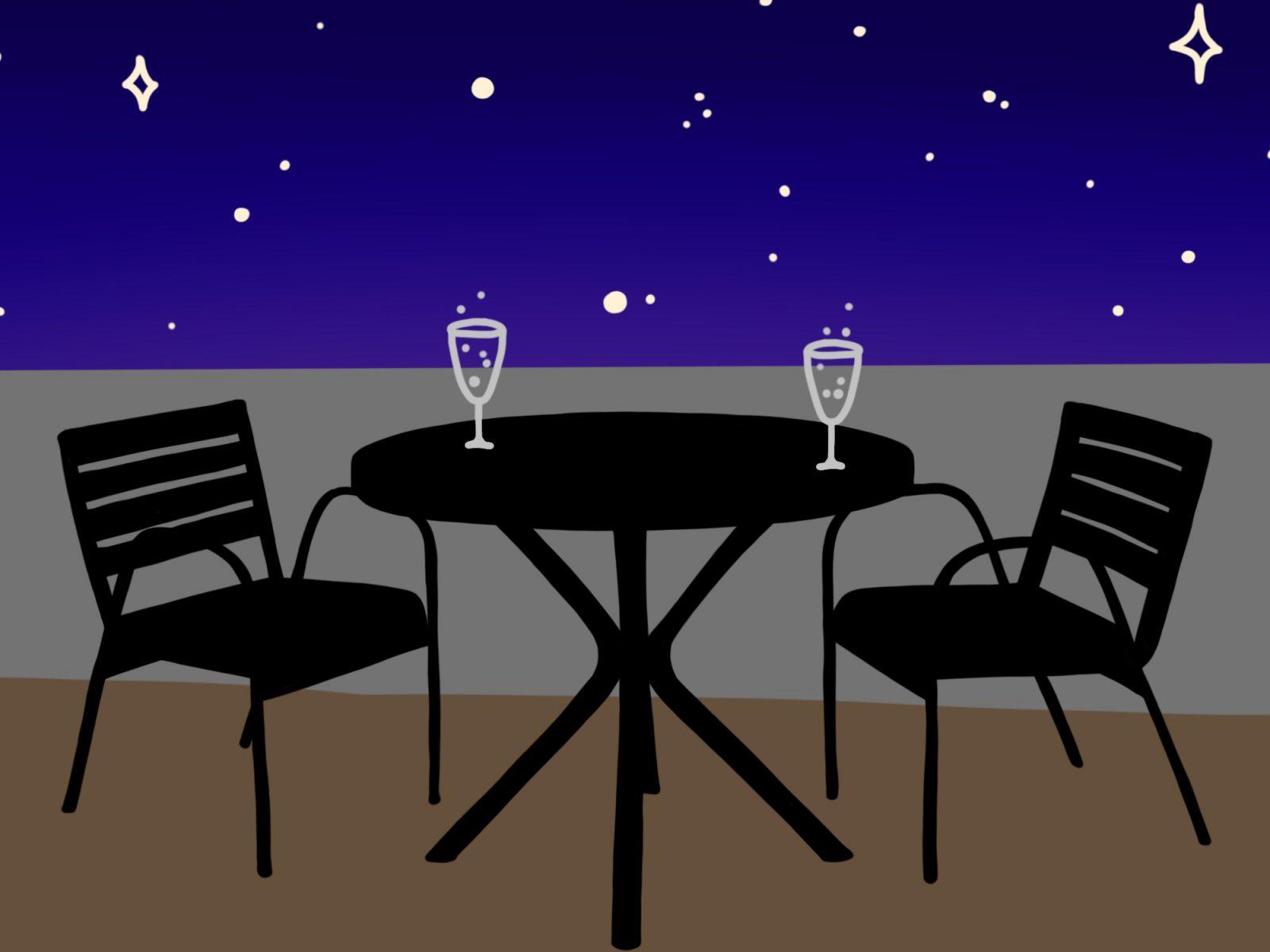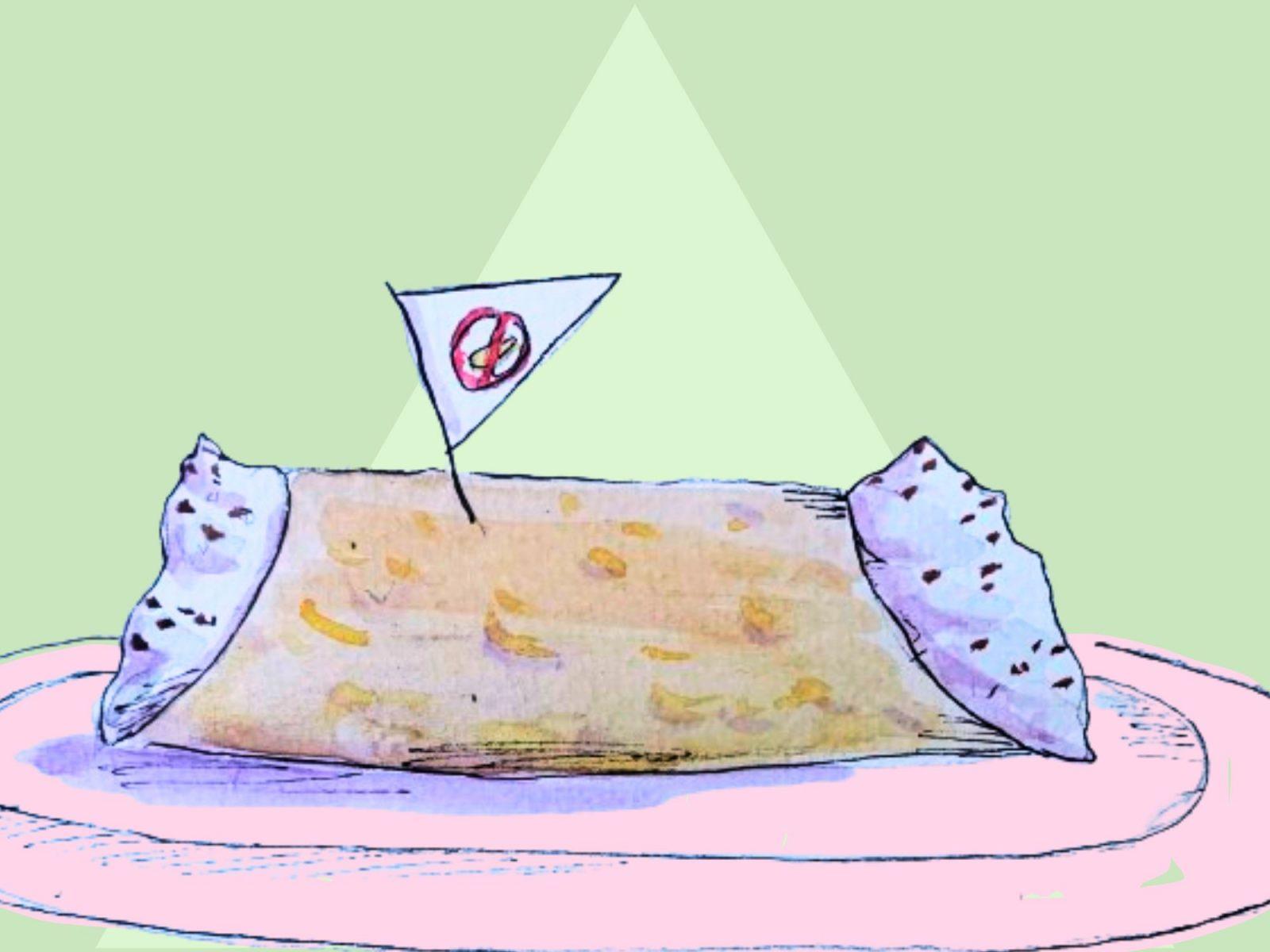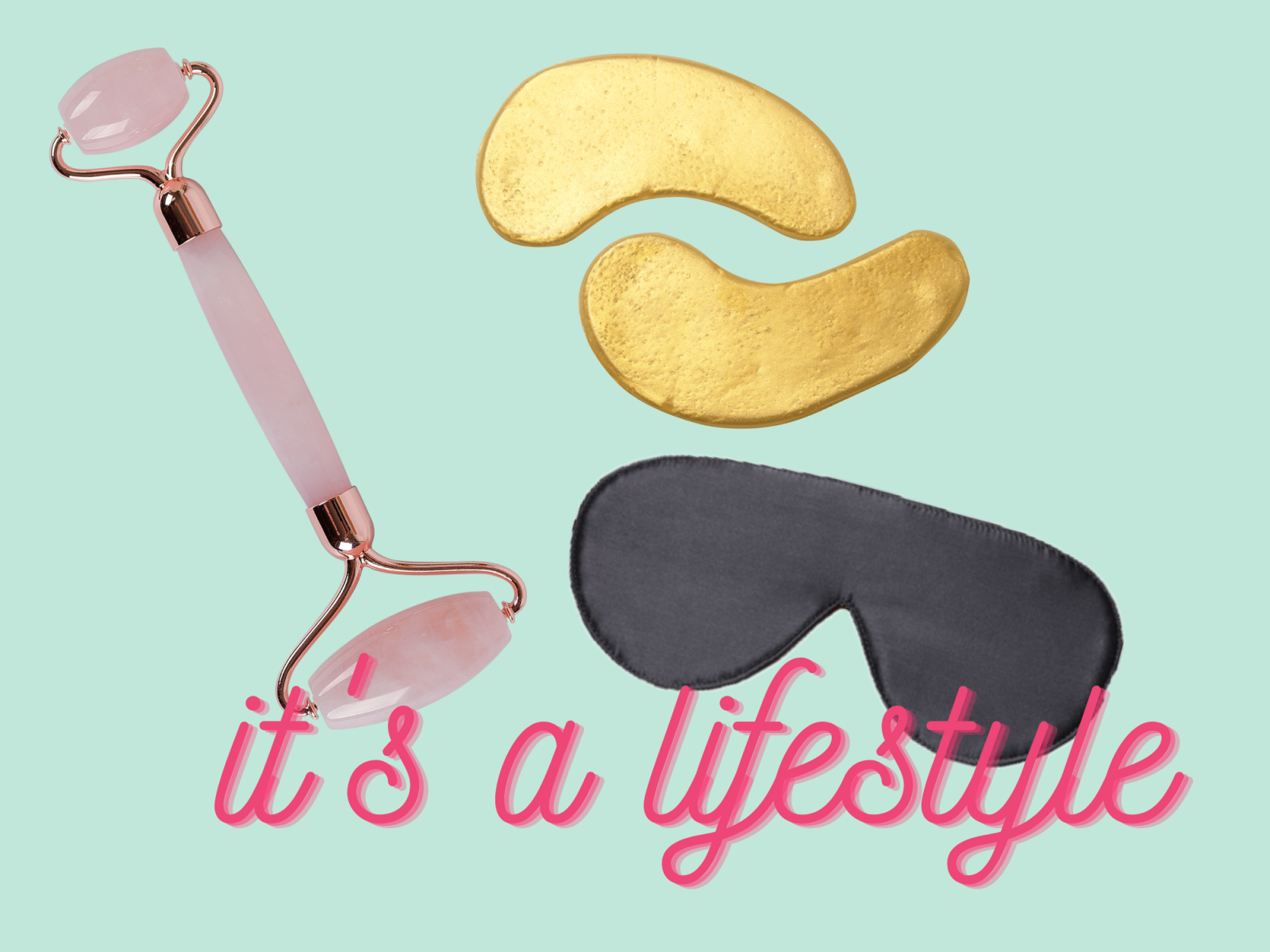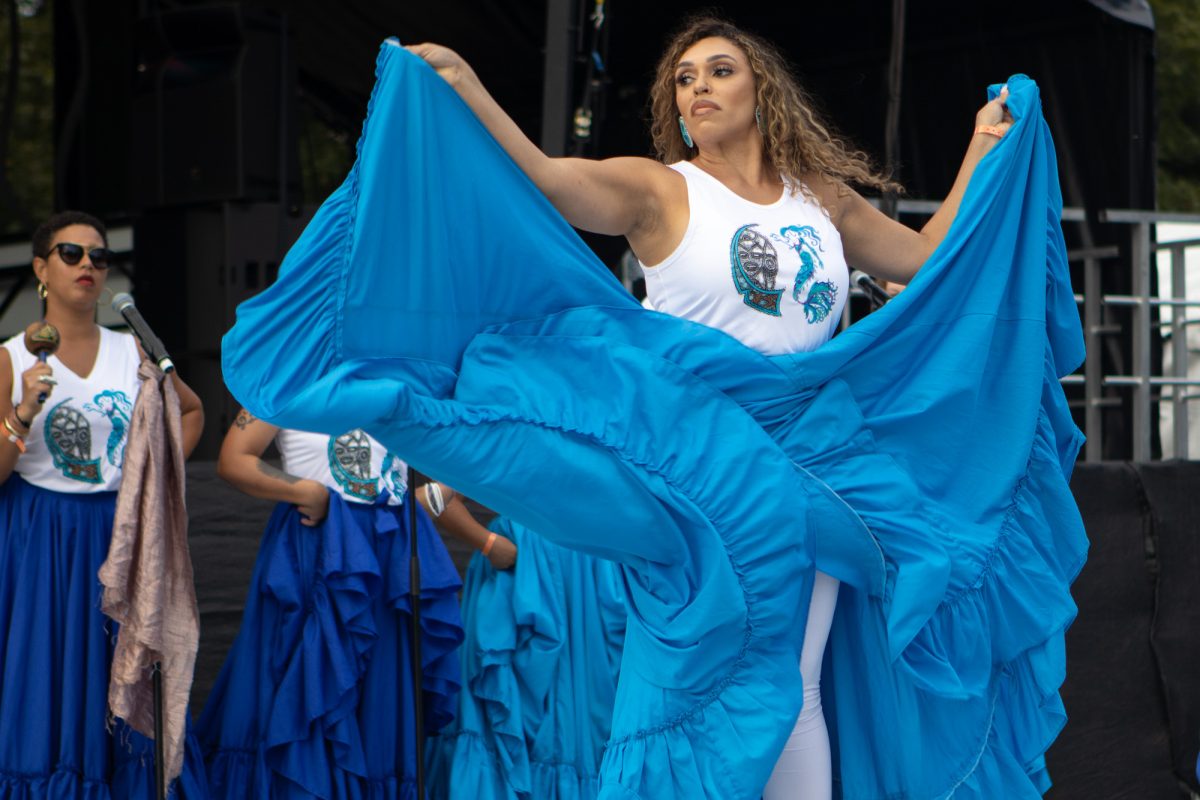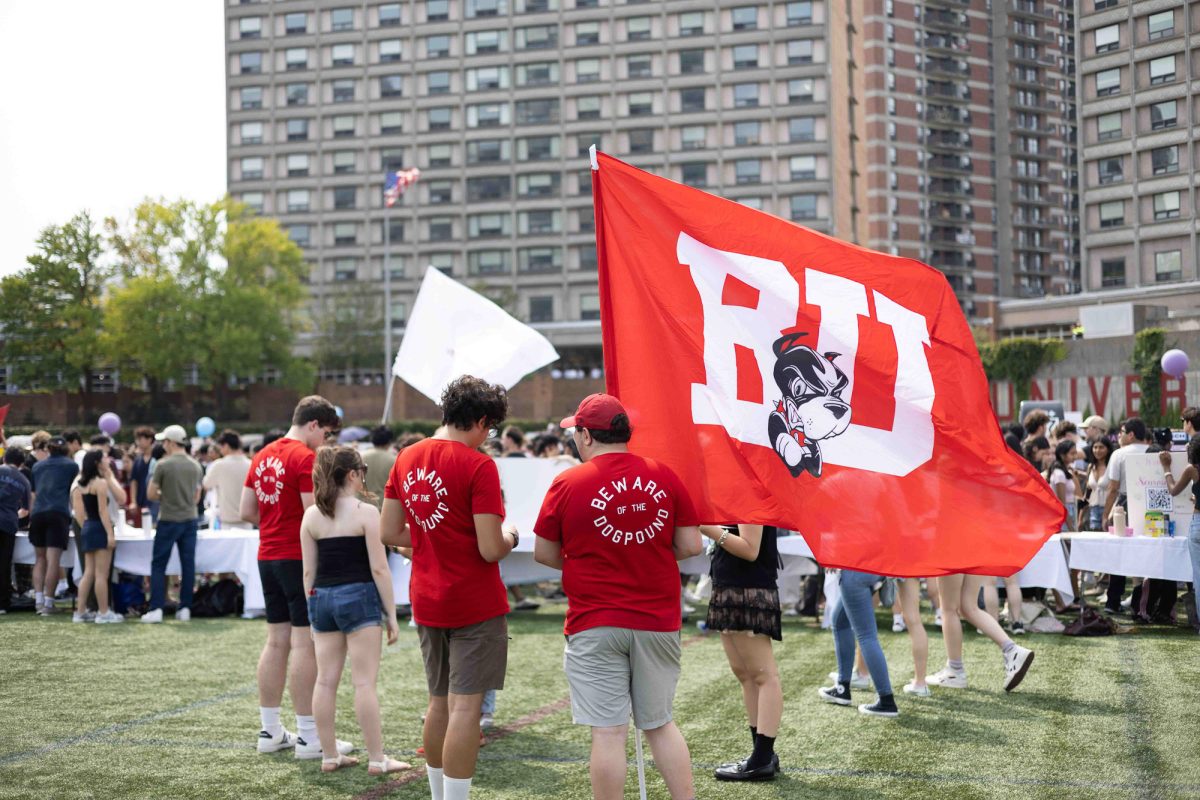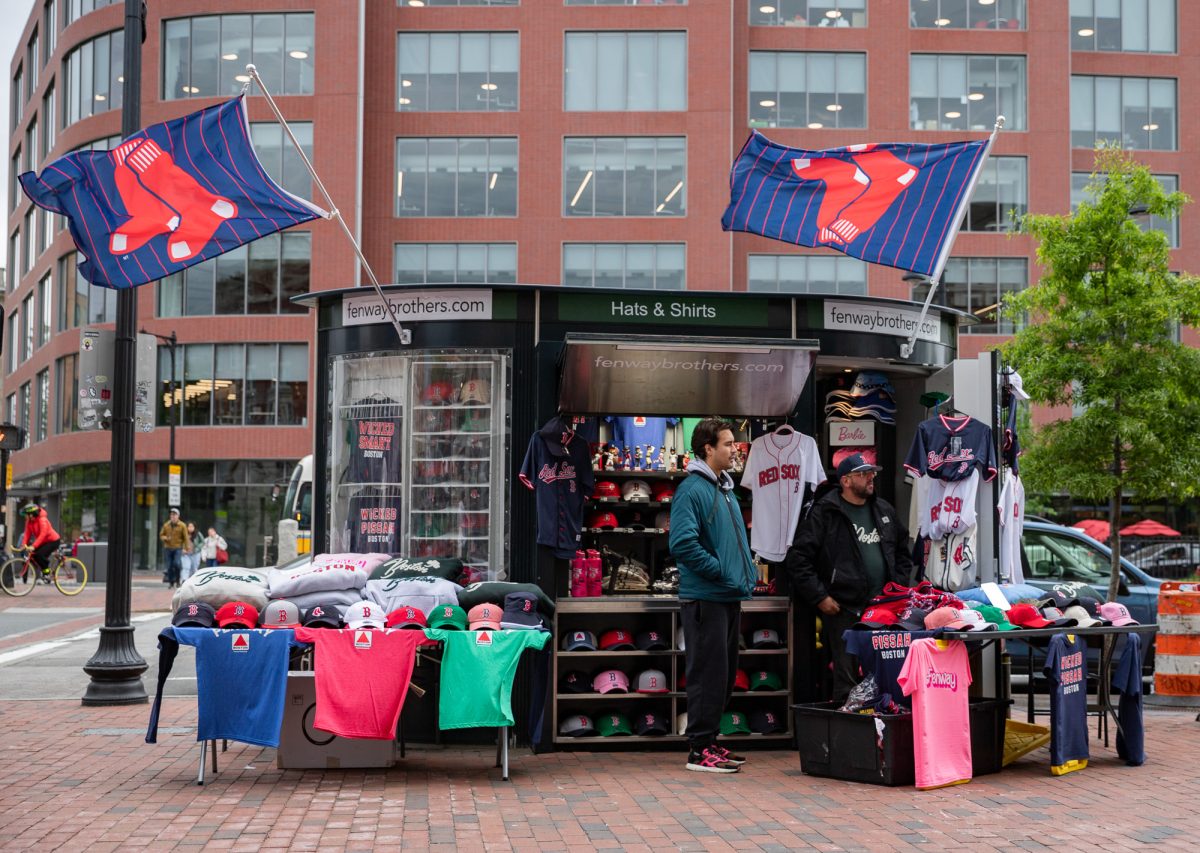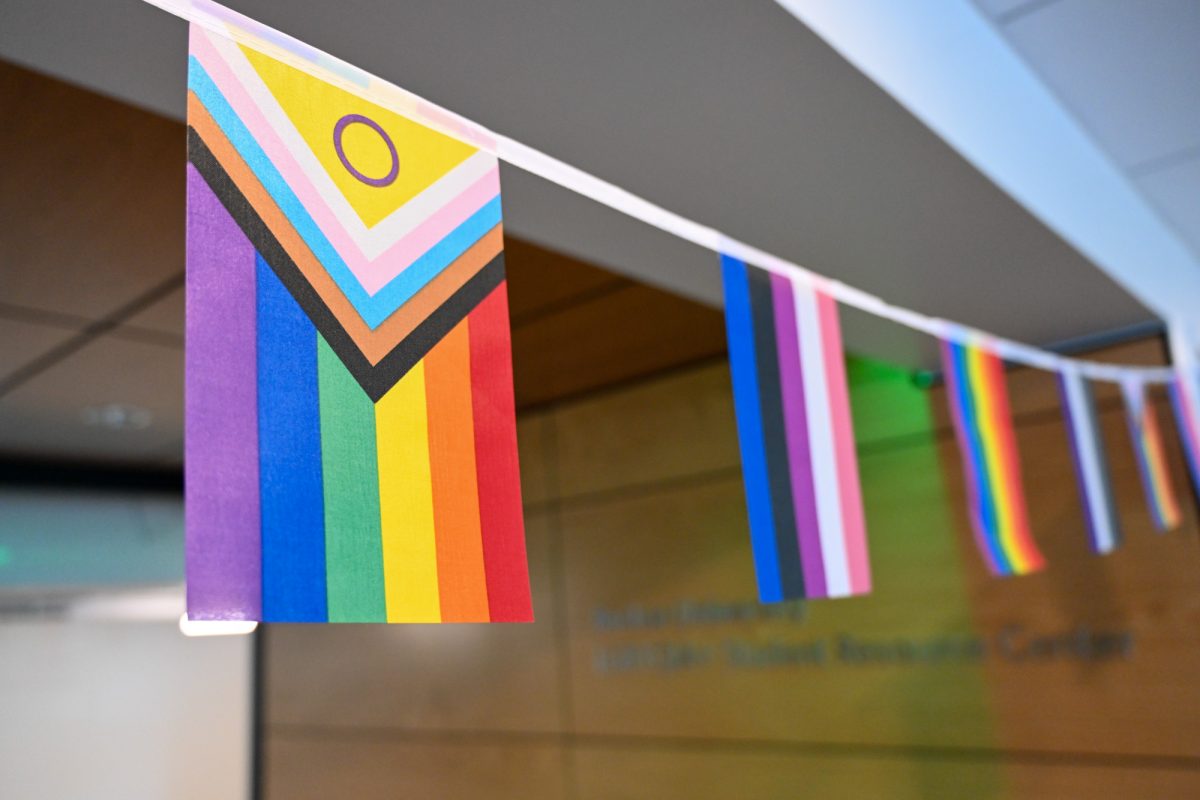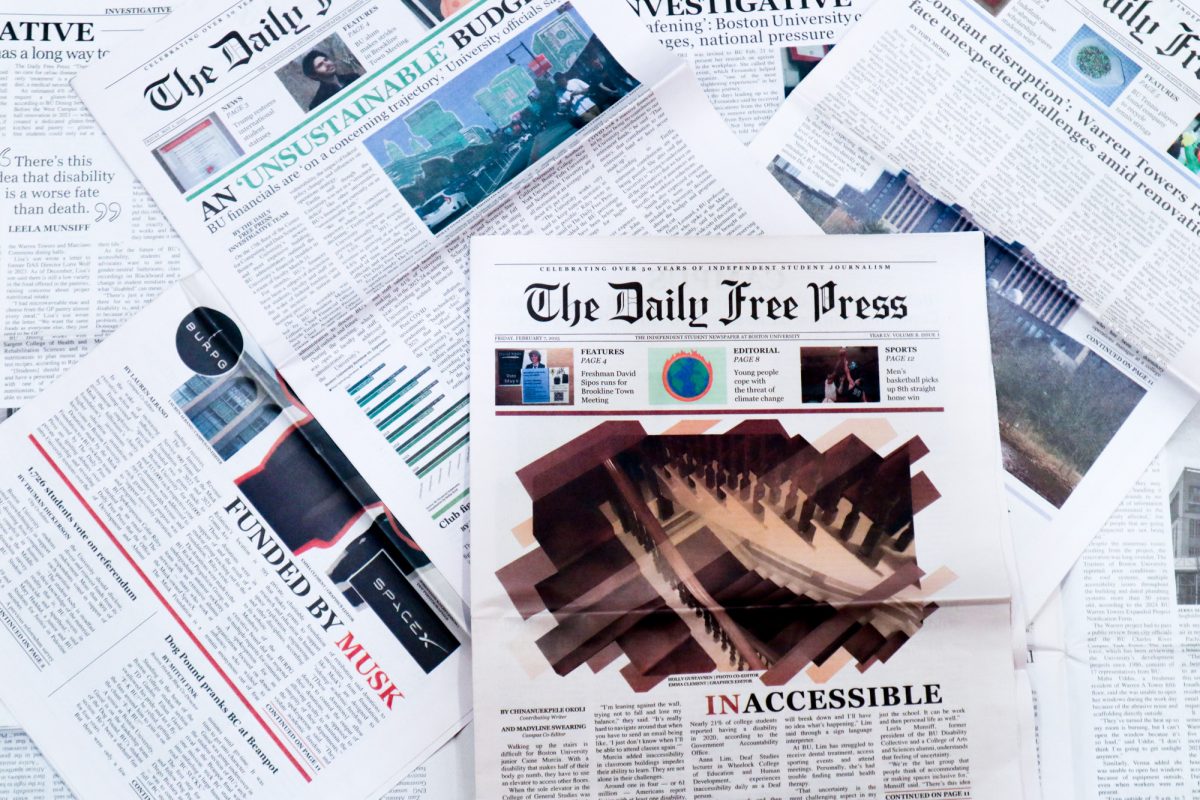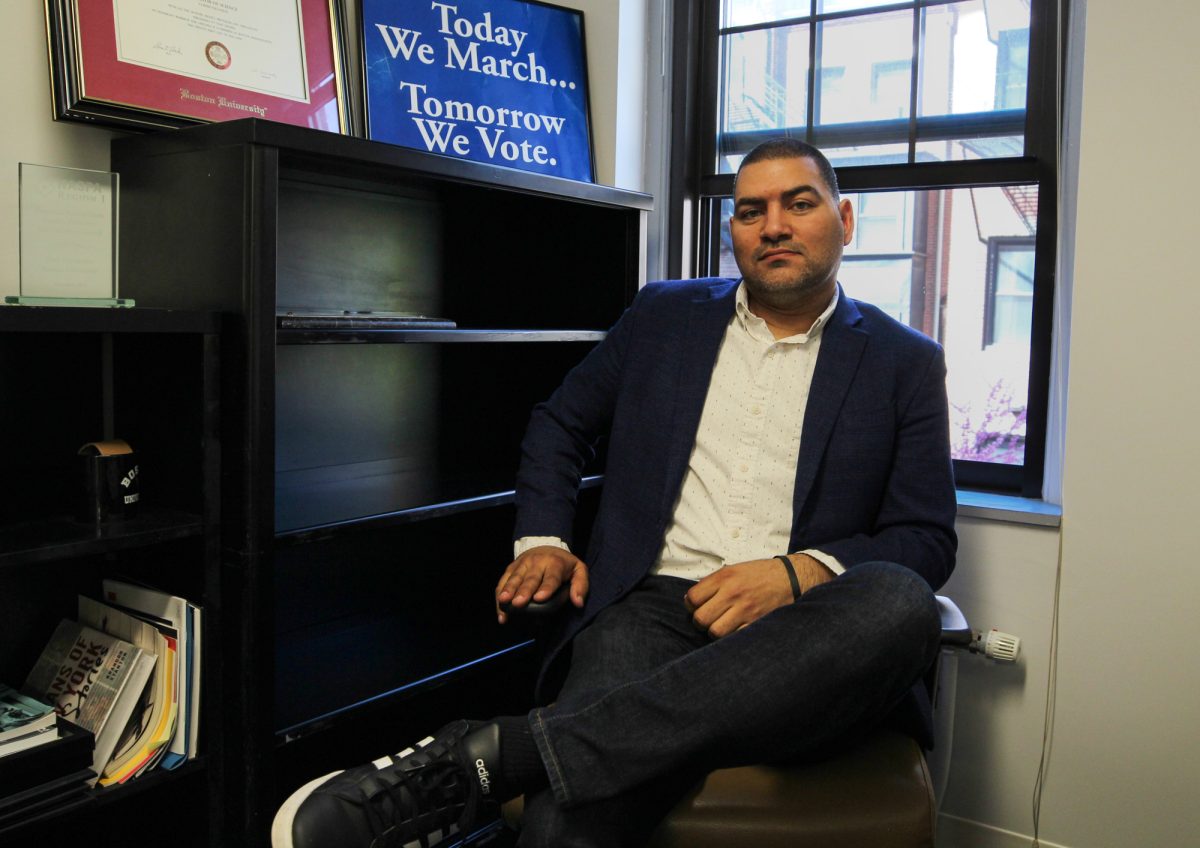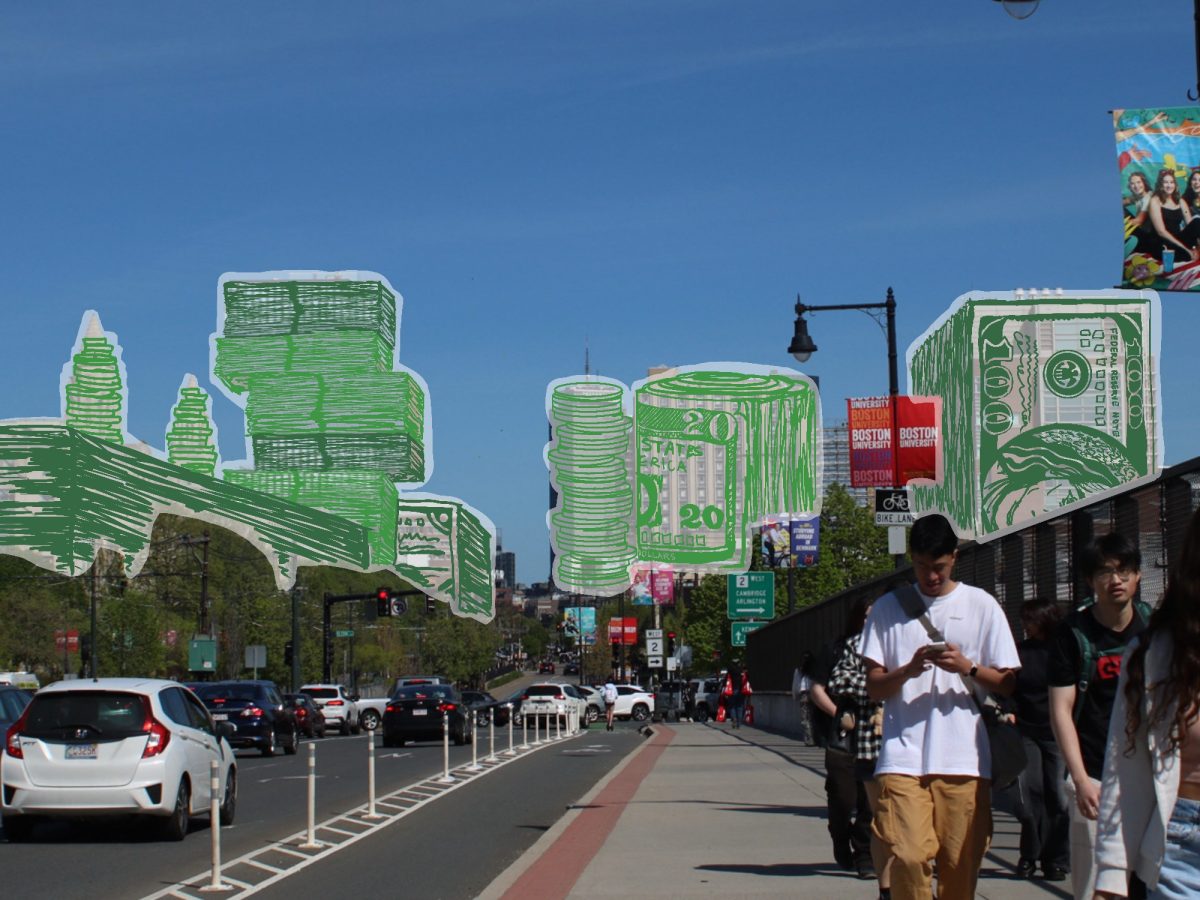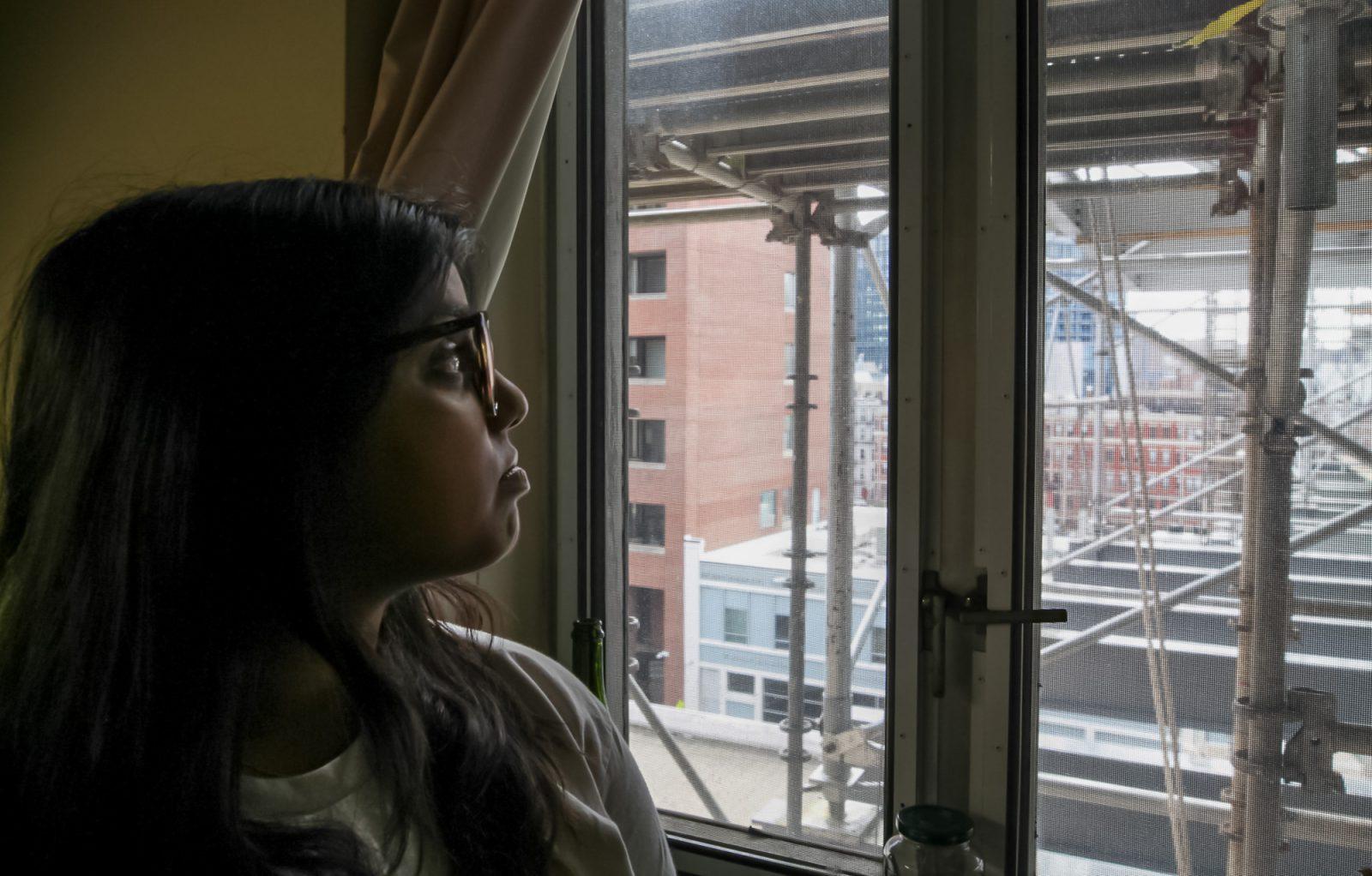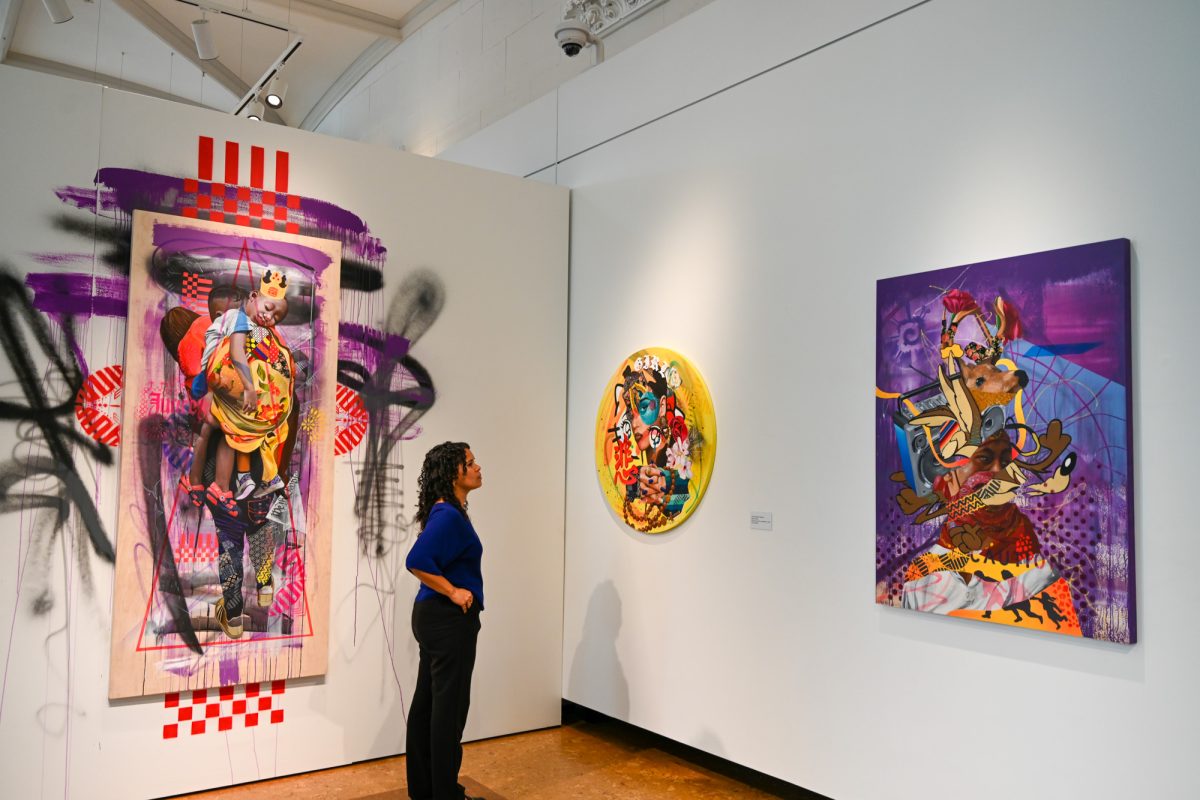The sounds of chirping birds and rustling trees echoed through Calderwood Hall as students and professionals settled into their seats. On the Isabella Stewart Gardner Museum’s agenda for Sept. 25 was the panel “The Larger Landscape Conversation: Museum Landscapes.”
Every fourth Thursday in March and September, the Gardner Museum hosts conversations with the nation’s leading experts in various areas of landscape.
September’s panel explored how museum landscaping is crucial to creating spaces that reflect communities’ needs and cultural values while remaining functional, impactful and accessible.
“It’s about being a site for discourse with leading voices in the field … [and] really opening up people’s understanding of what the implications of landscape architecture are,” Angela Lombardi, the museum’s director of public programs, said.
The museum’s Ruettgers Curator of Landscape Charles Waldheim welcomed landscape architects Sara Zewde, Julia Czerniak and Laurie Olin to discuss the ways landscapes connect institutions with the values of their surrounding communities.
In facilitating the conversation, Waldheim led with the museum’s unique commitment to landscape architecture, which goes beyond aesthetics.
A recent exhibit at the Gardner — “Ming Fay: Edge of the Garden” — collaborated with the Pao Arts Center to encourage visitors to explore Chinatown’s gardens.
“Talking about green spaces in Chinatown and all of the green spaces that link between Chinatown and the Gardner … that involves a lot of community engagement with public gardens, with trustees, with various green spaces in the city,” Lombardi said.
As curator, Waldheim has been open about his priority to collaborate with Indigenous voices to ensure their histories and knowledge of the land are represented throughout the Gardner’s work.
Sara Zewde echoed the importance of Indigenous collaboration in bridging these relationships, citing the efforts of her firm from 2021. In her high-profile commission of the Dia Beacon Museum, conversations with local tribes centered not on re-ownership of the land, but on stewardship — caring for landscapes as they evolve alongside their communities.
Waldheim noted museums have not always operated with the level of awareness of the cultural needs that surround them. He referred to a recent New York Times article illustrating the ways museums’ missions have shifted in recent decades.
Laurie Olin, a partner of the landscaping design firm OLIN, reflected on Waldheim’s point, sharing that museums now see land as art while landscape architects have been trying to reach that acknowledgment for decades.
In order to explain these changes, Zewde linked this evolution to the social and political developments in 2020. Museums wanted to change their approach and looked to landscape architects, such as herself, to help, she said.
Julia Czerniak, dean of the School of Architecture and Planning at the University at Buffalo, emphasized the importance of landscape architecture during our modern era. She pointed to what she described as today’s “polycrisis” of climate change, social inequality and economic instability.
“I think that landscape architecture is the discipline and profession of the 21st Century,” she said.
The practice, Czerniak added, can uniquely connect people across divides while also being generalist and place-specific.
The panel highlighted that the driving principles of institutions’ landscape architecture are meeting the historical and aesthetic needs of the places they surround. Waldheim said museums are responsible for balancing such factors.
“We have to keep pace and be more of an educational institution, more of a co-curation institution with the communities that surround us,” Waldheim said.
In response to an audience member’s question about how institutions consider the values and needs of individuals, Olin spoke about the free admission many museums in U.S. cities offer.
In connecting institutions with students, you create relationships between families and museums for life, Olin said.
“This is the environment of human beings,” he said. “We care about the world because we care about people, but our work is about people.”

